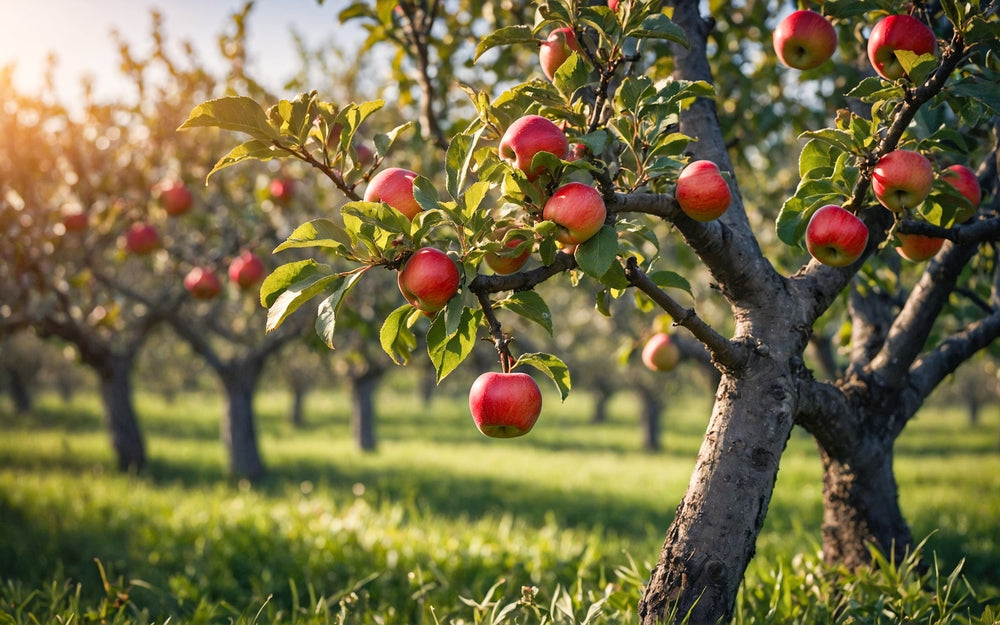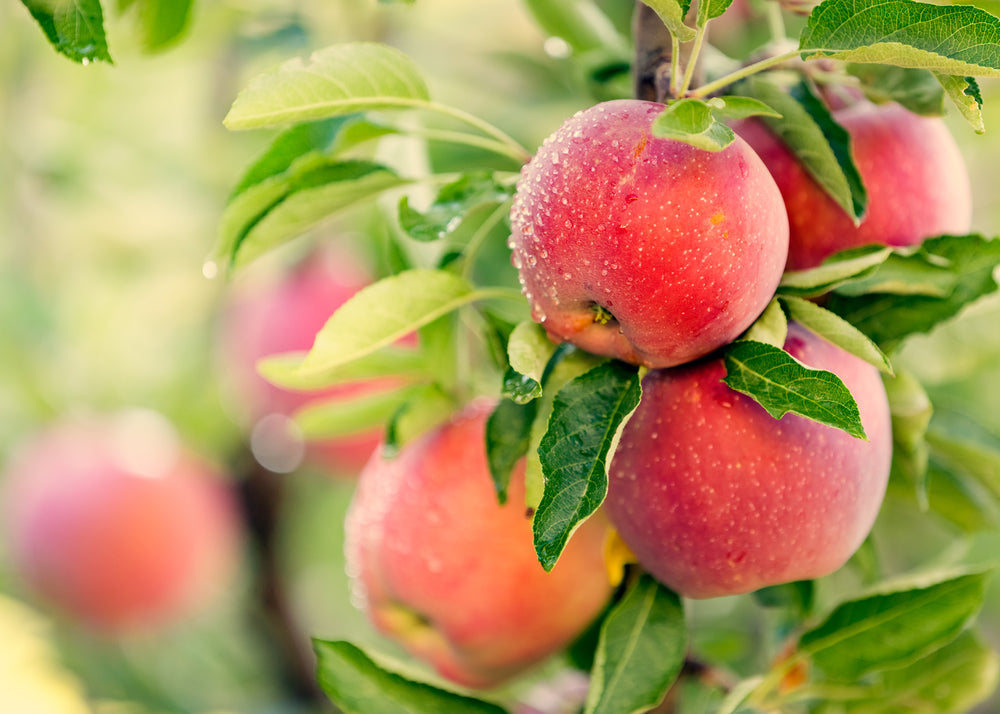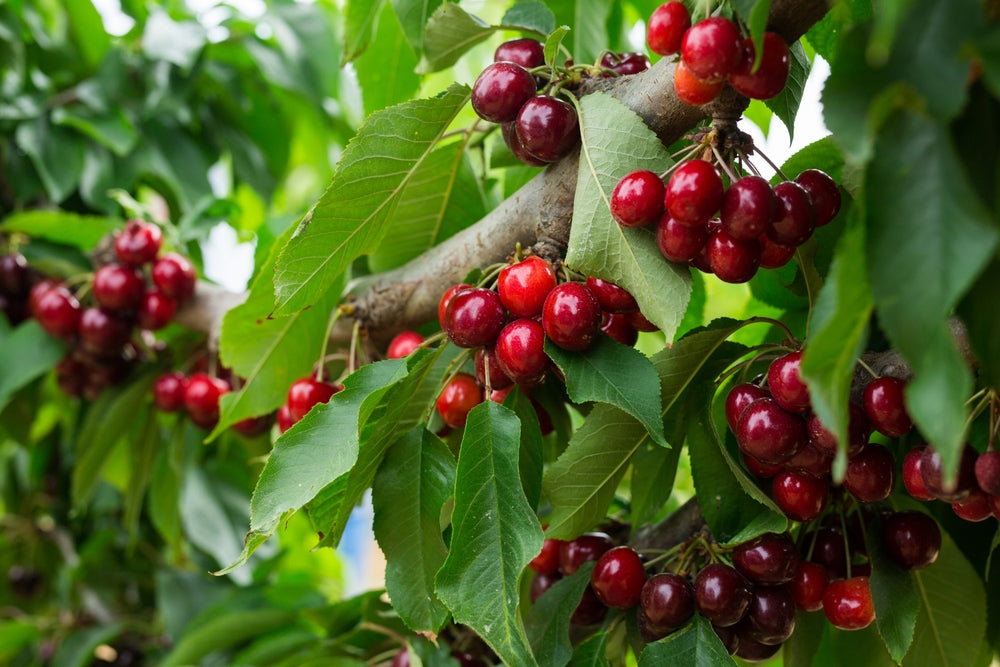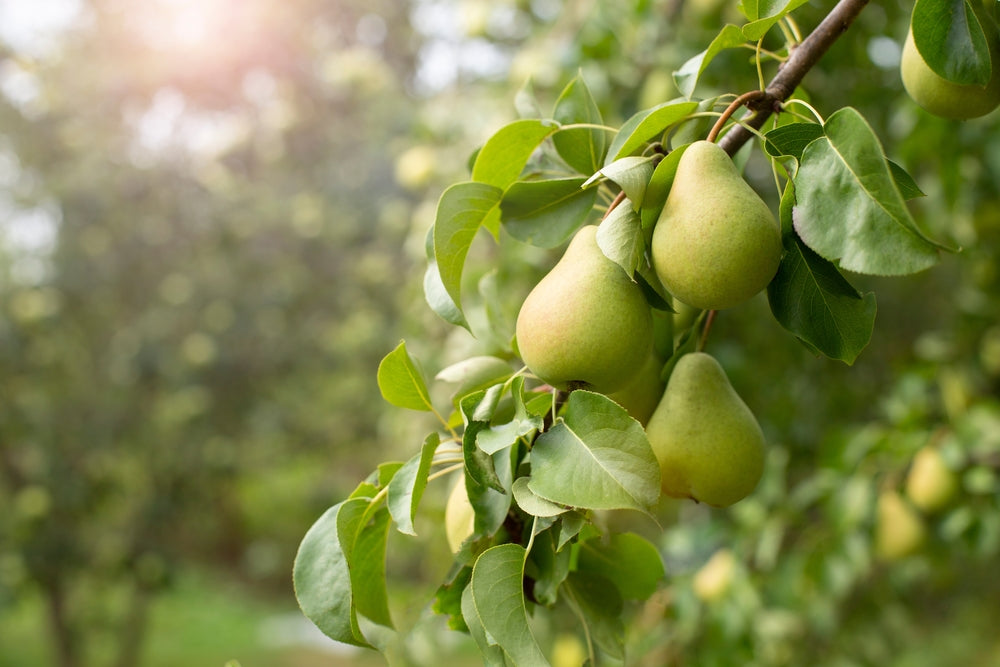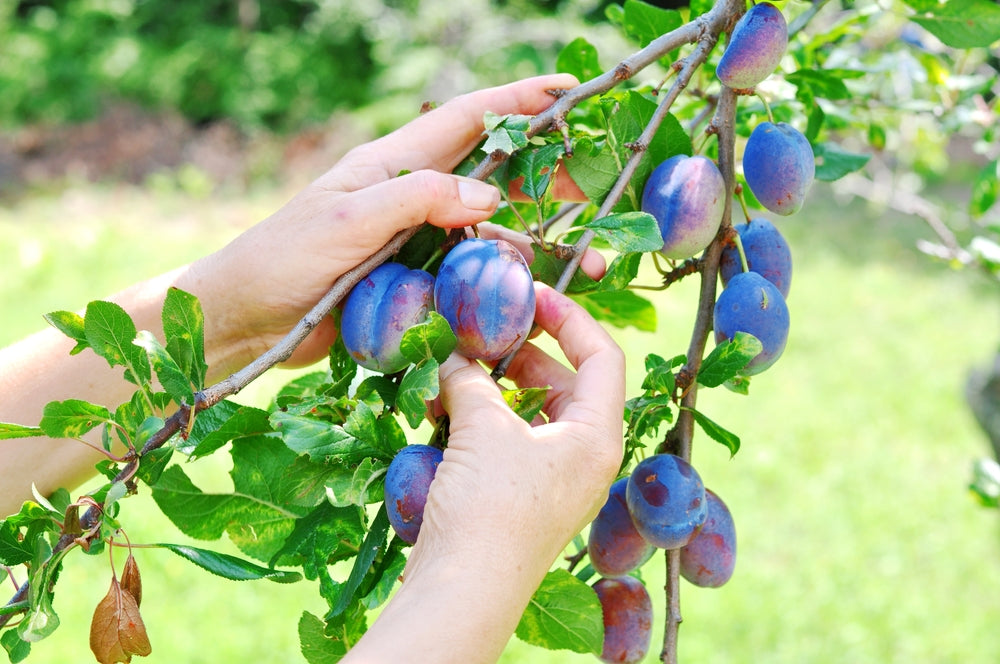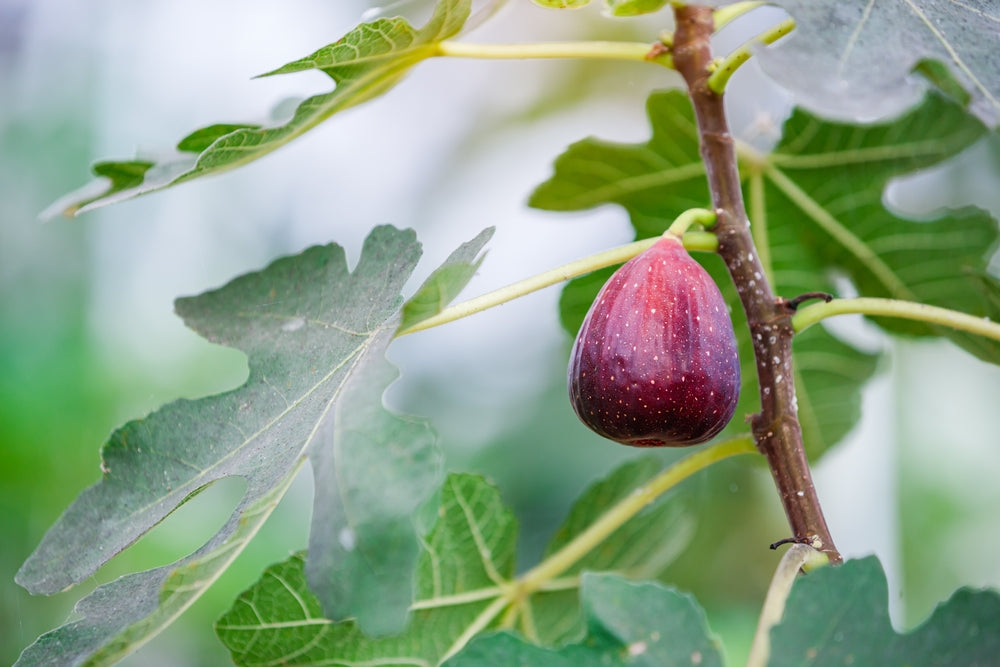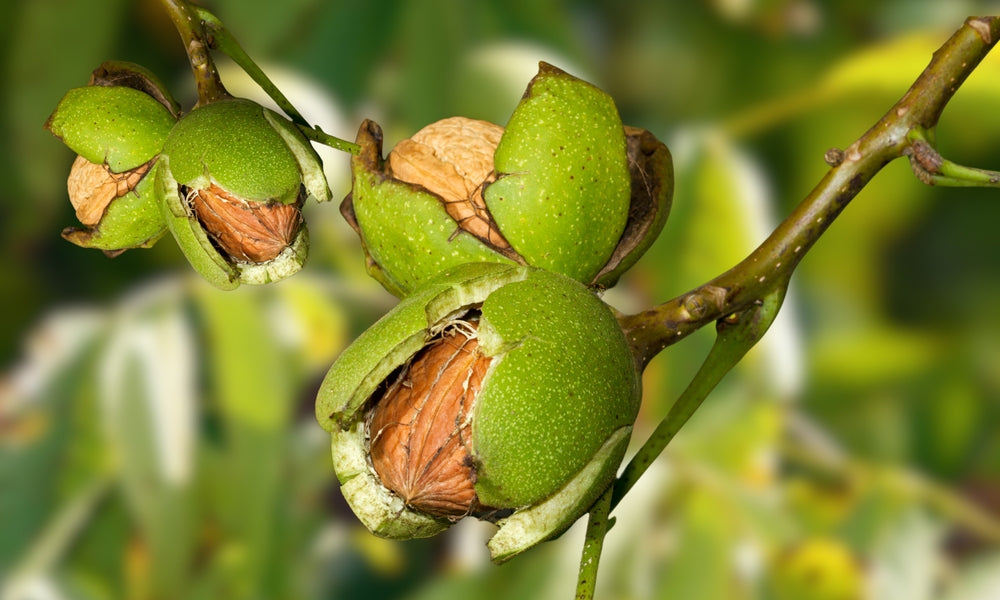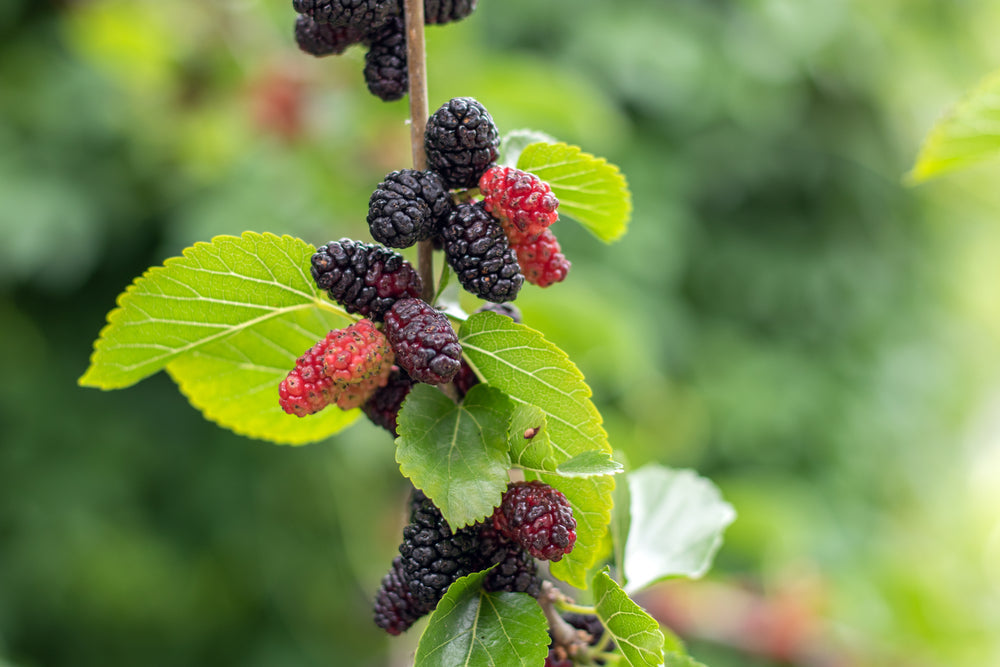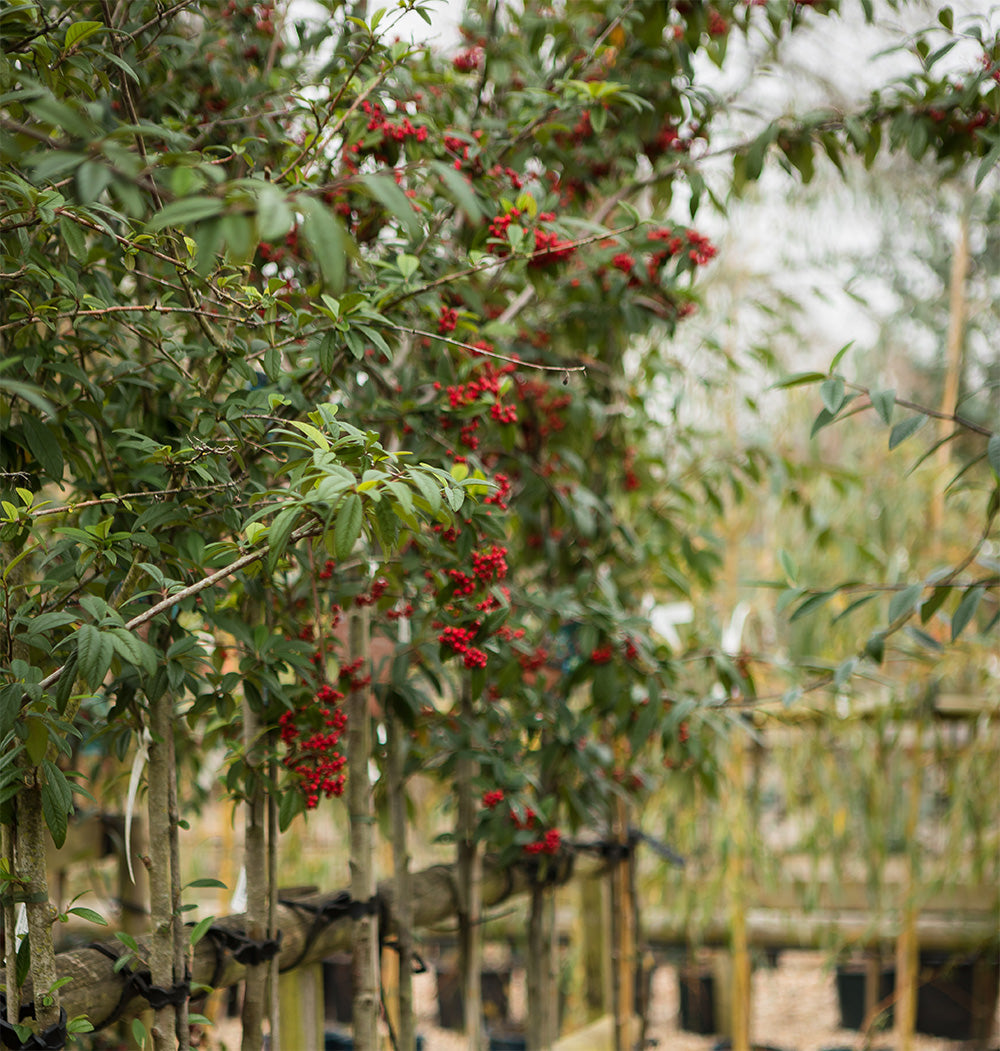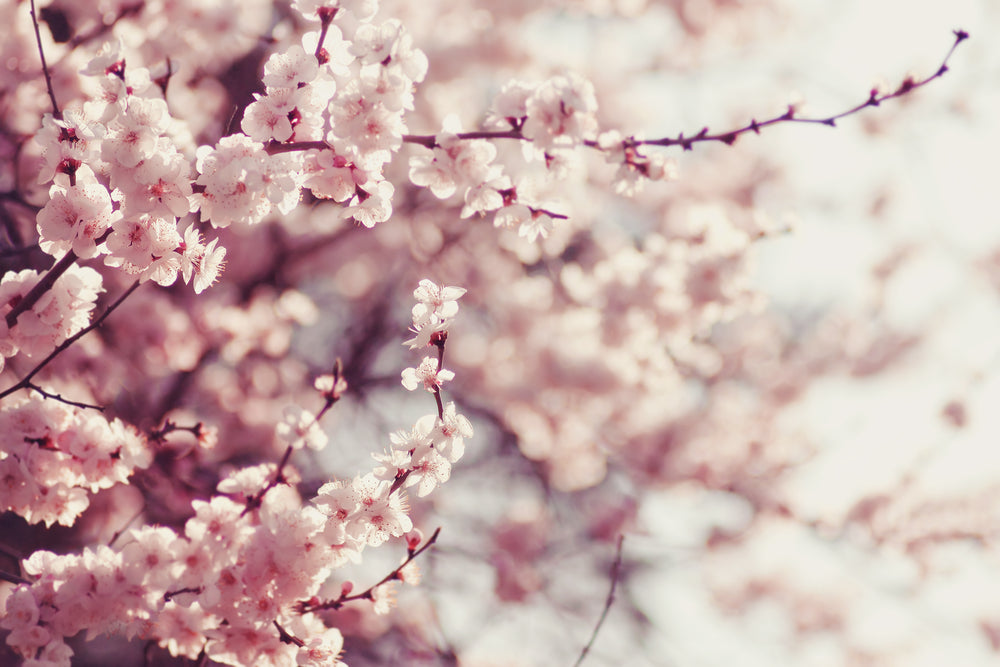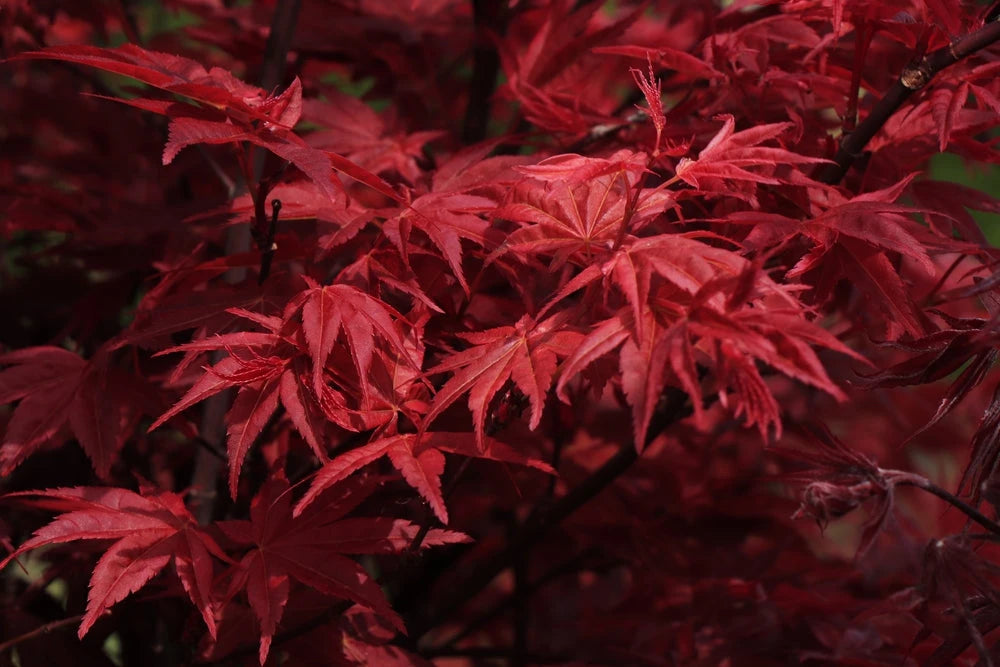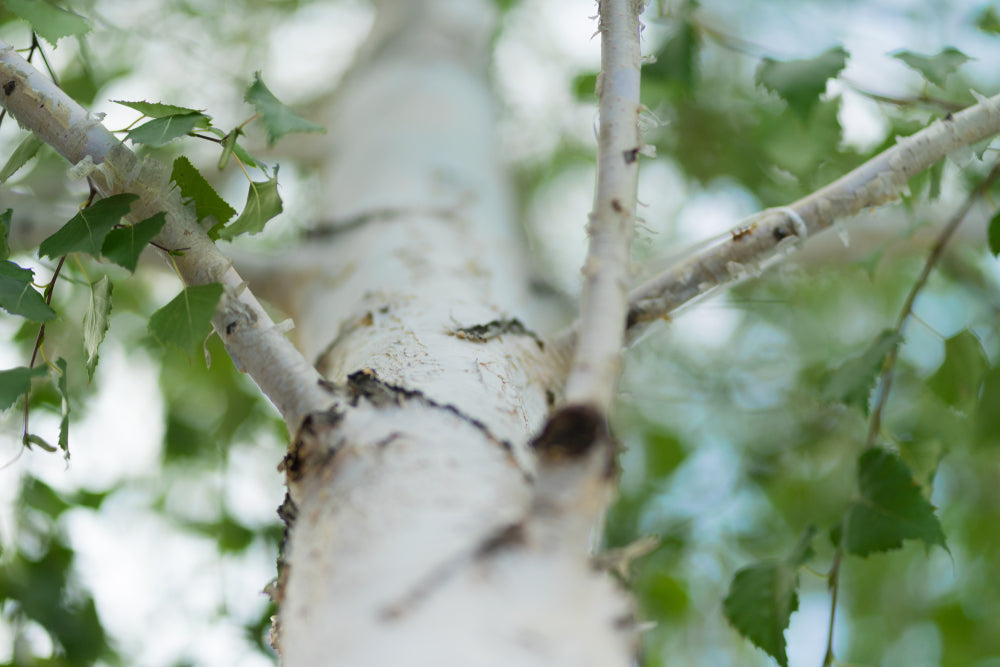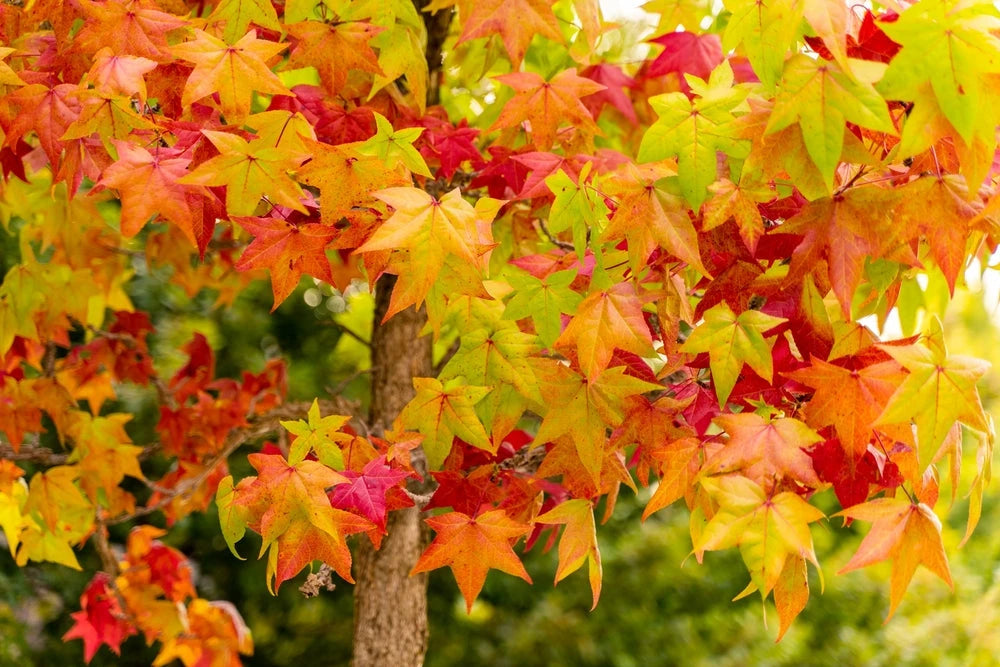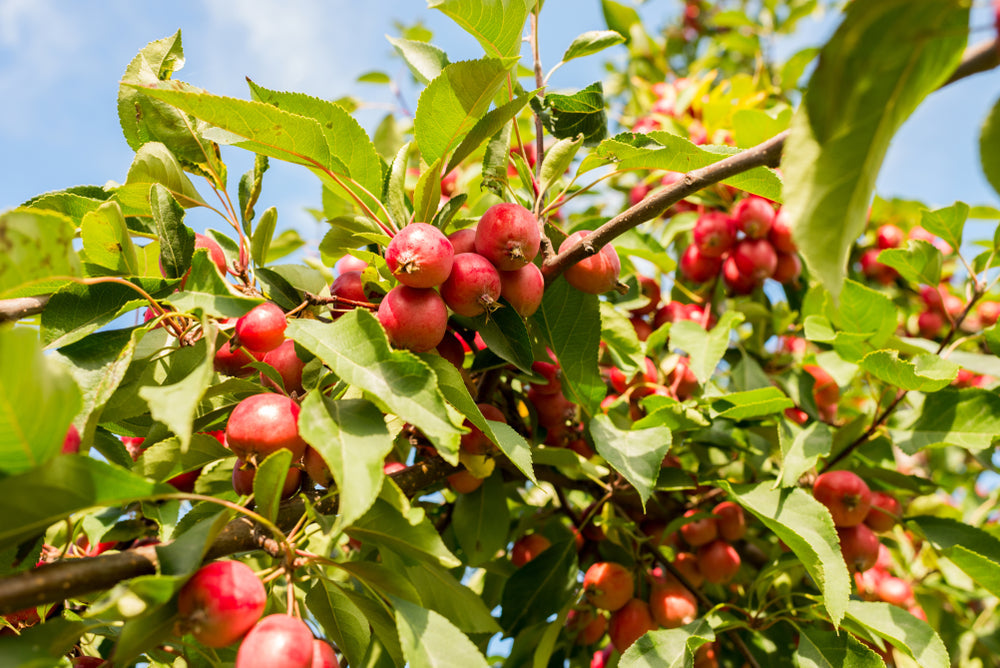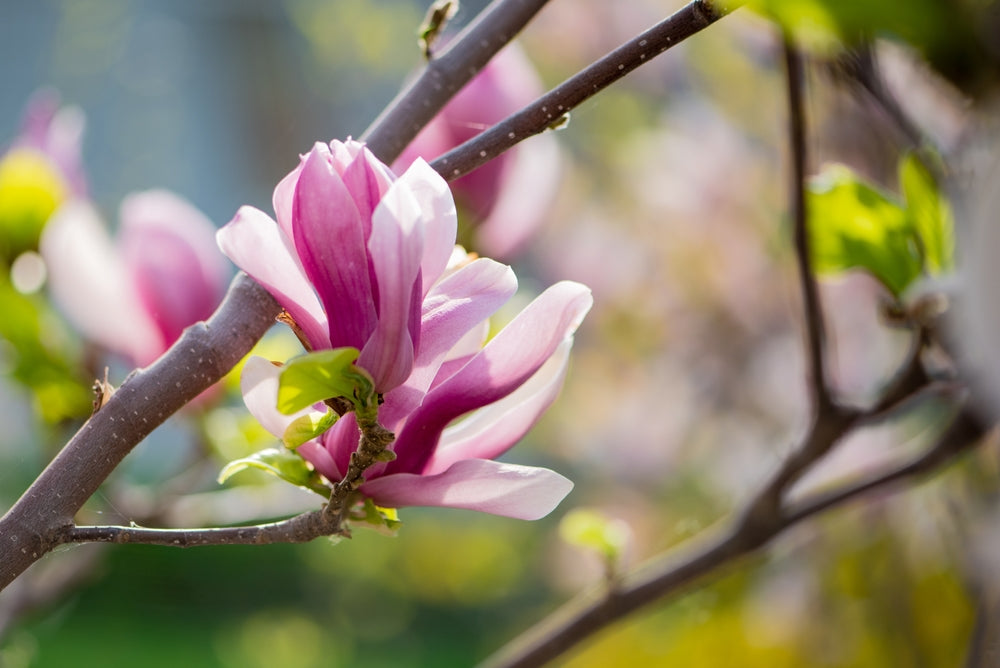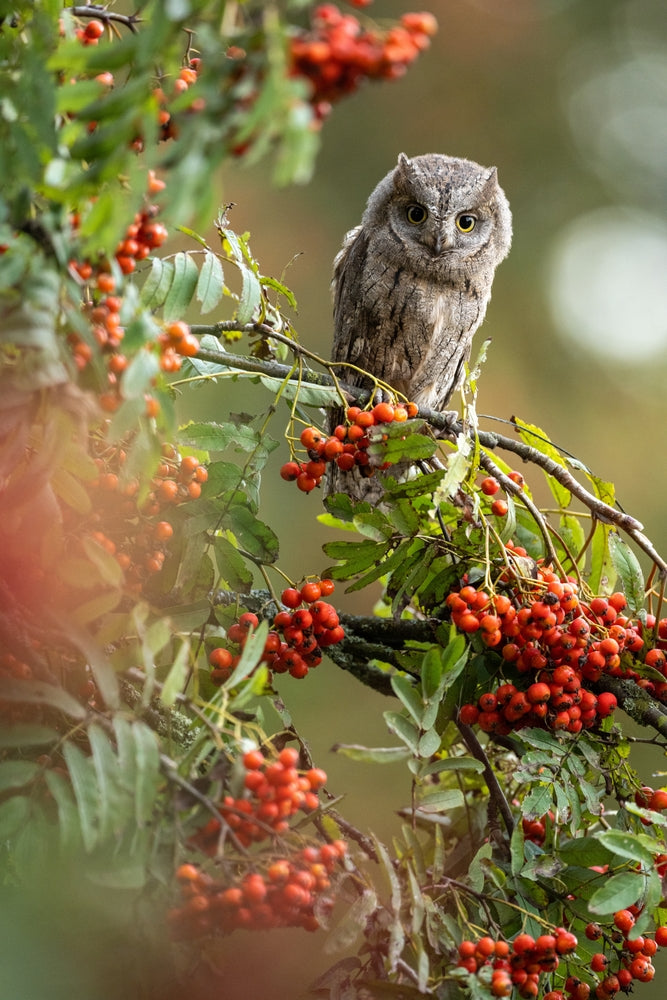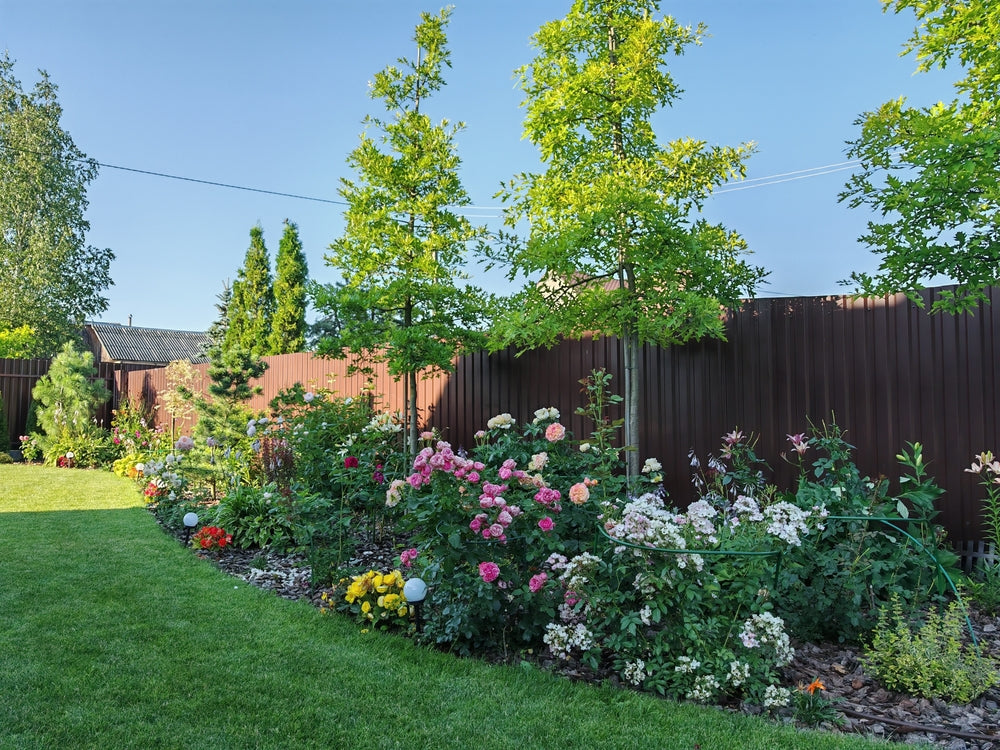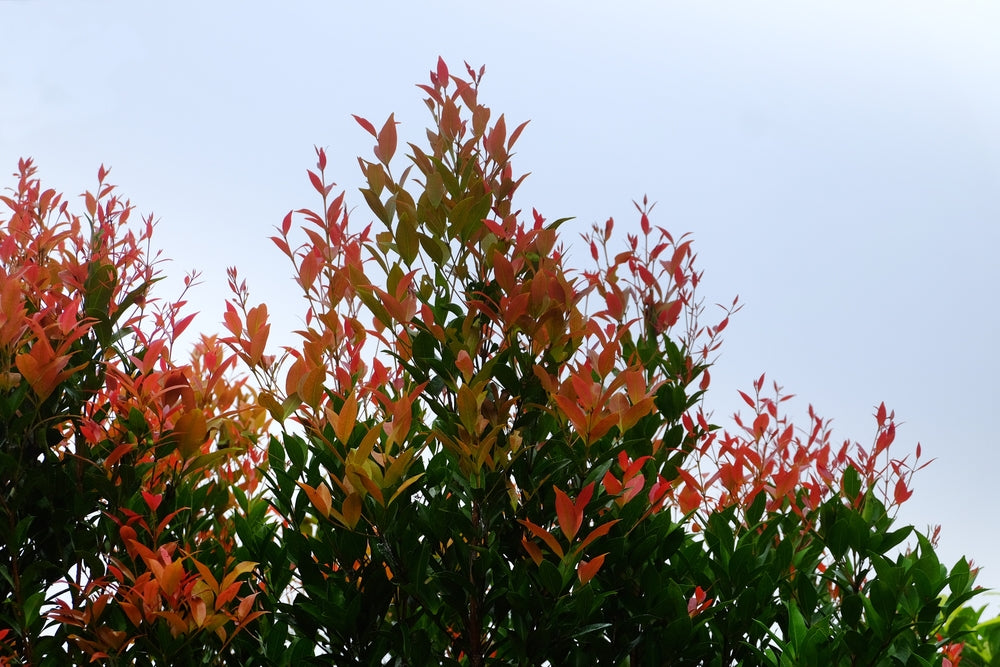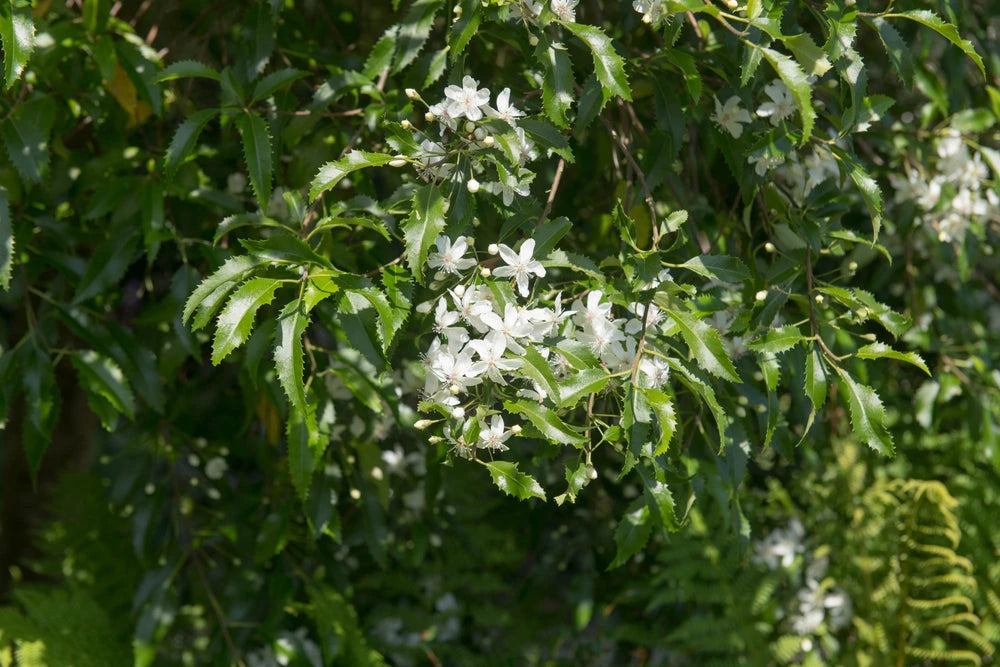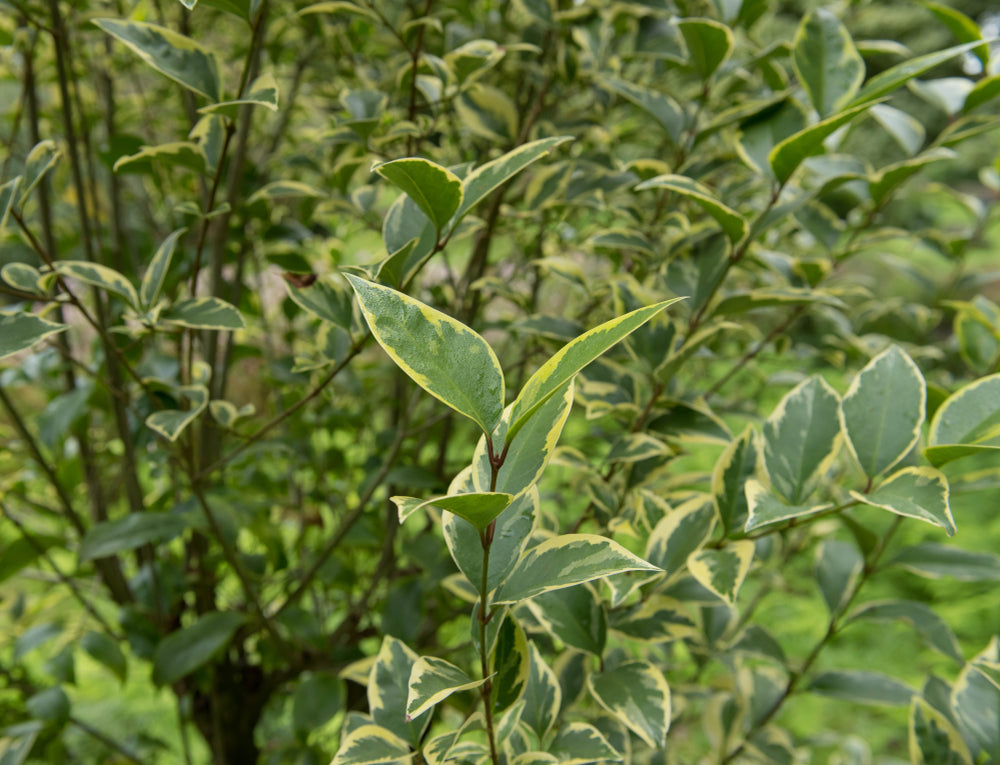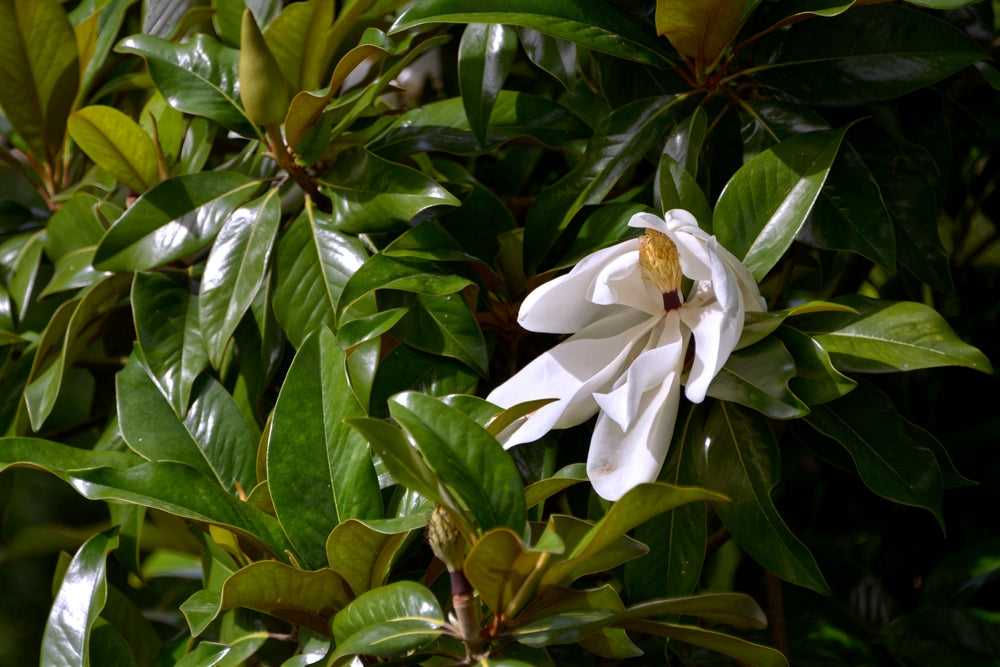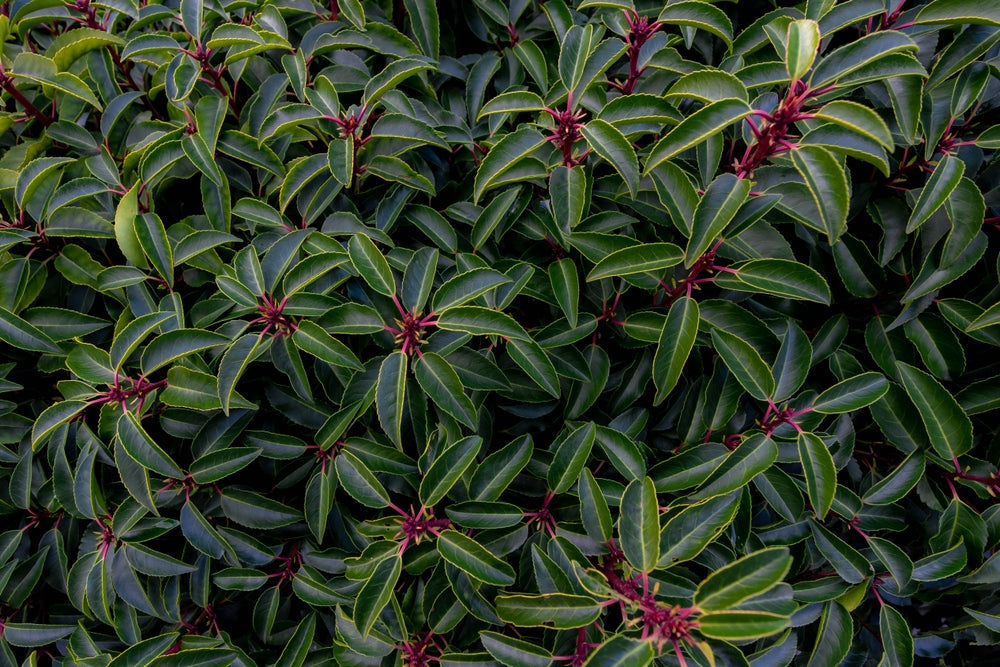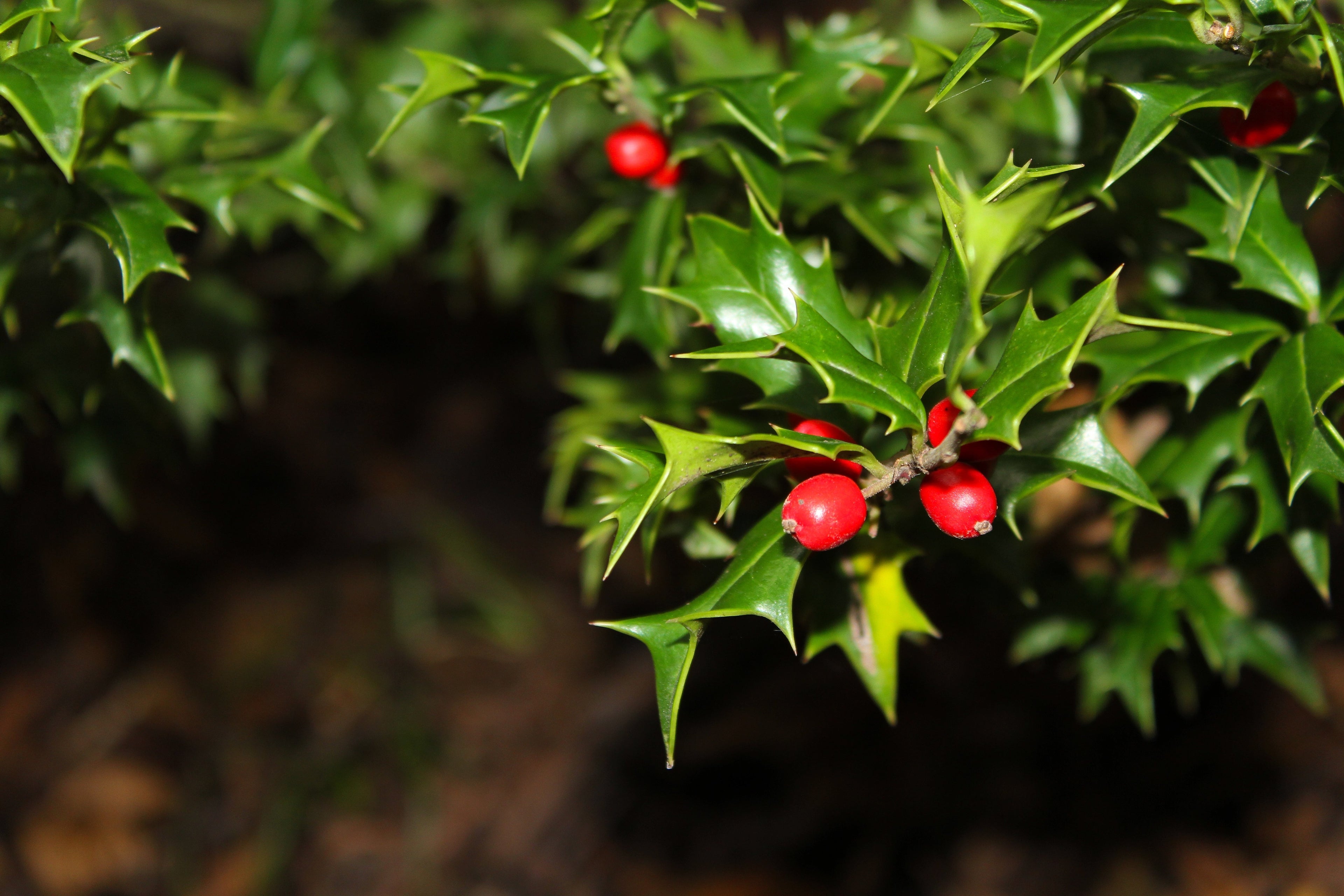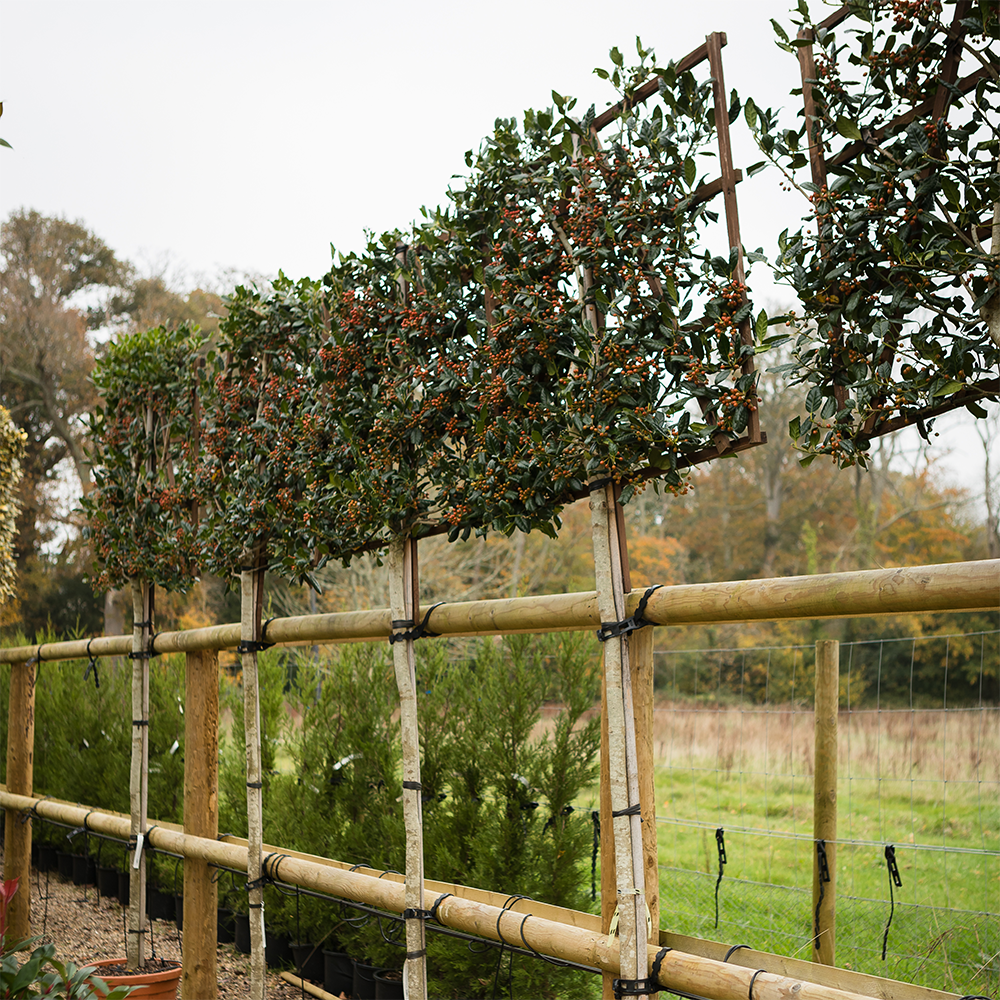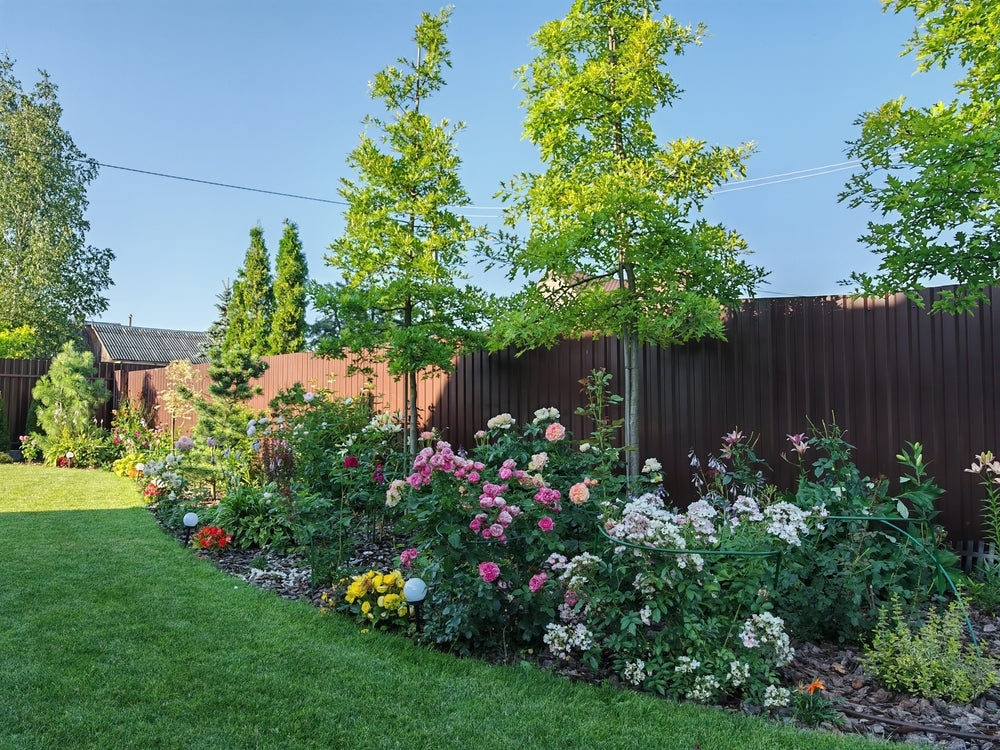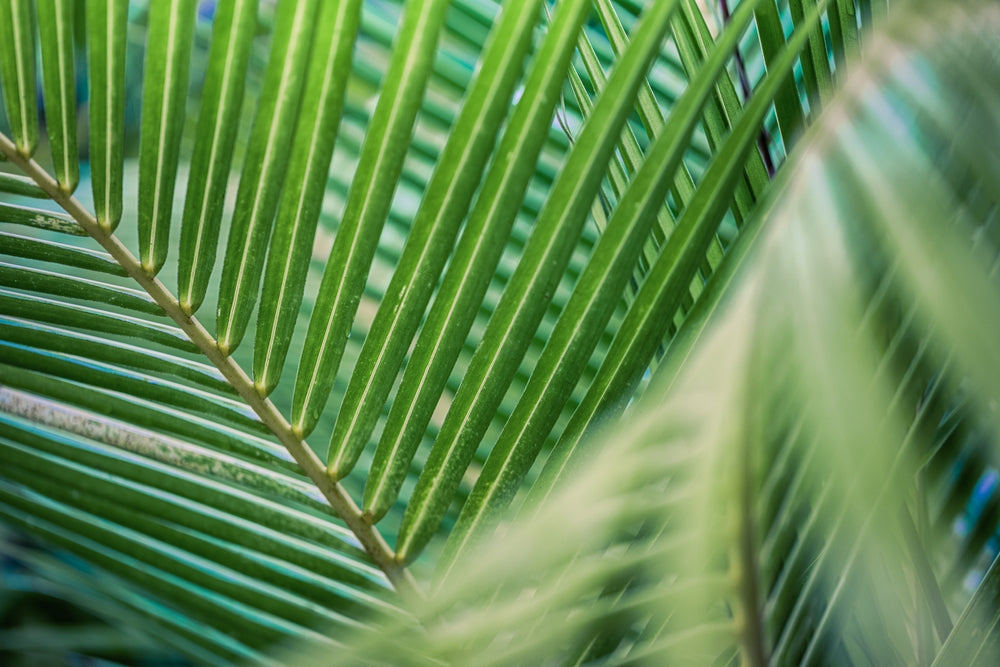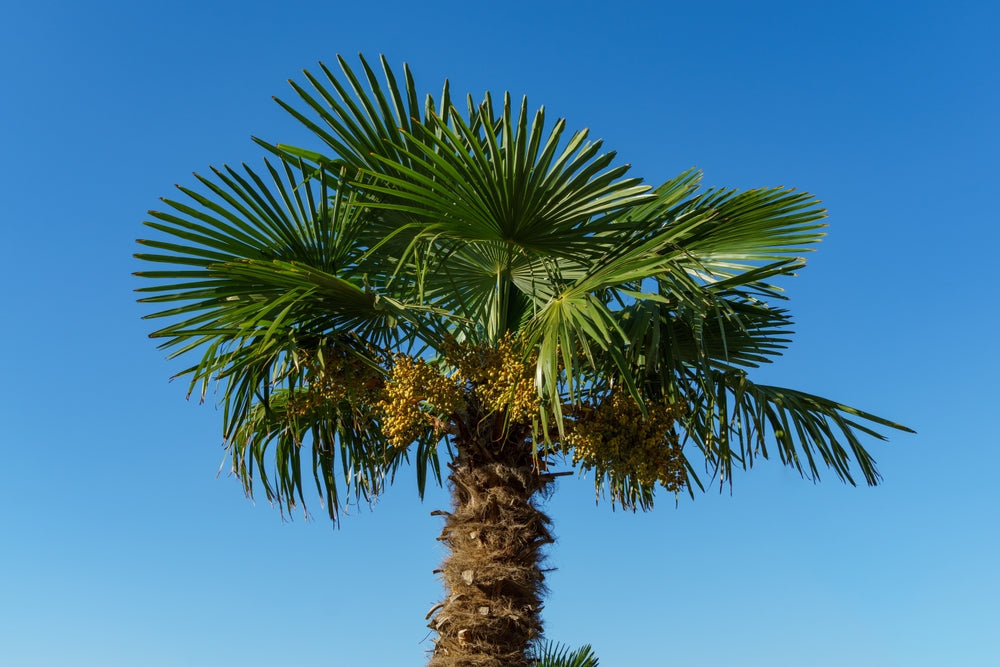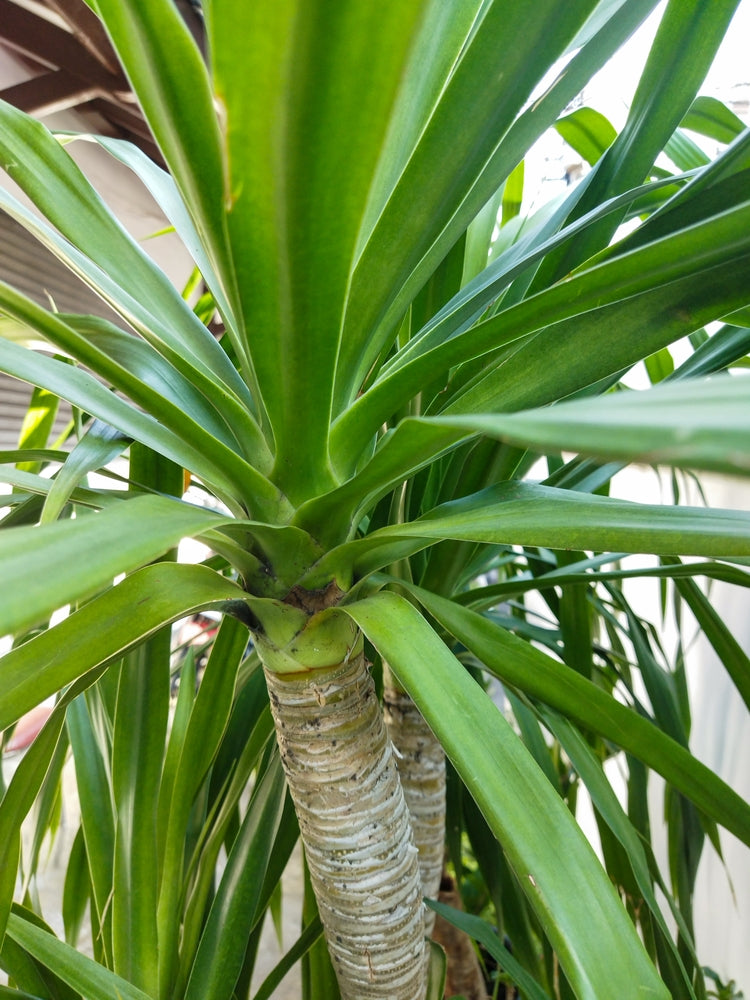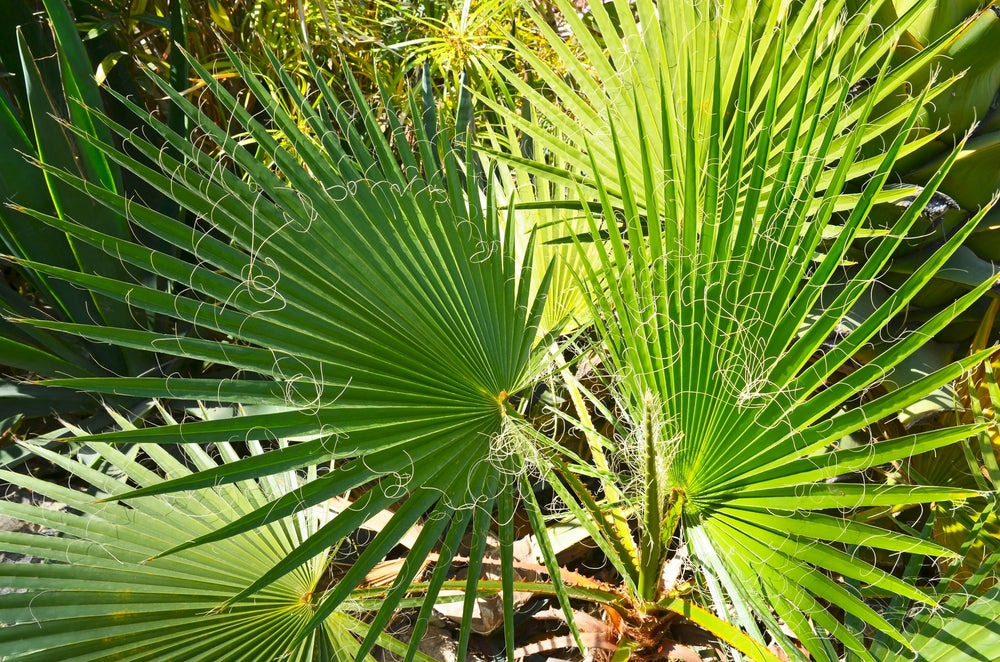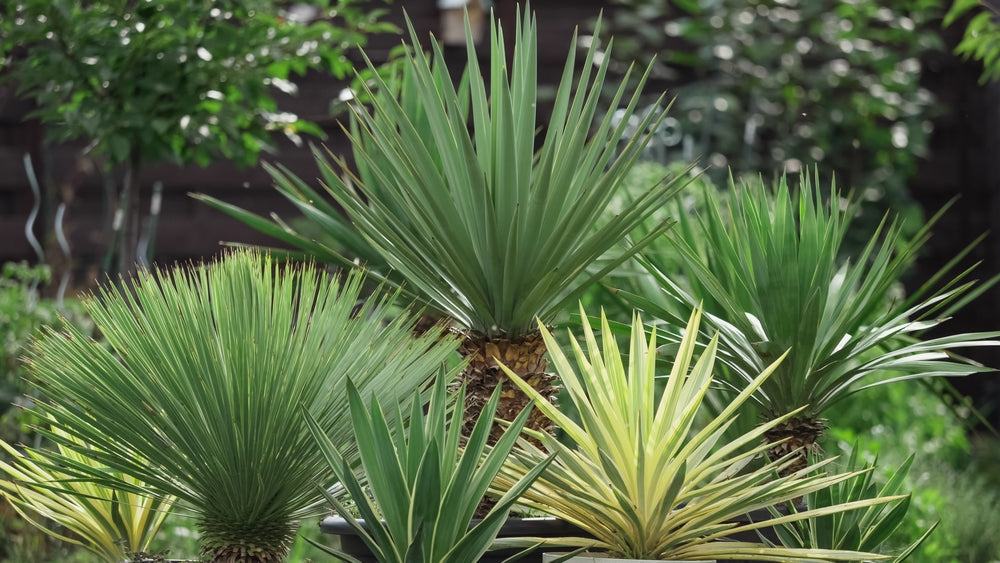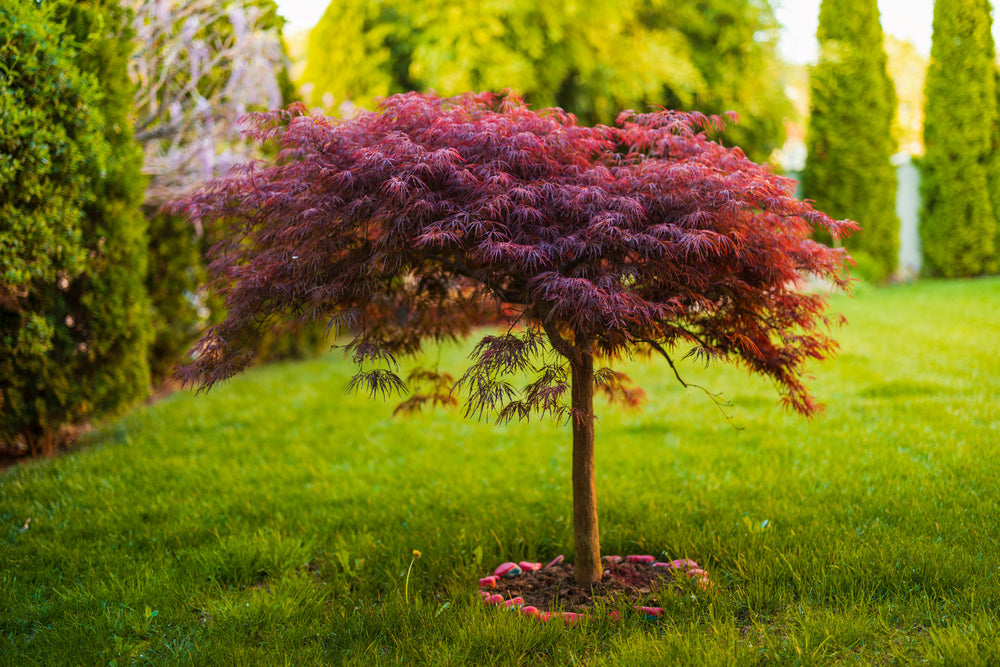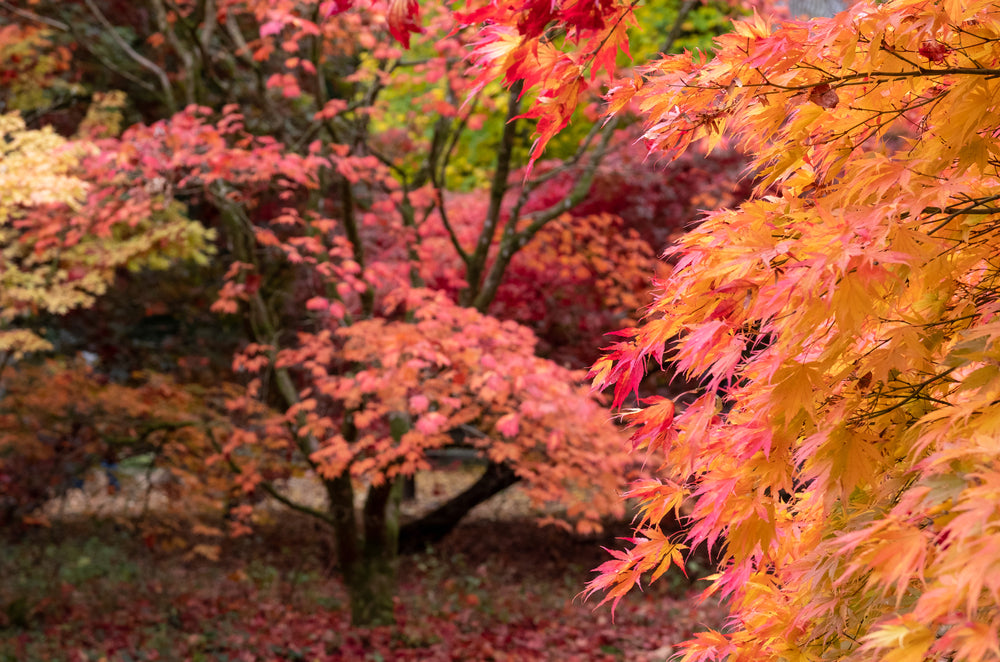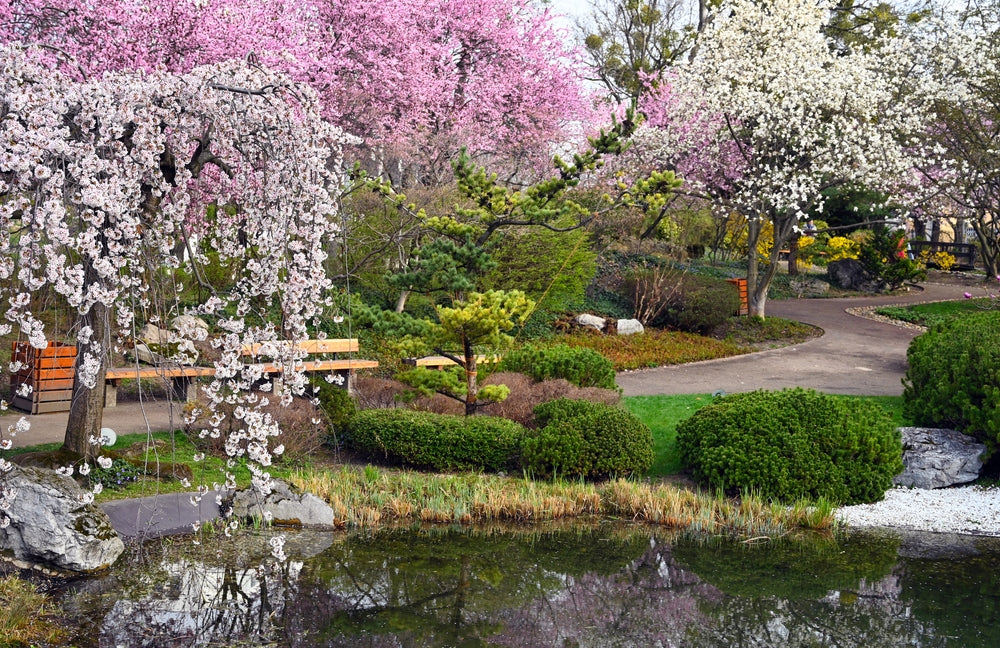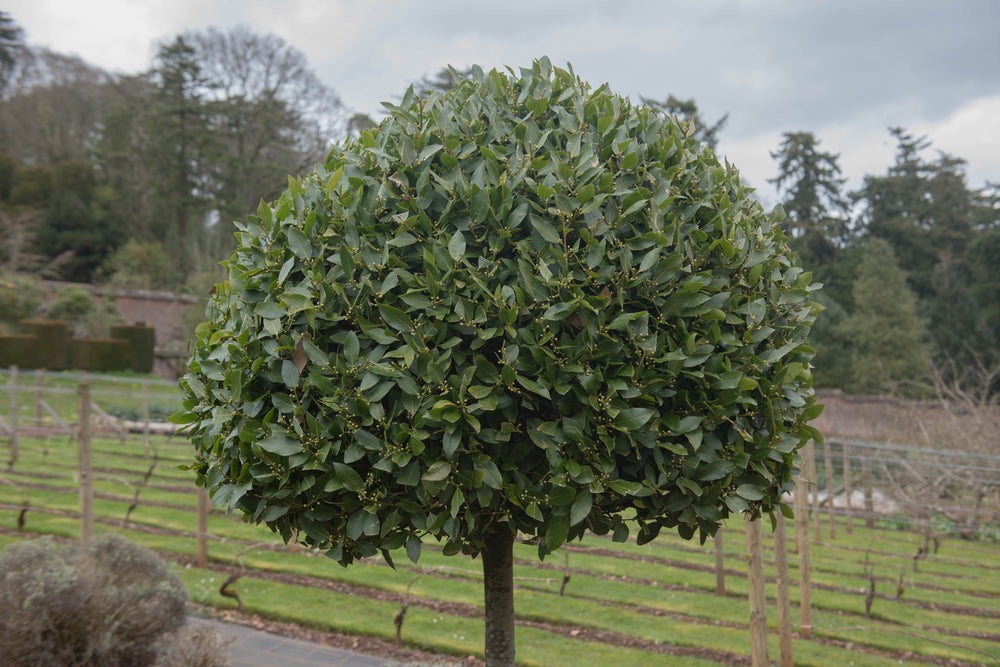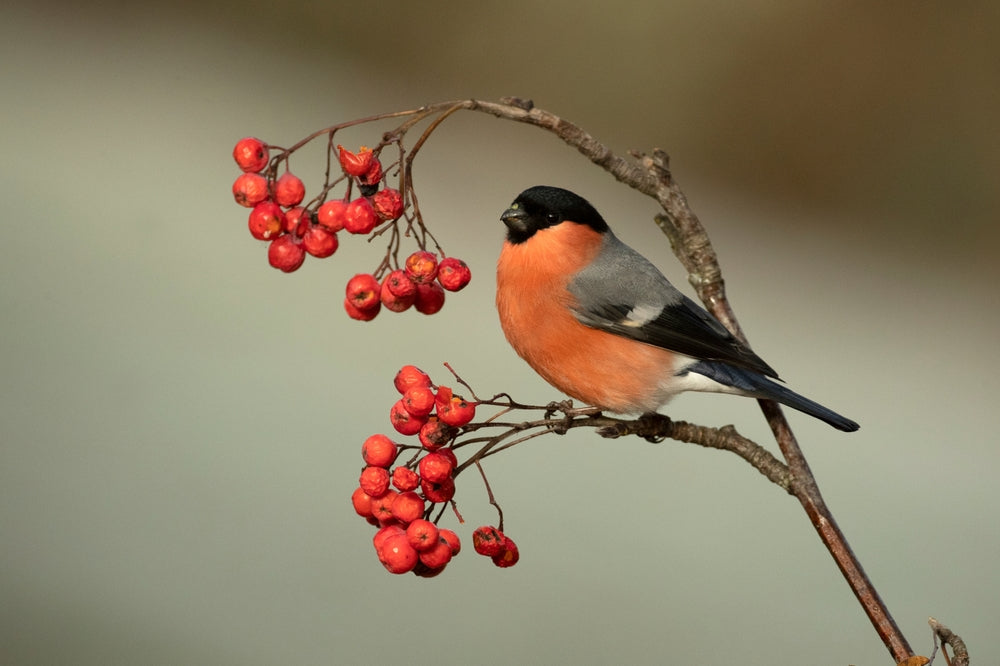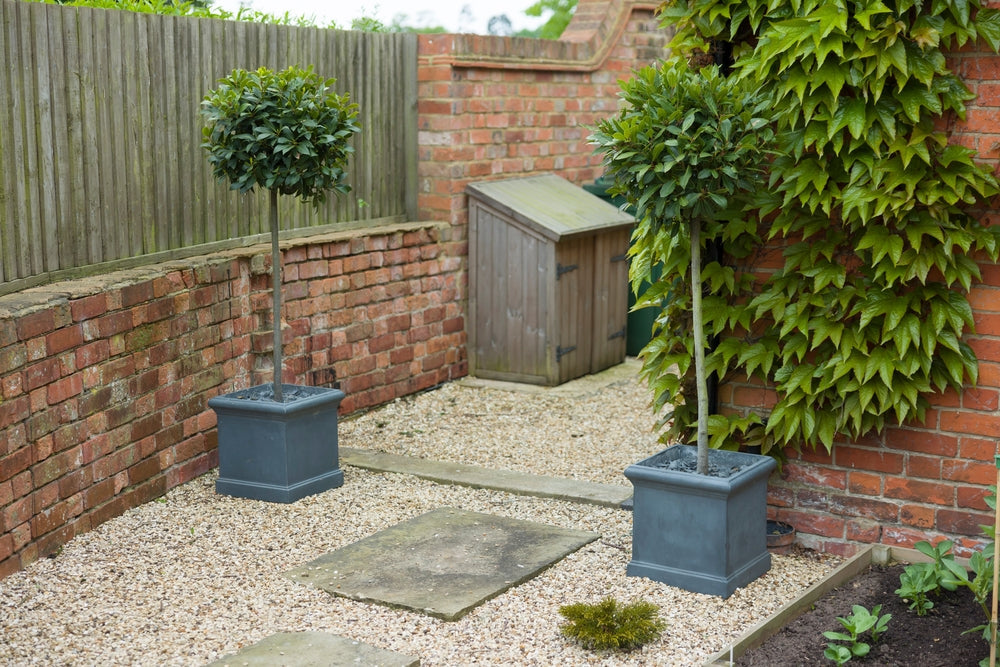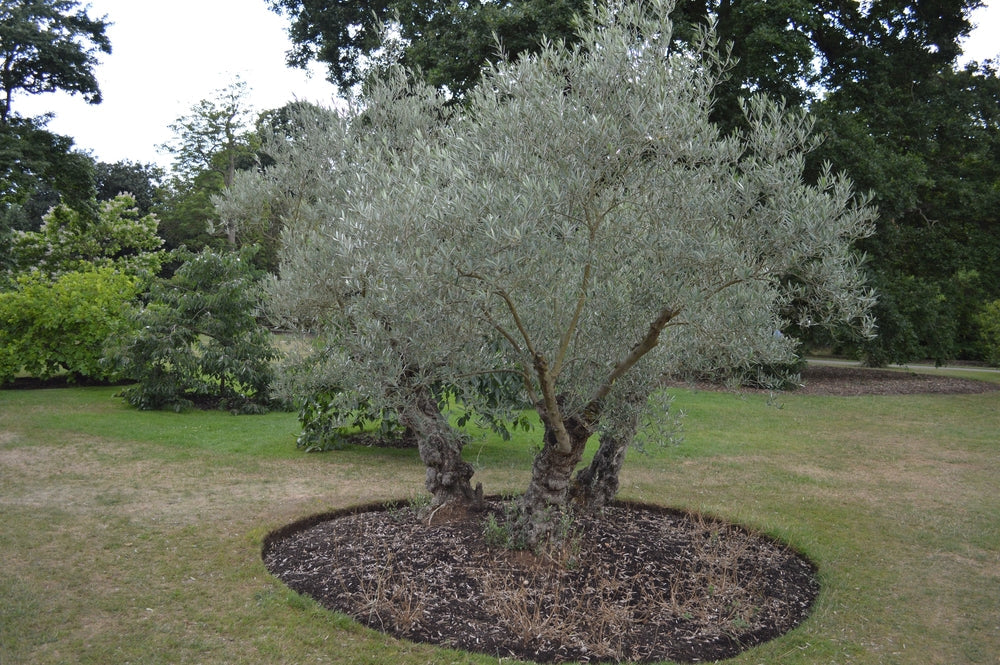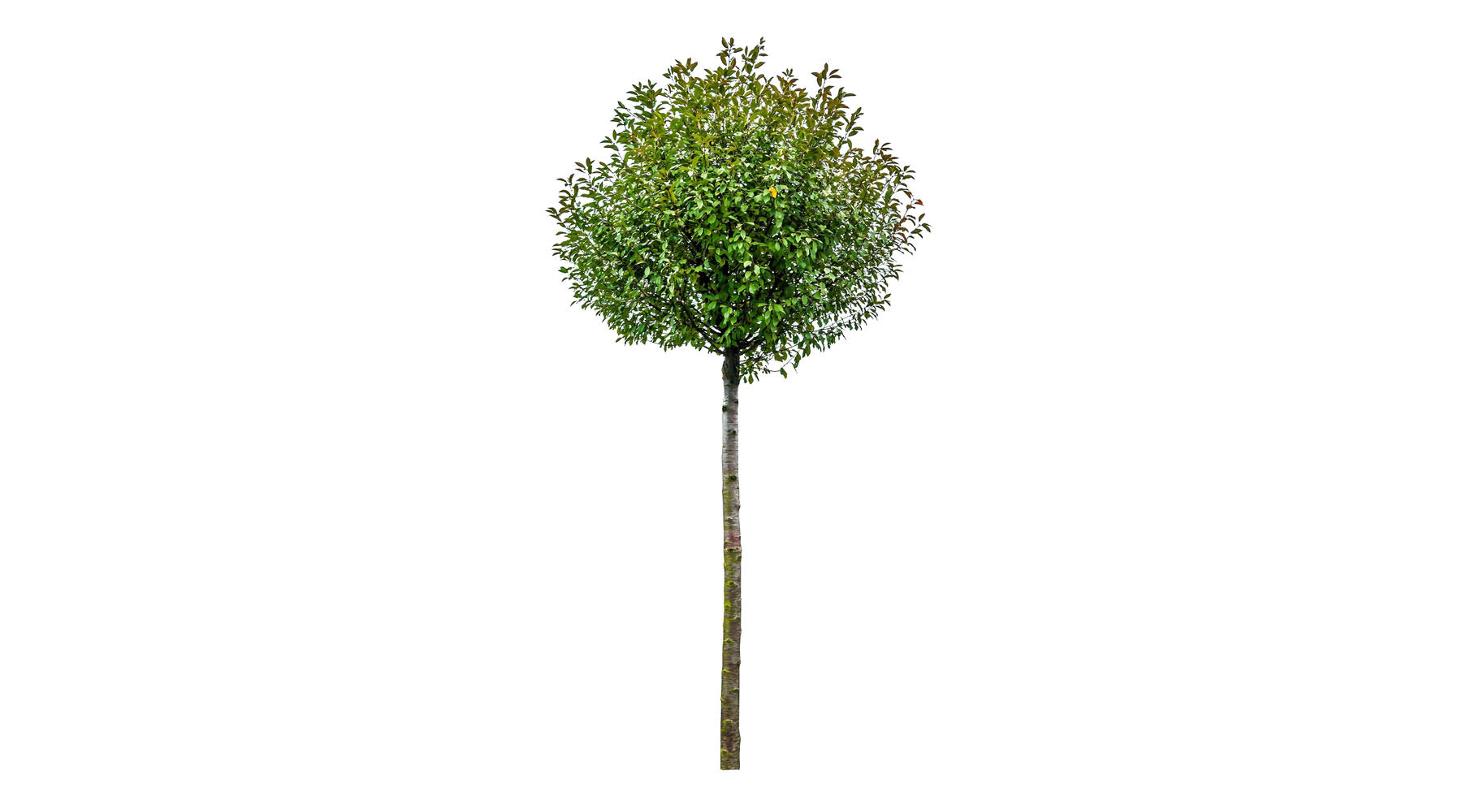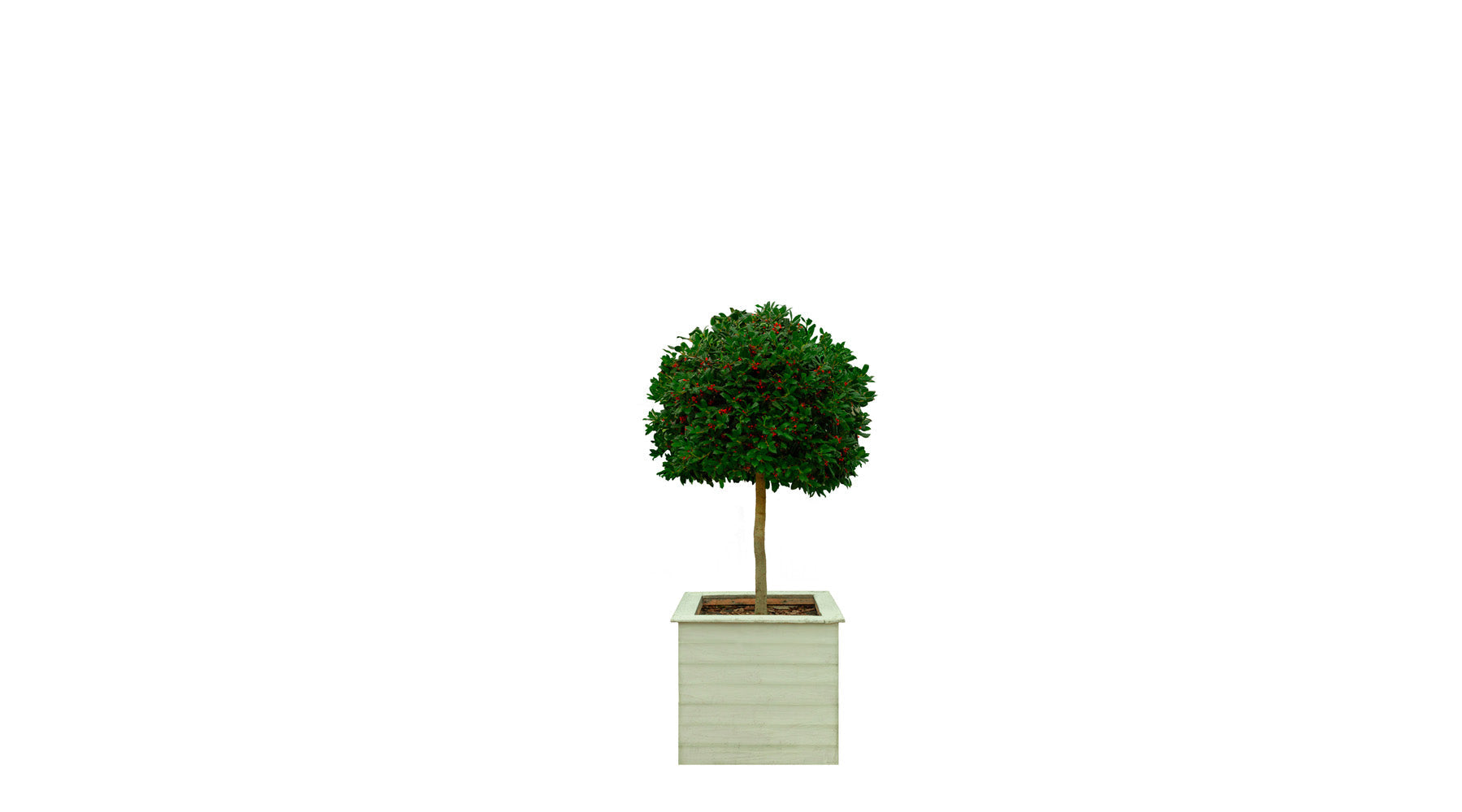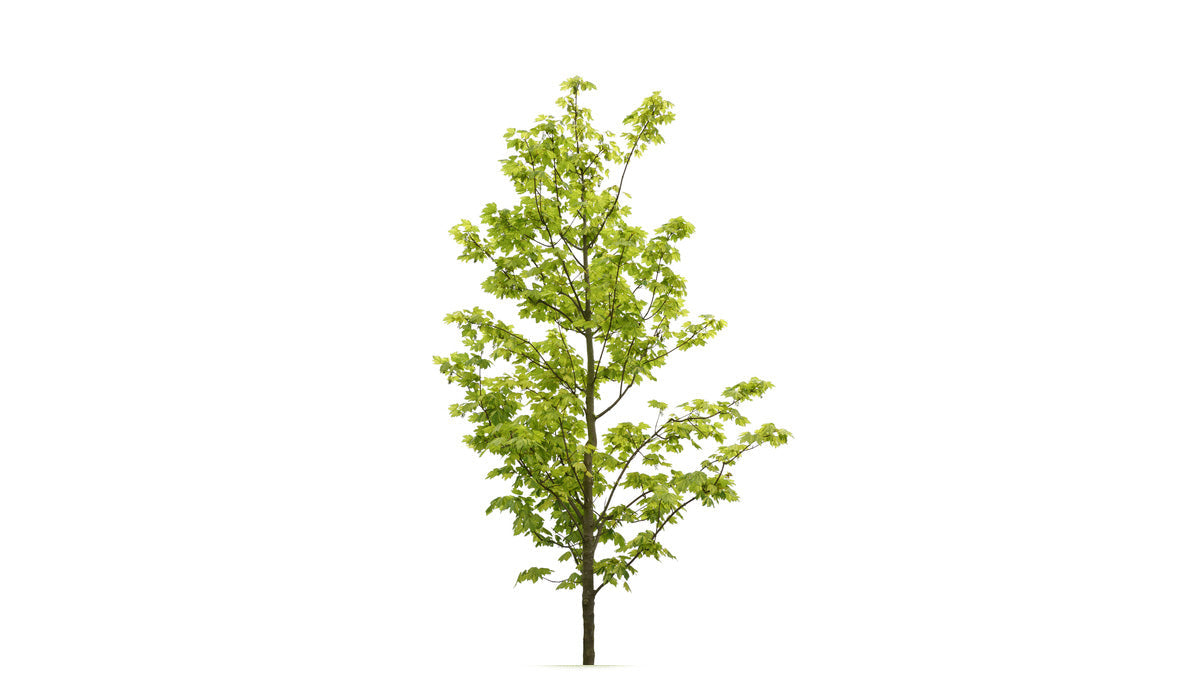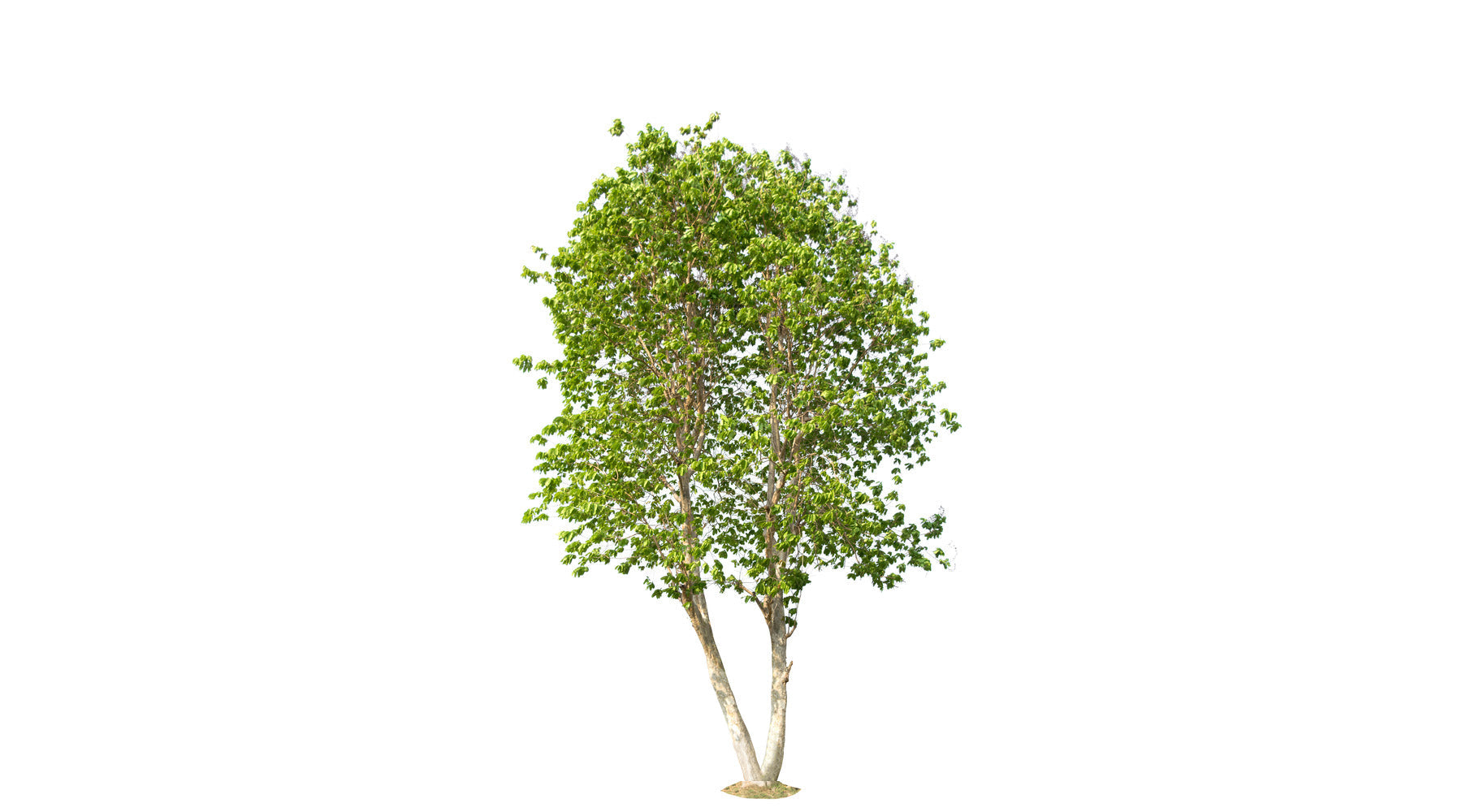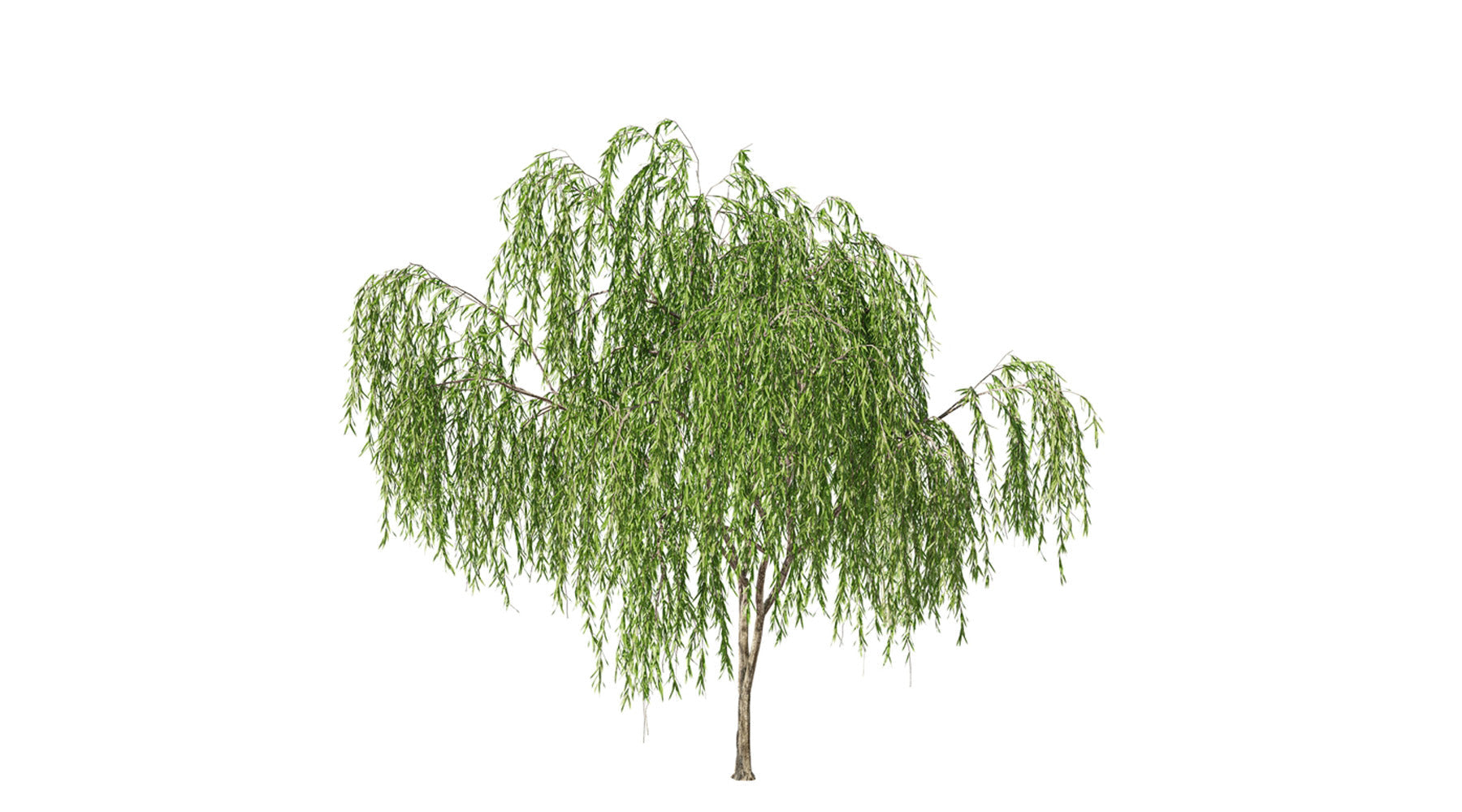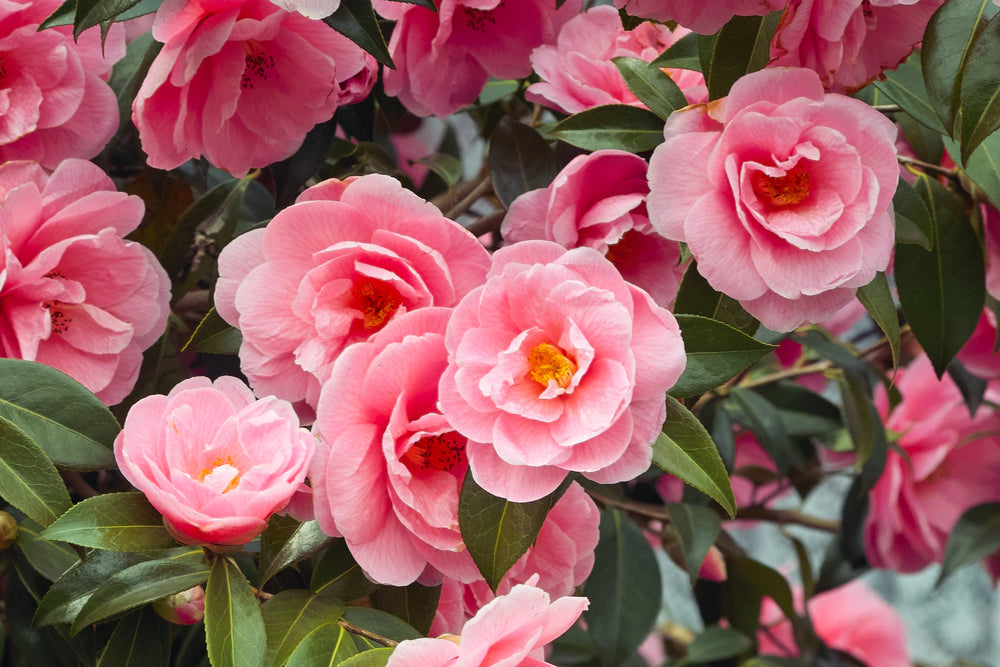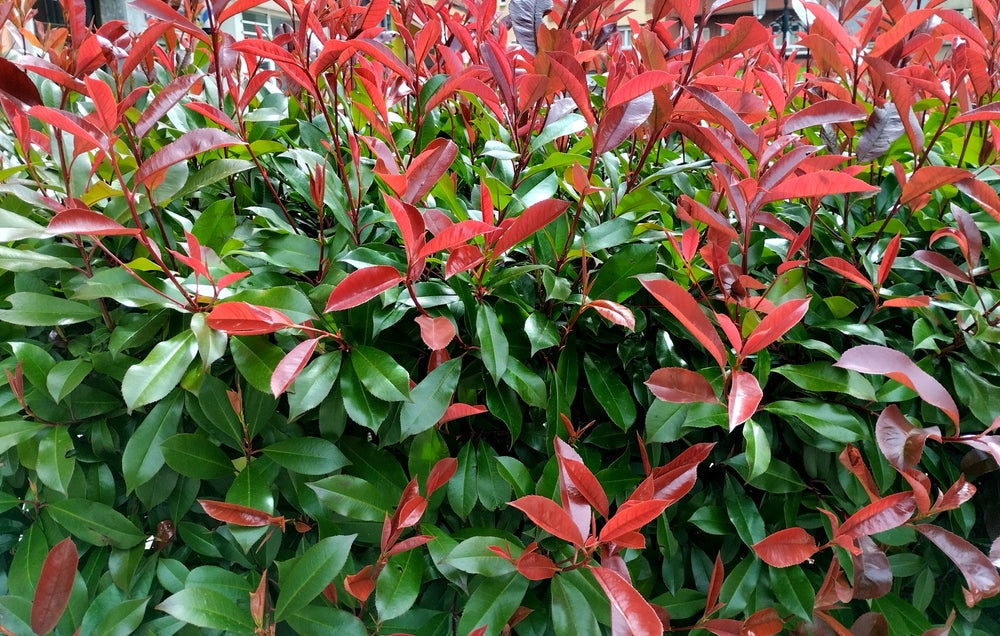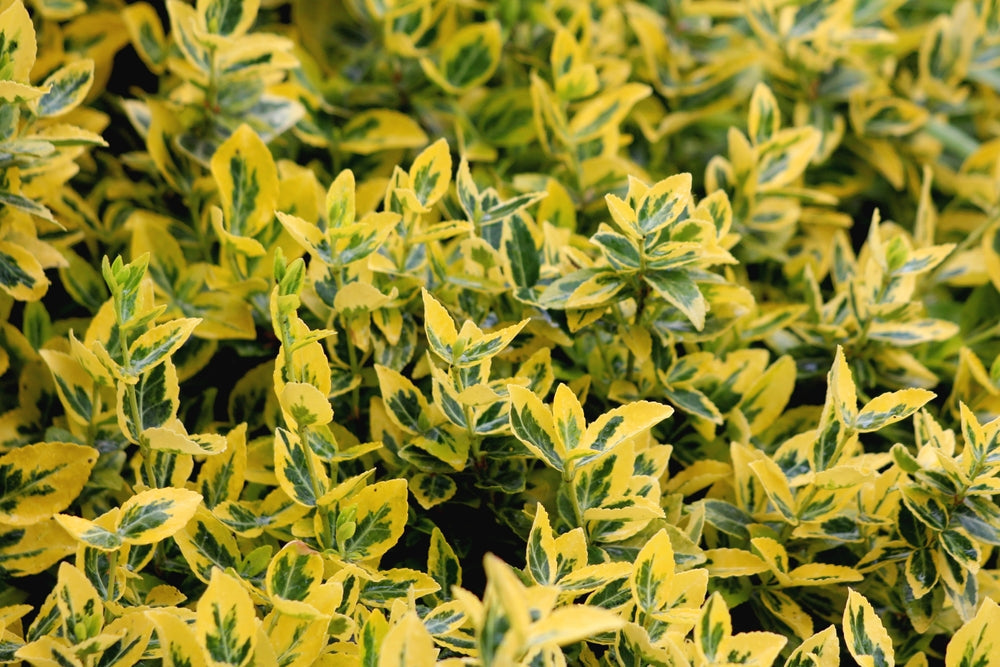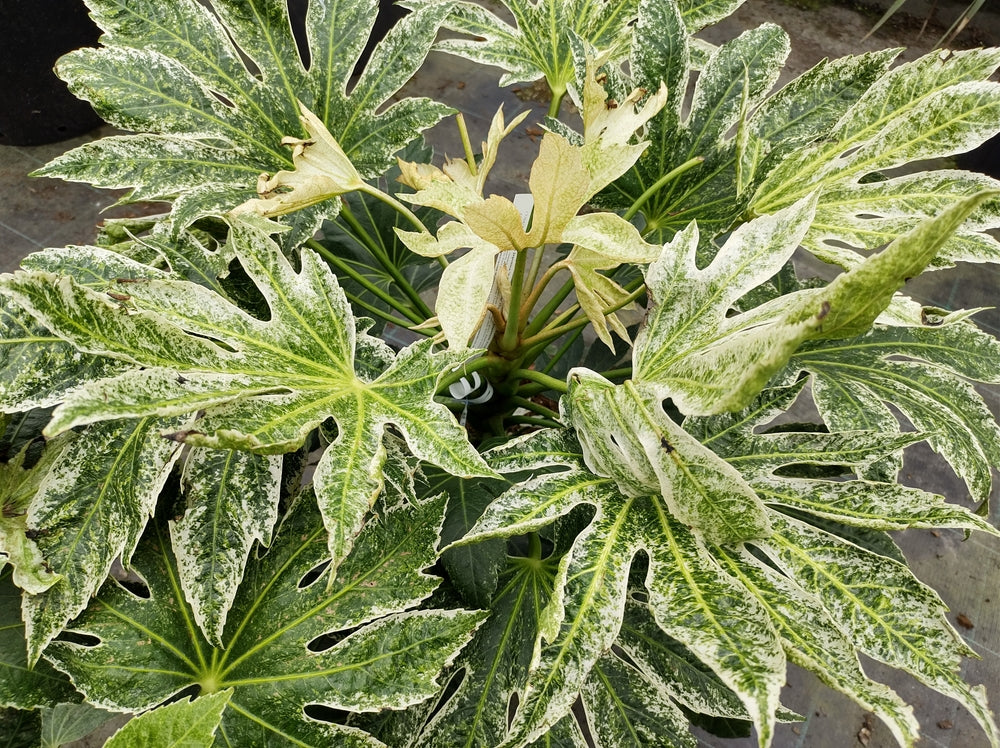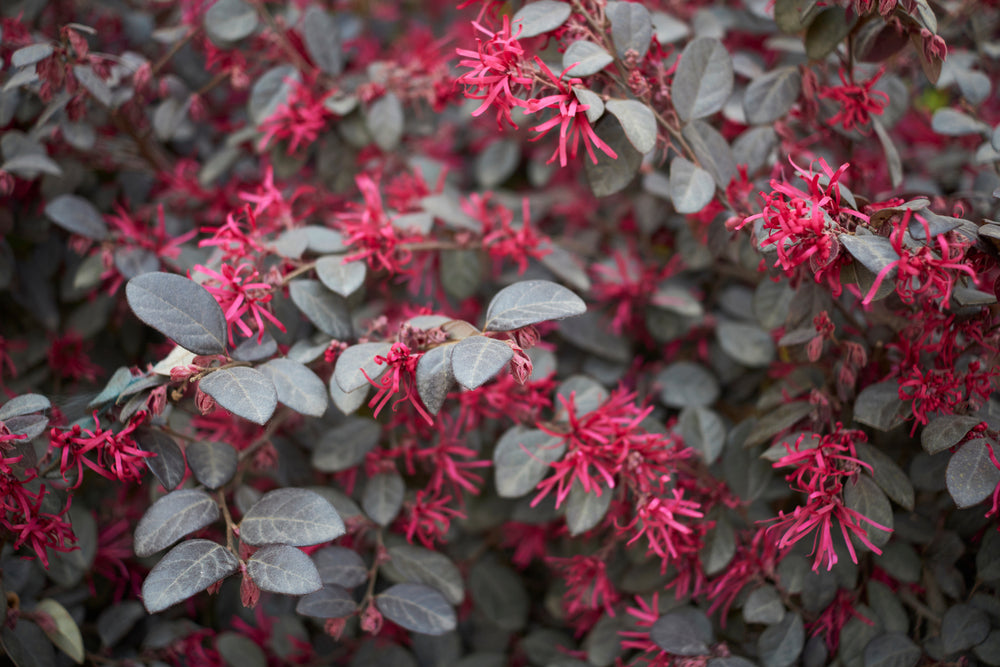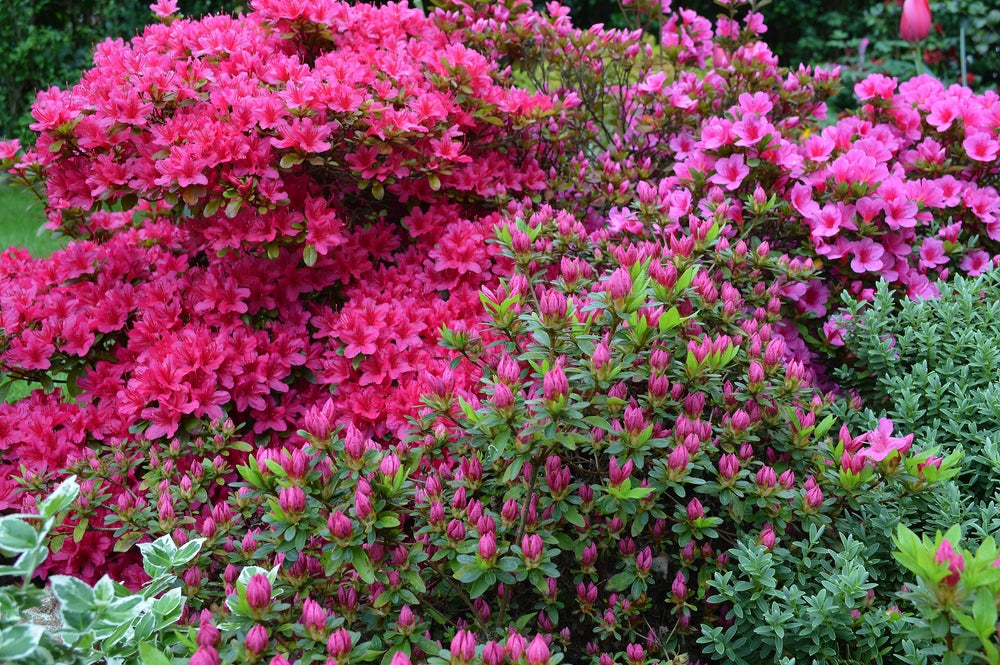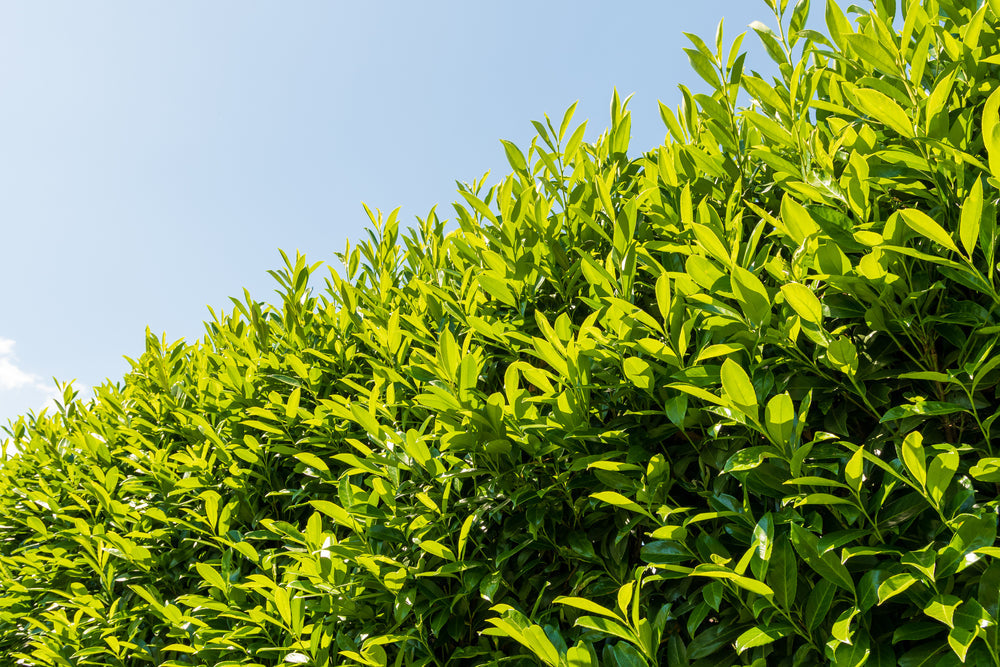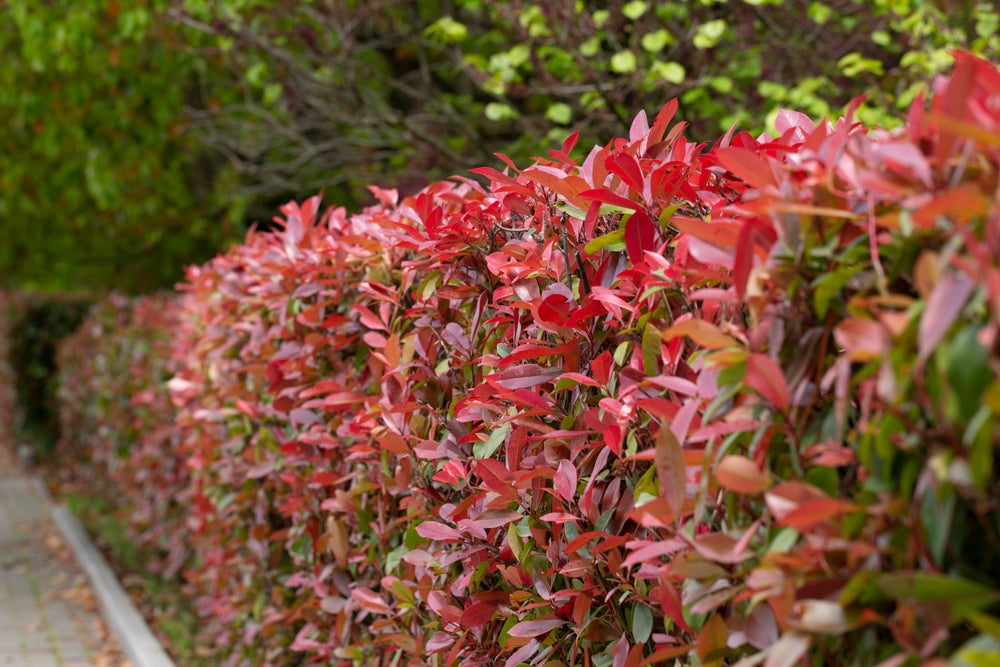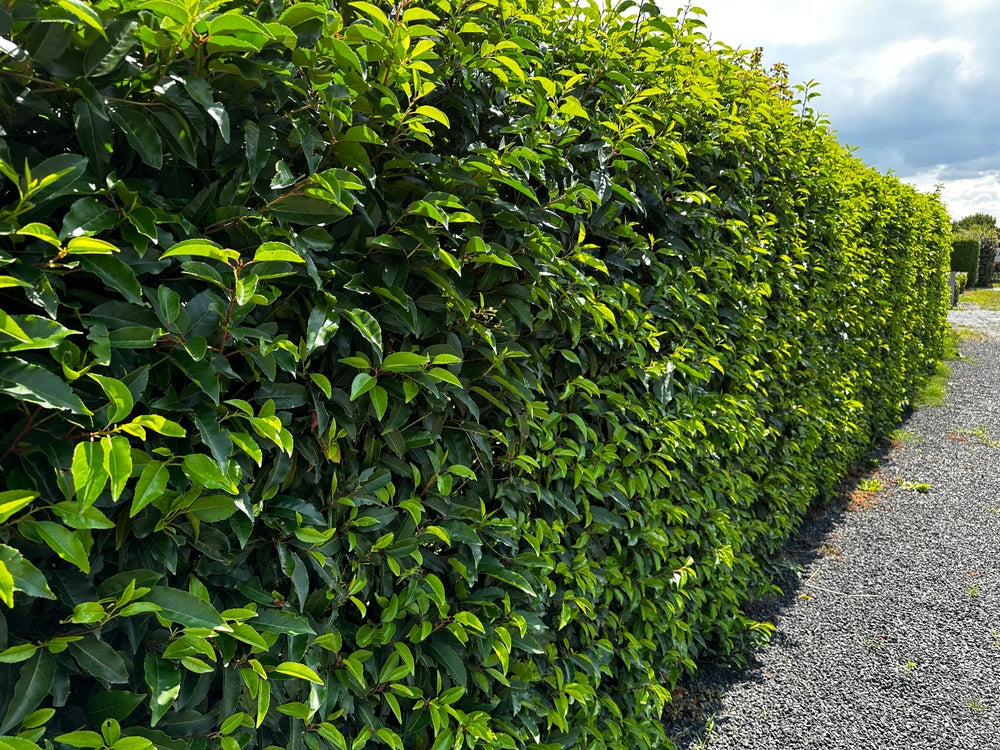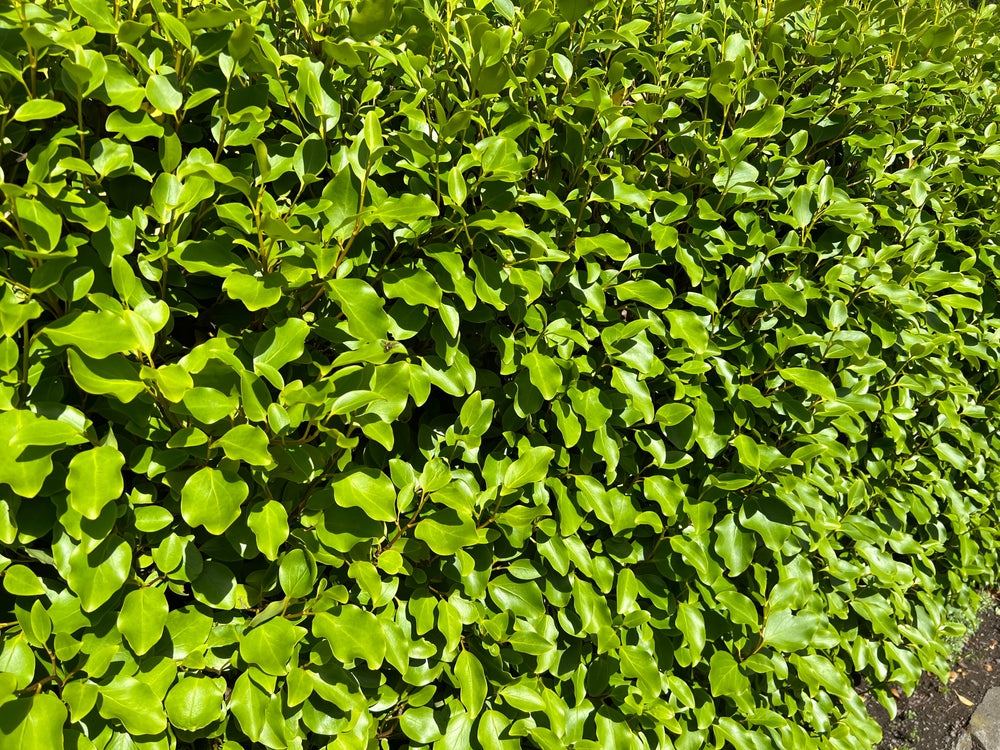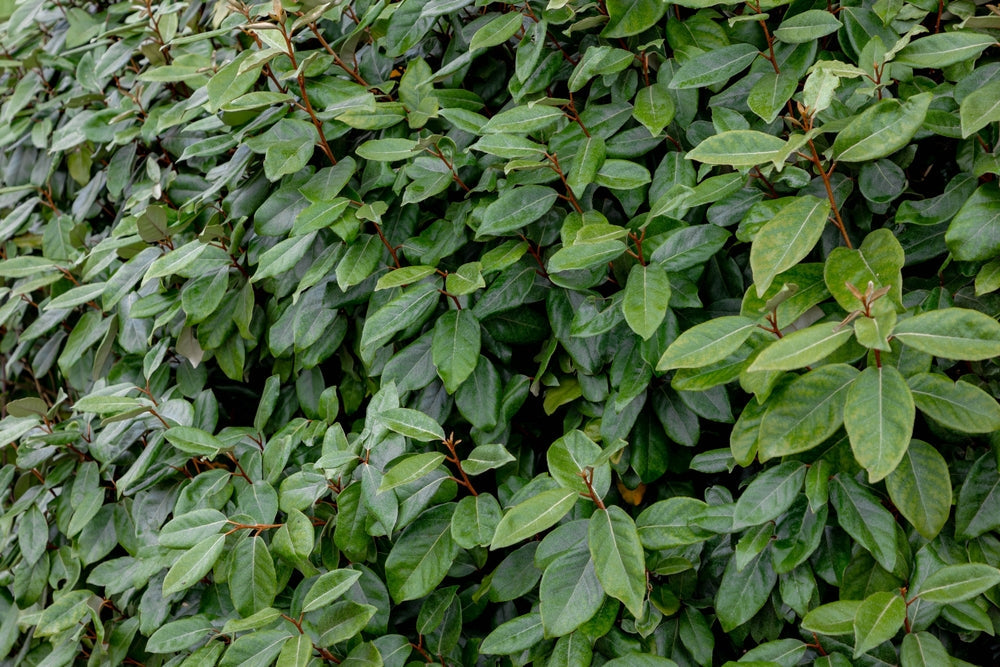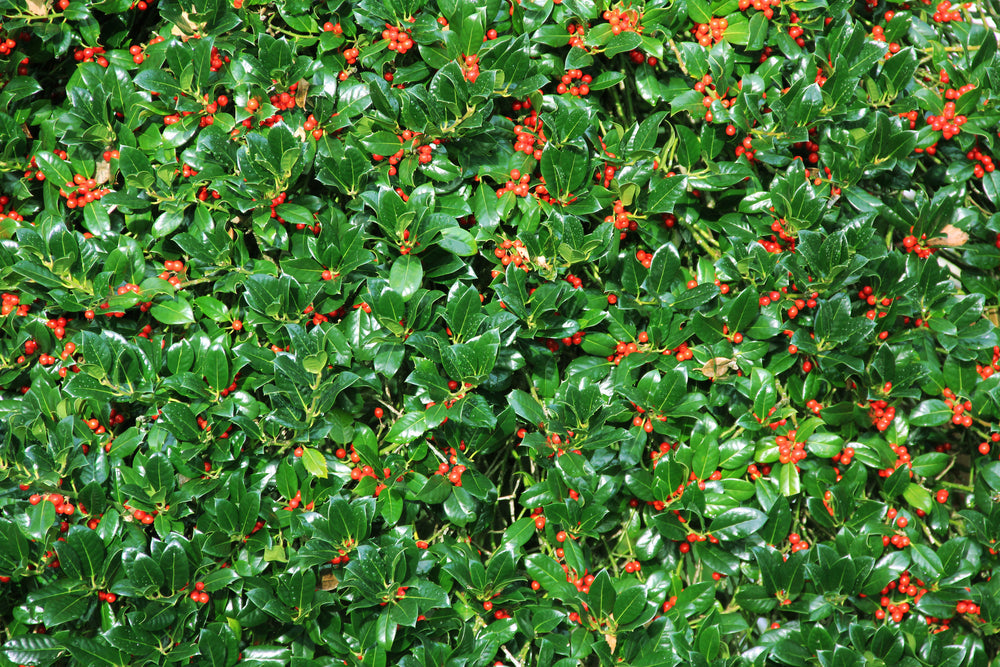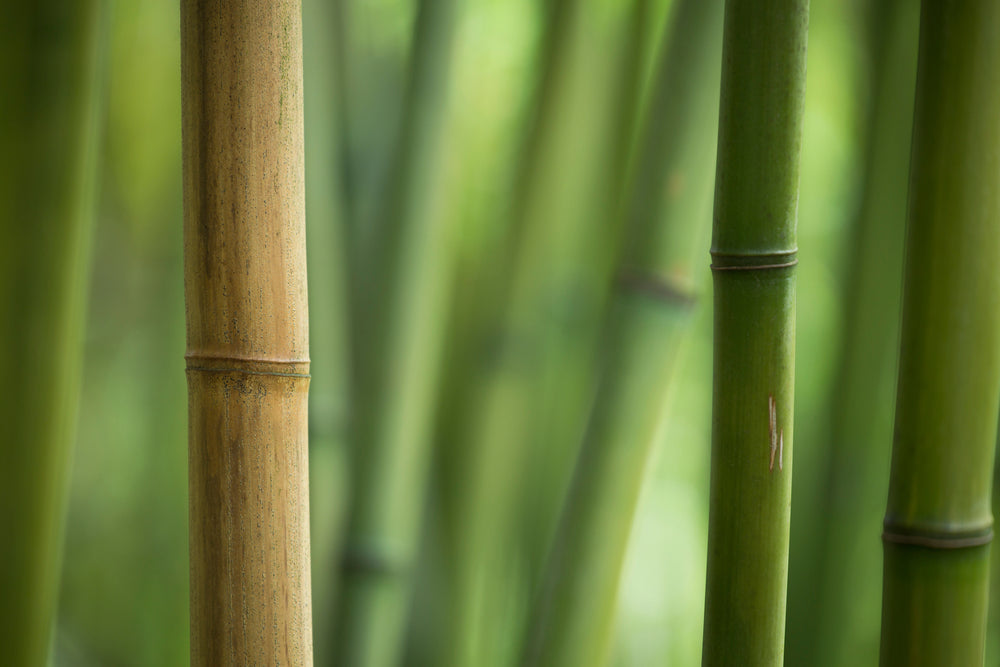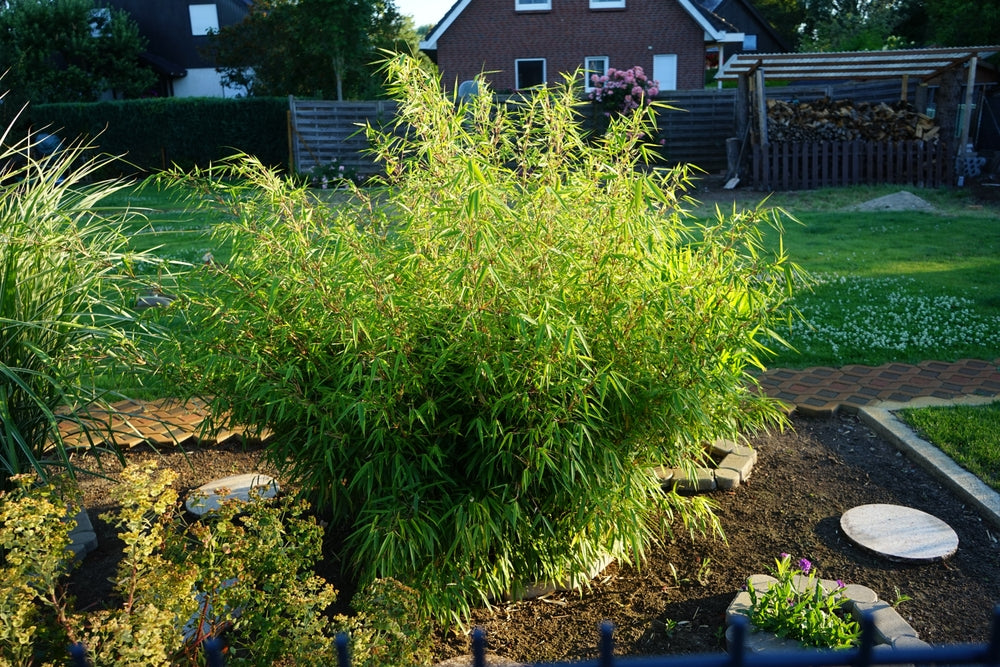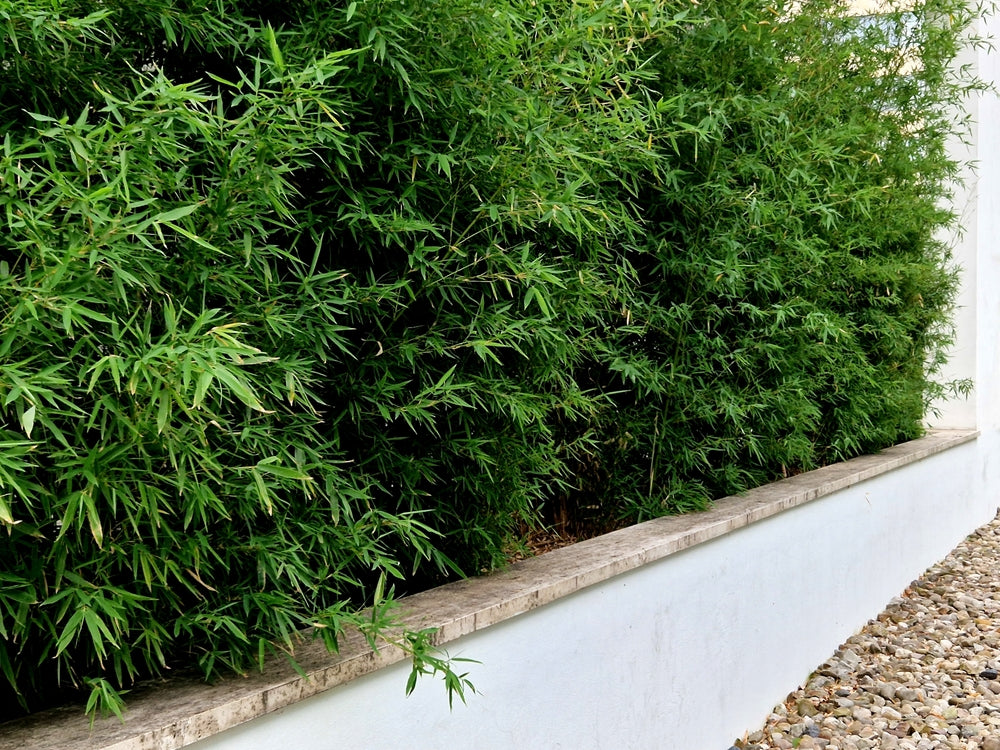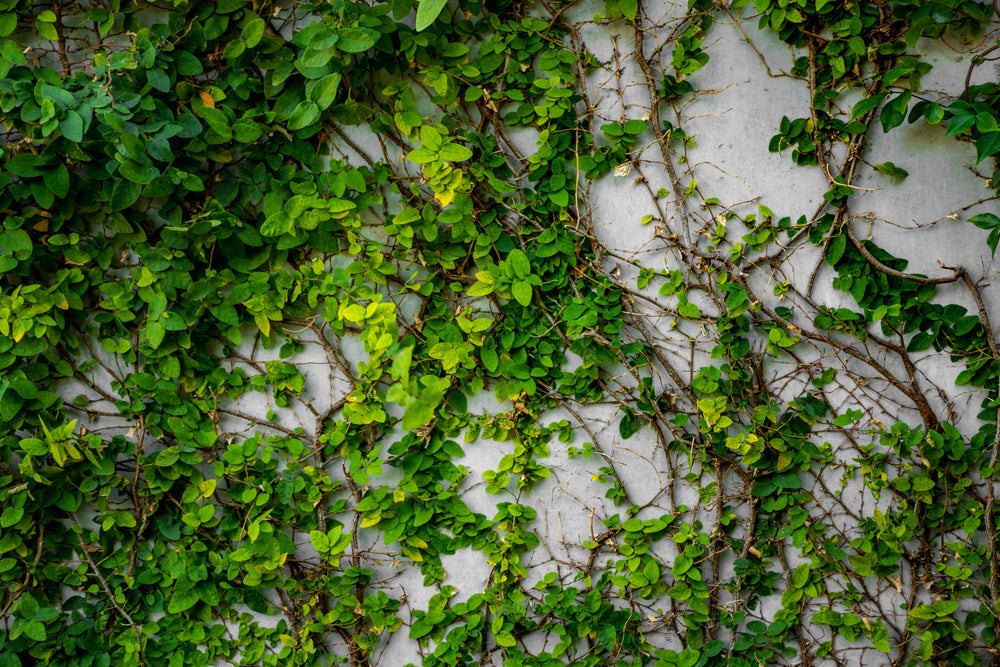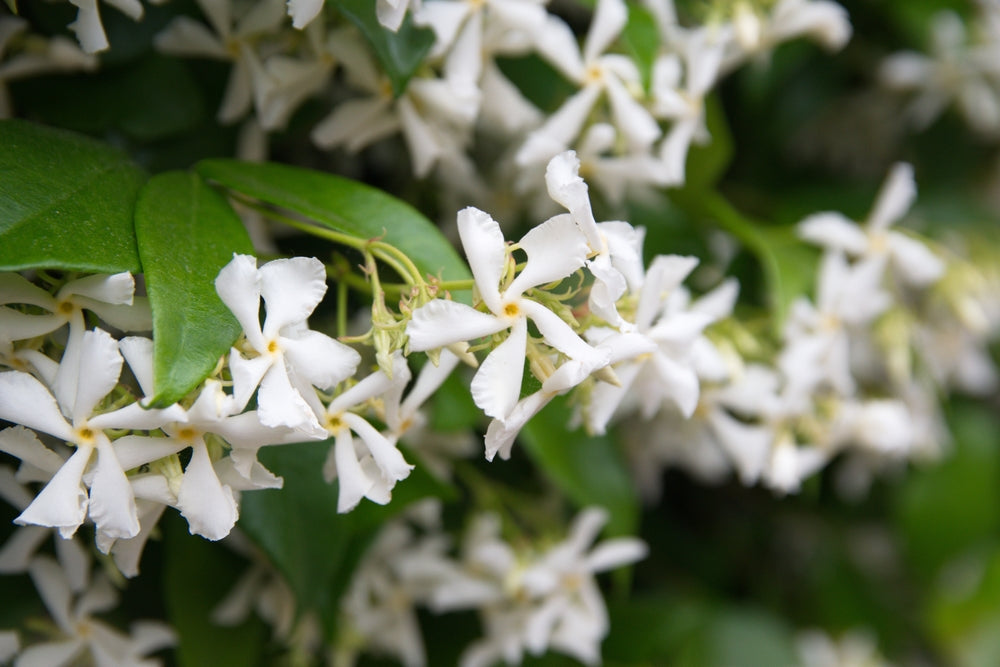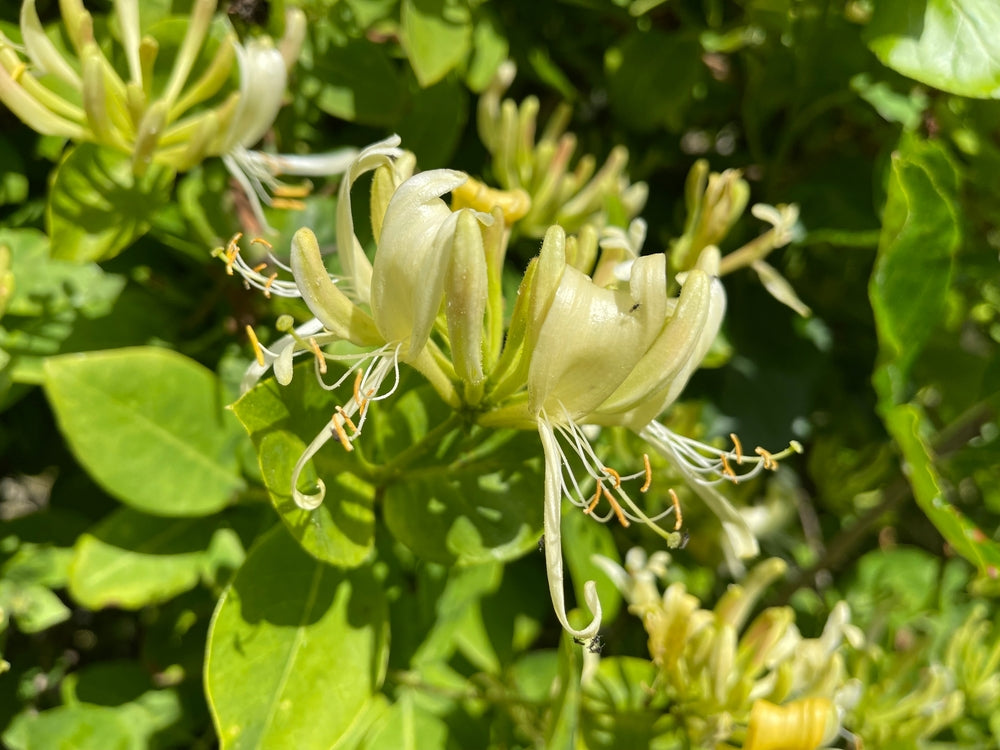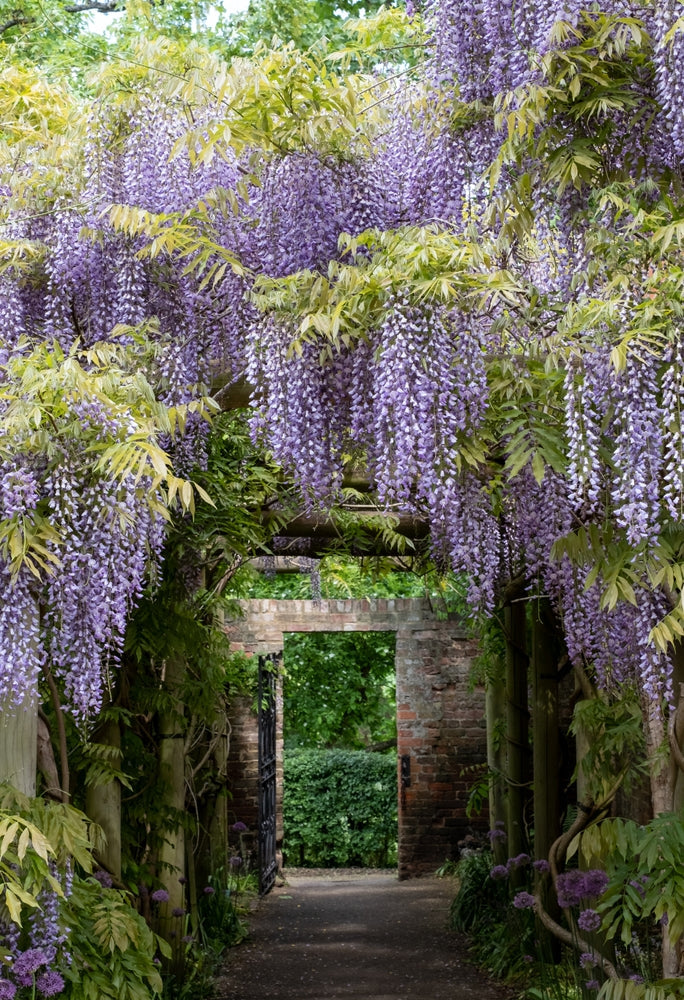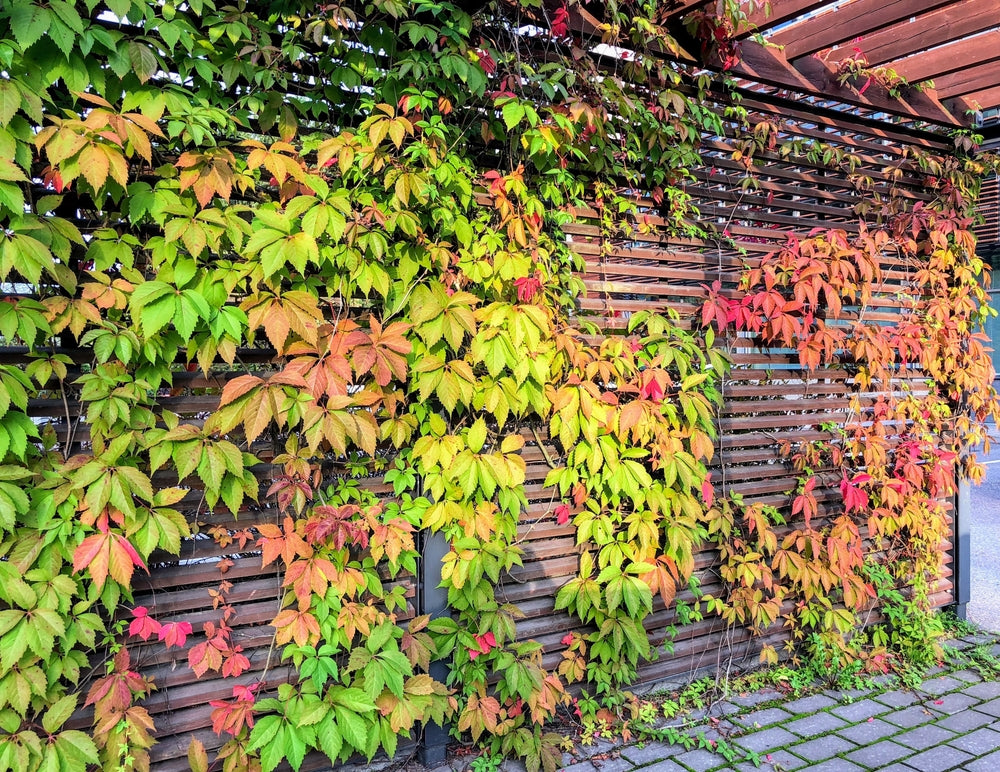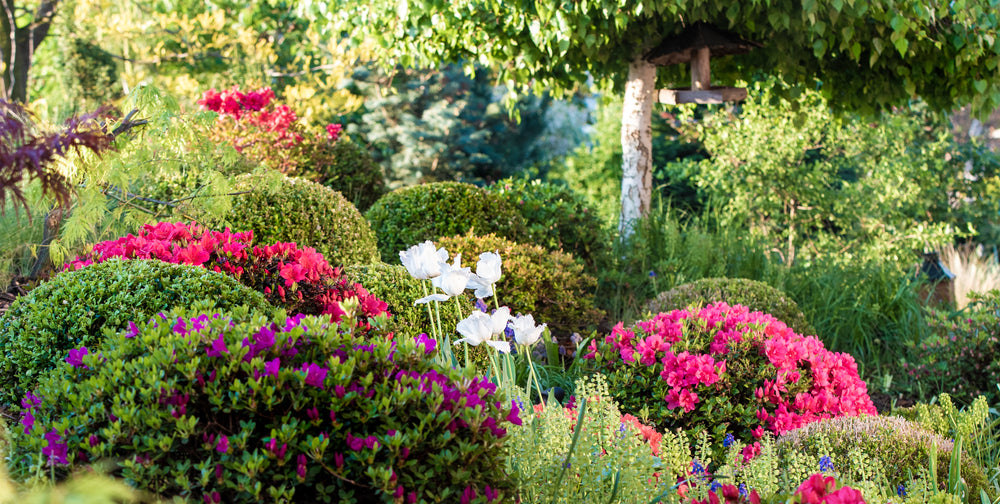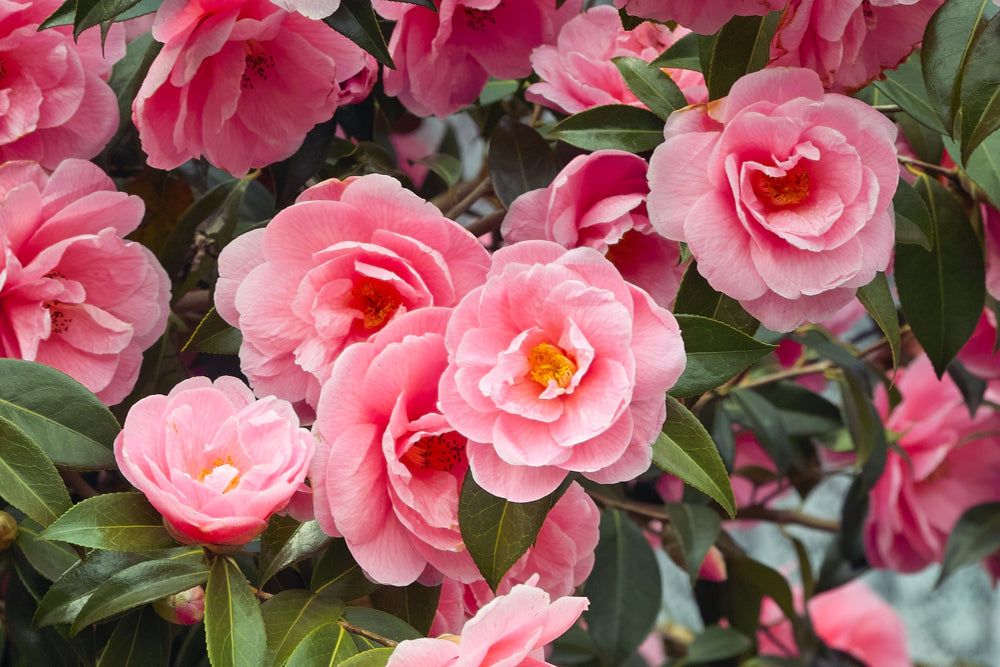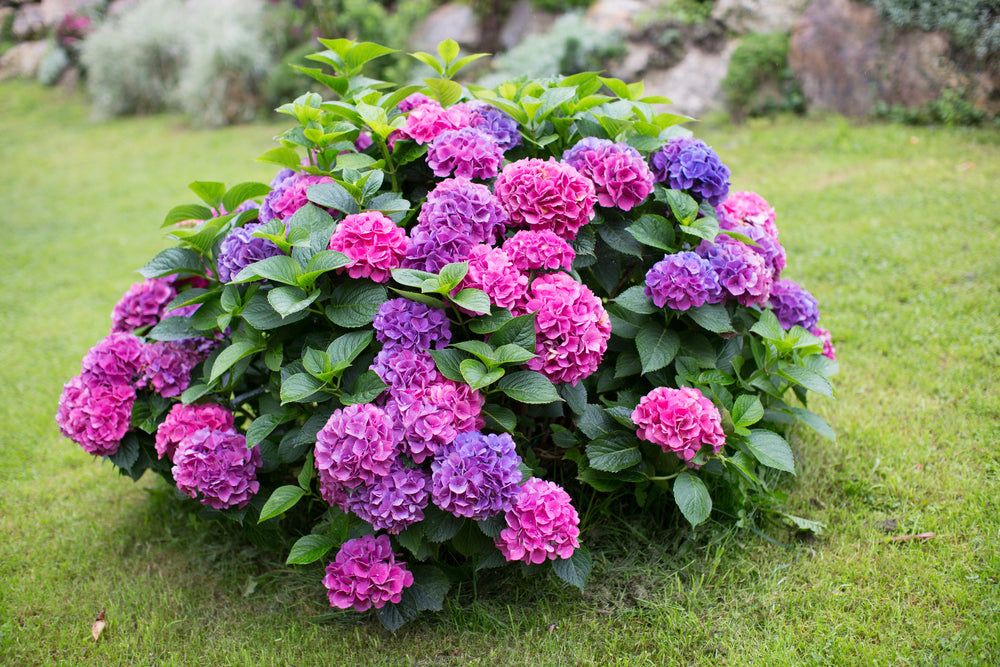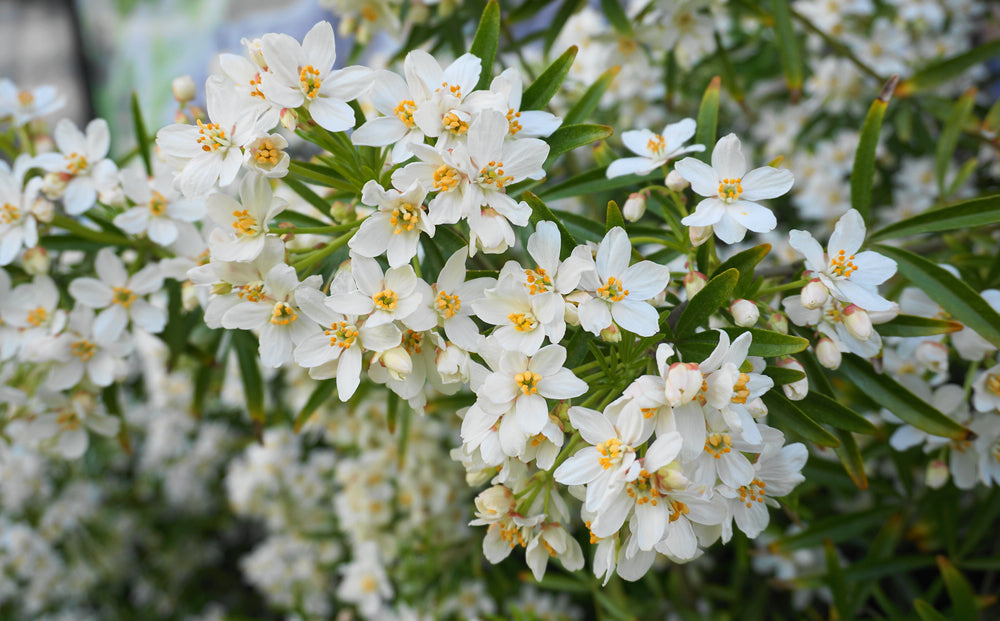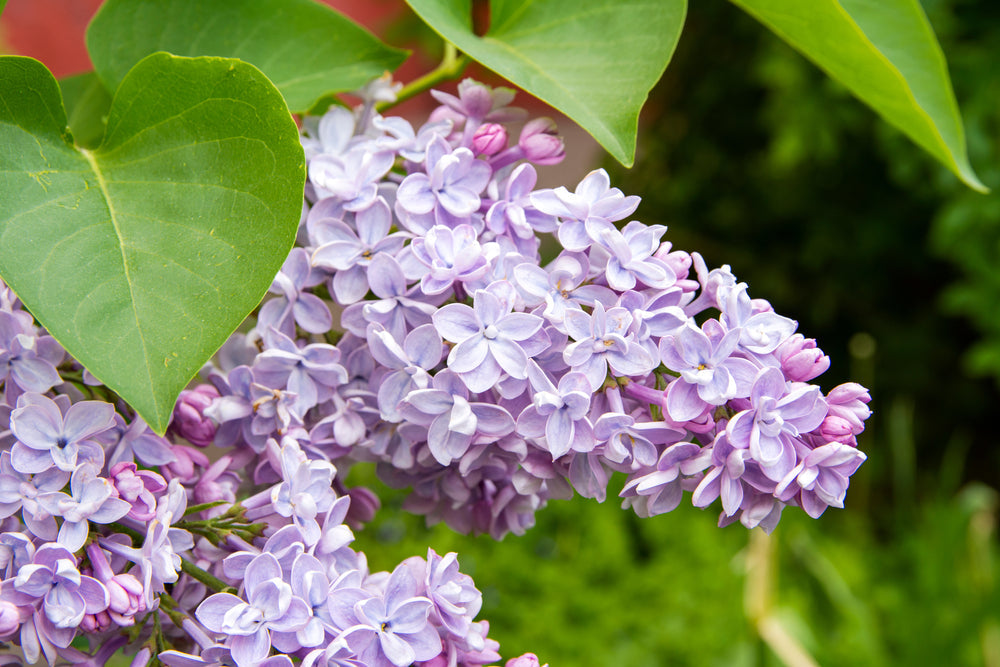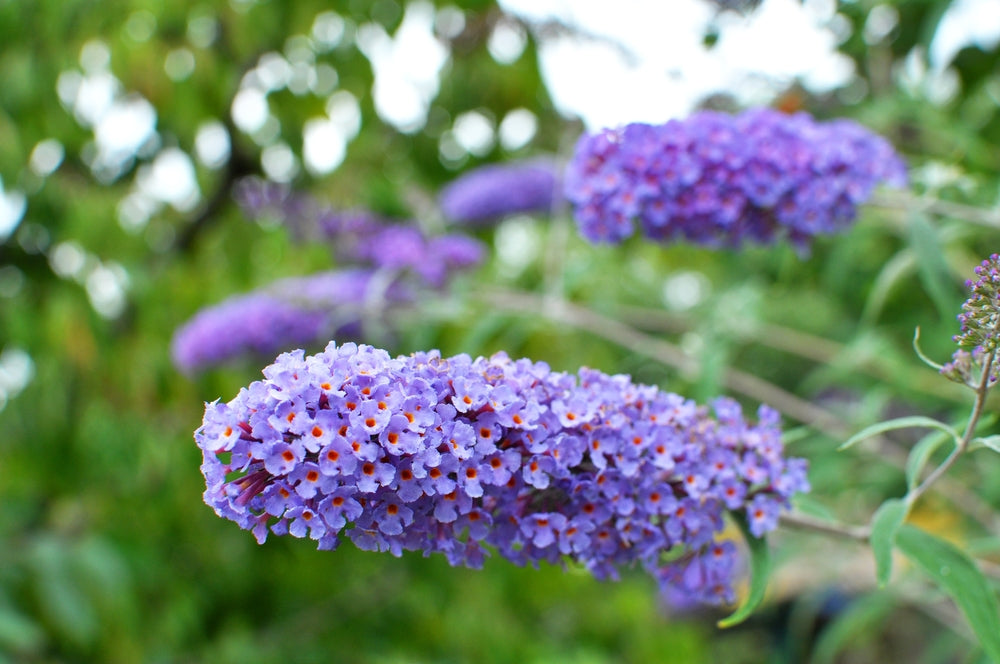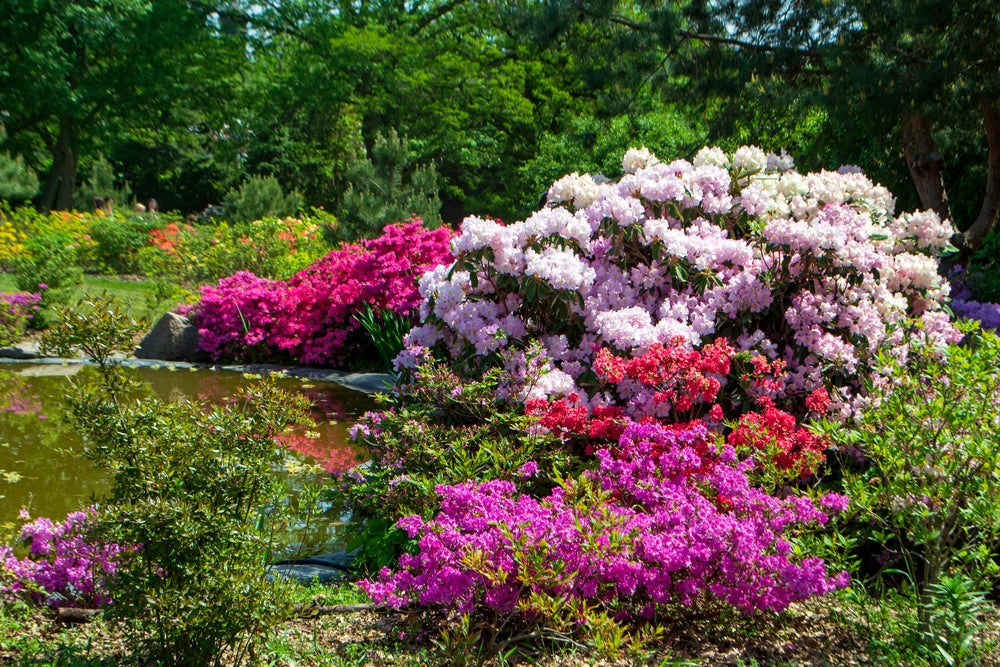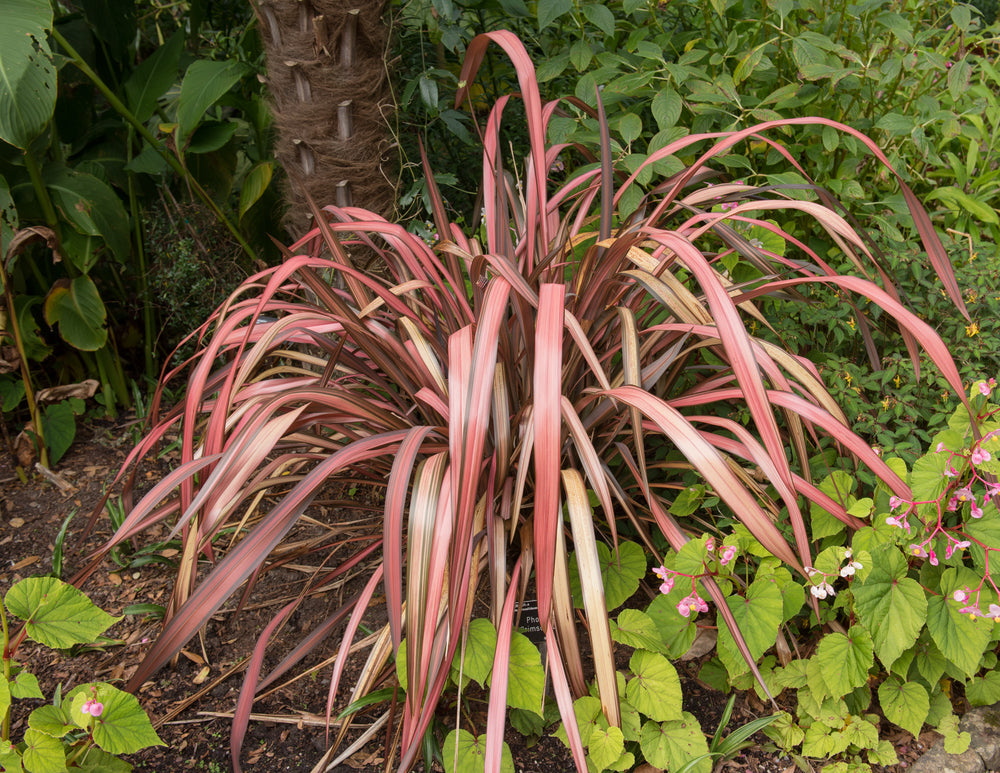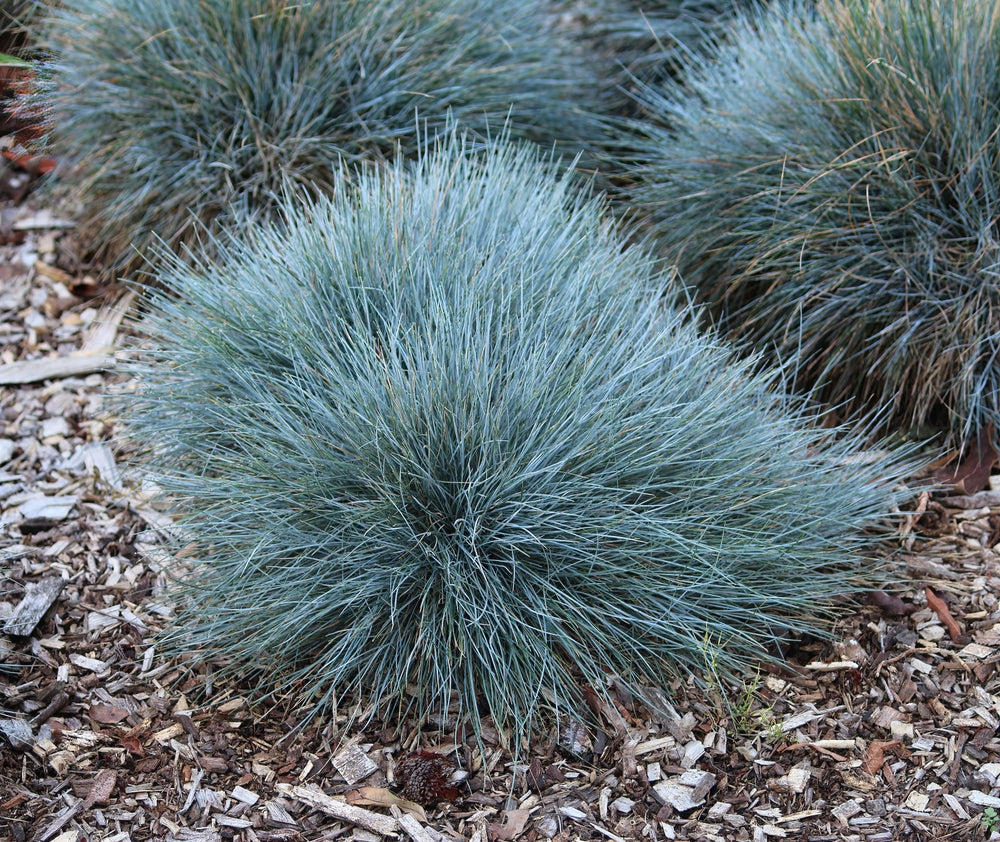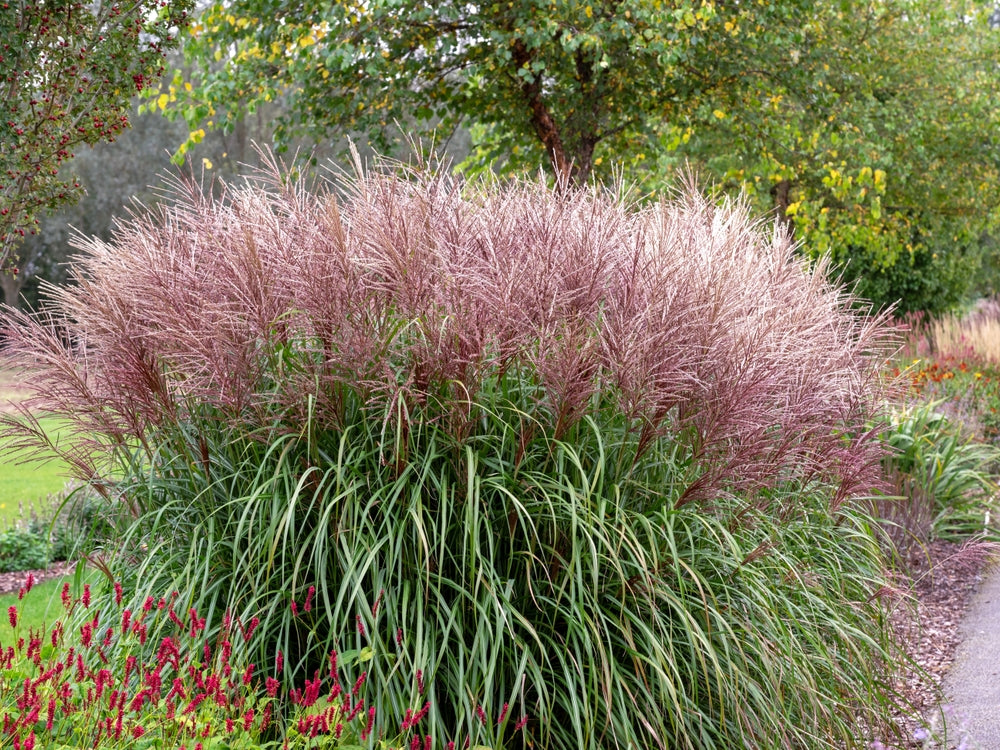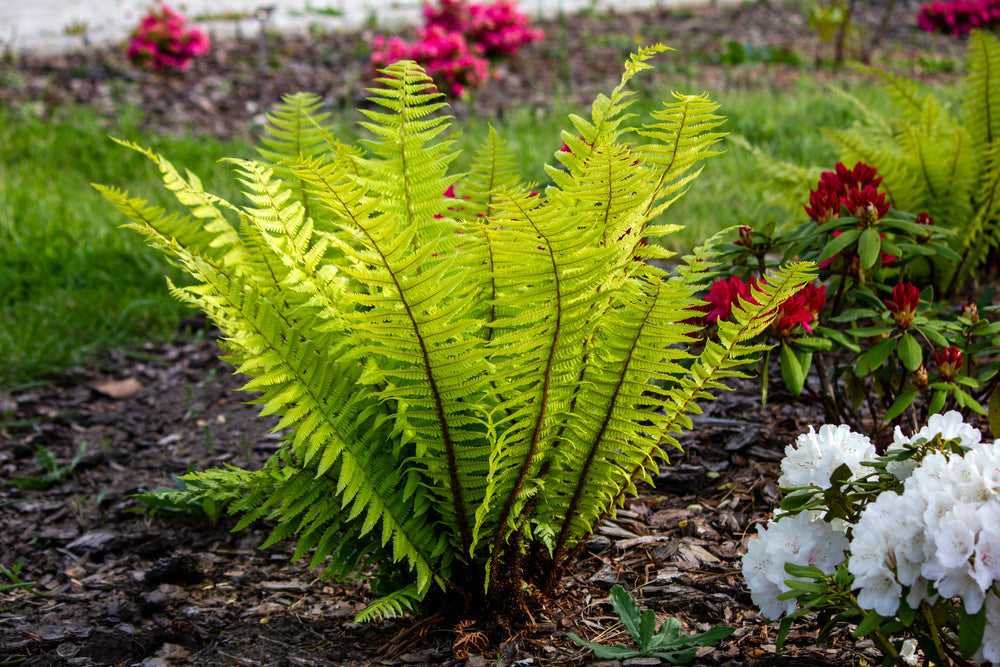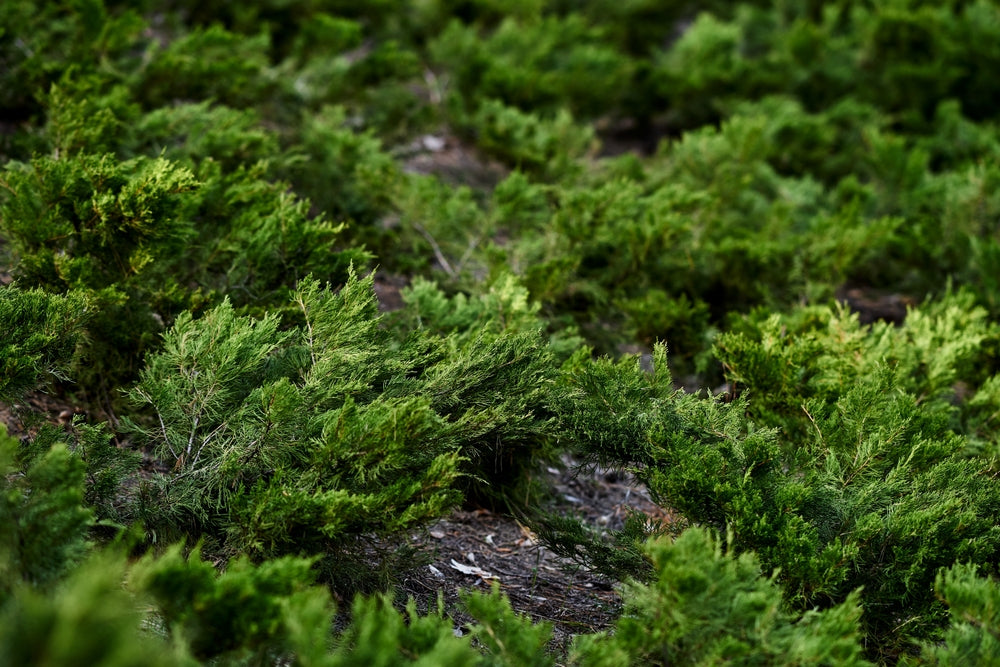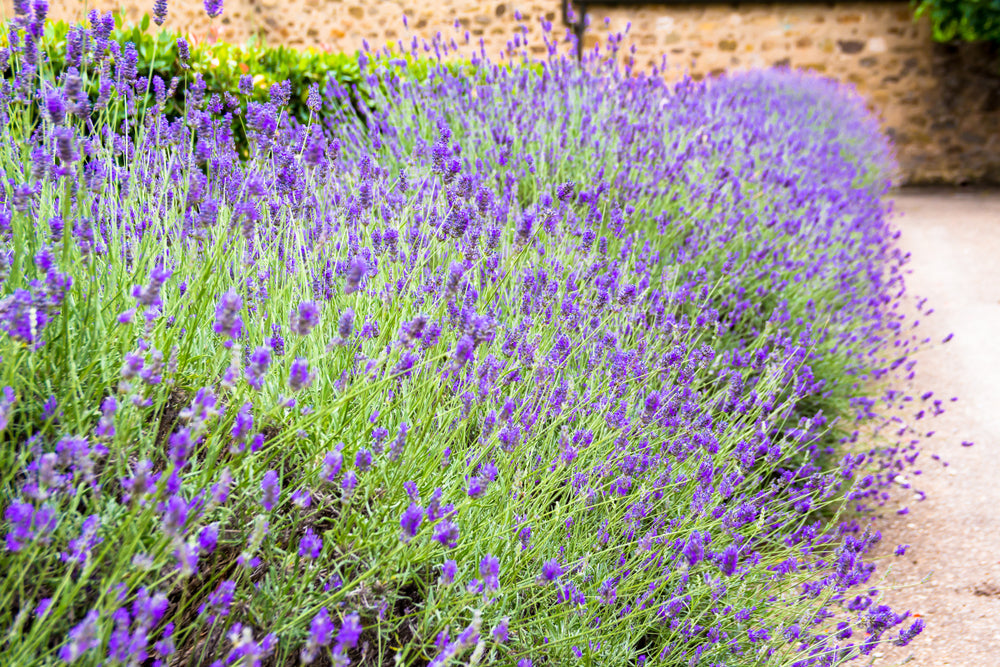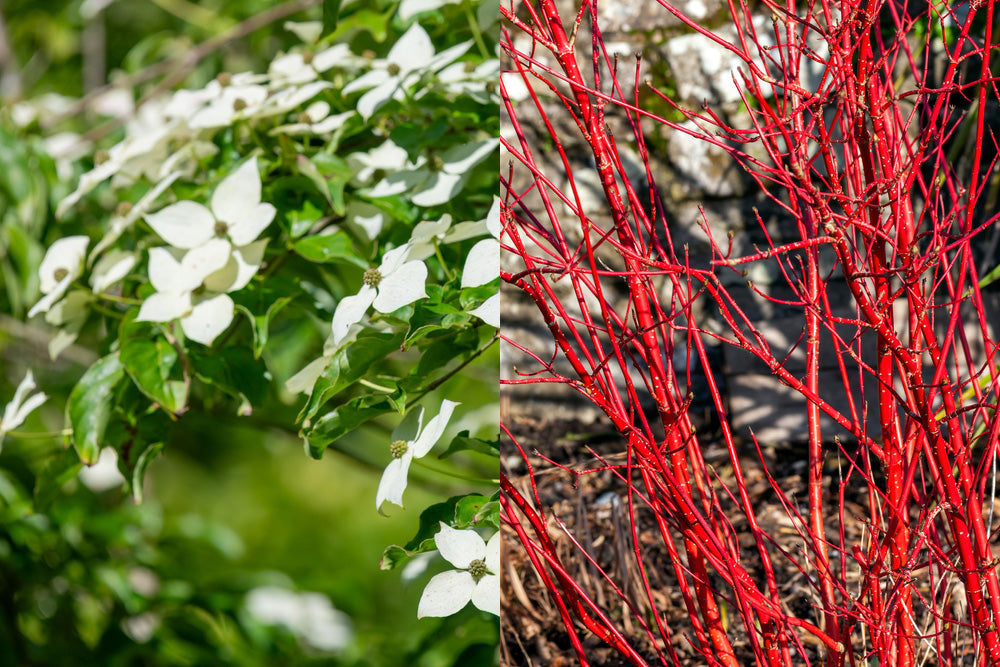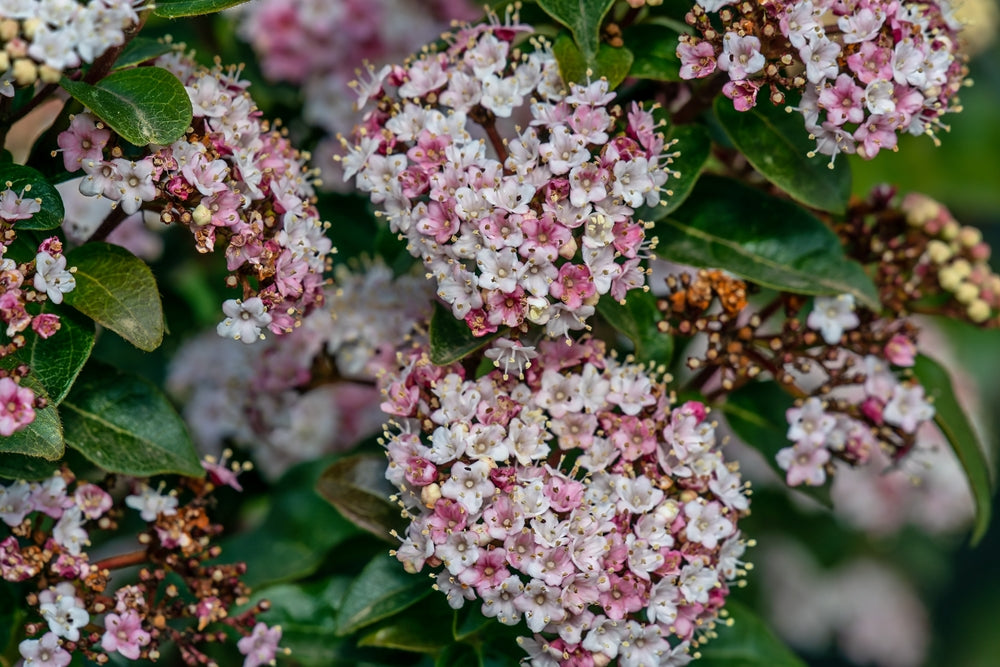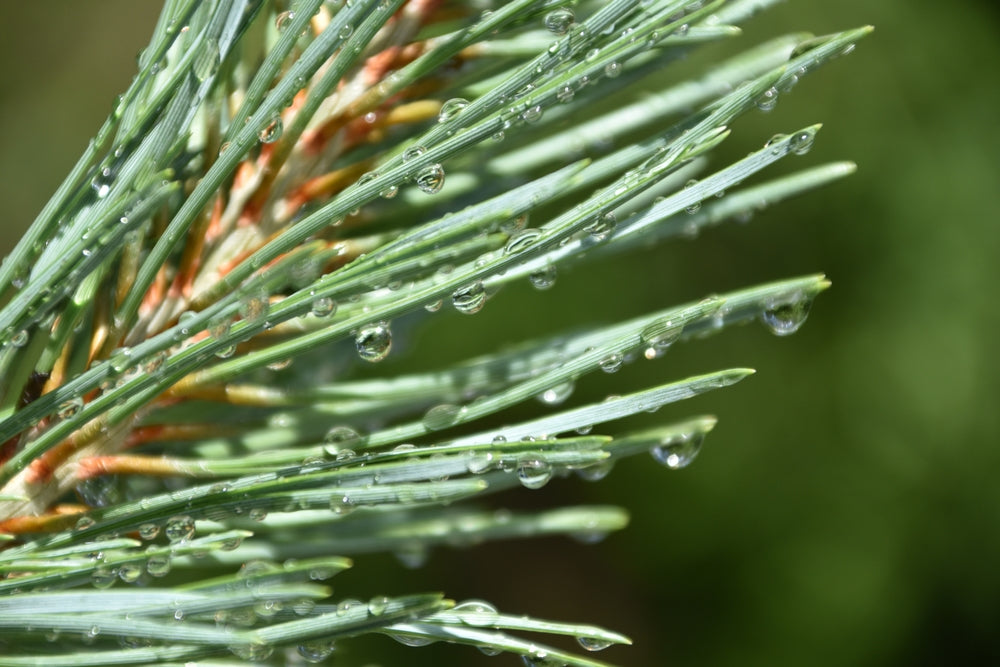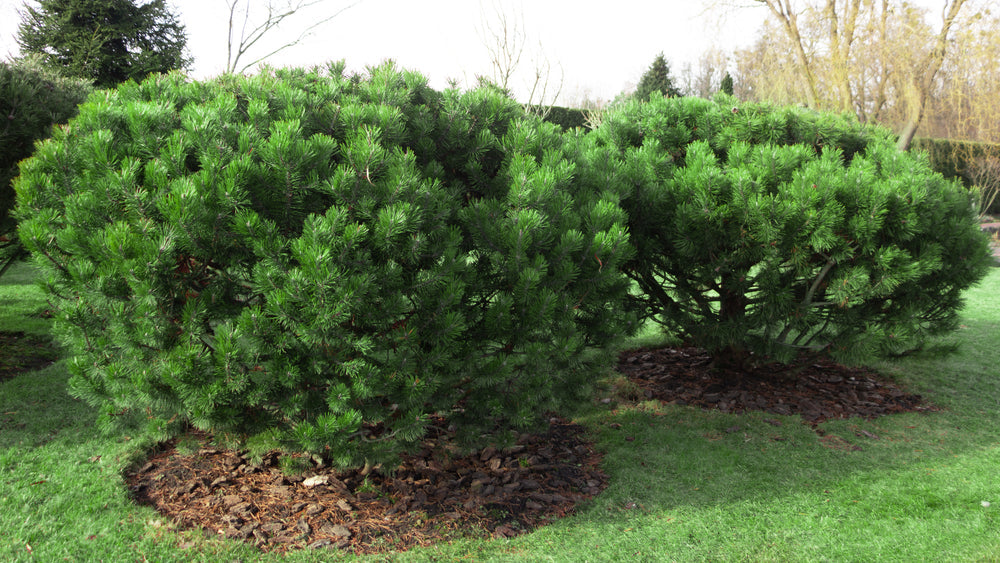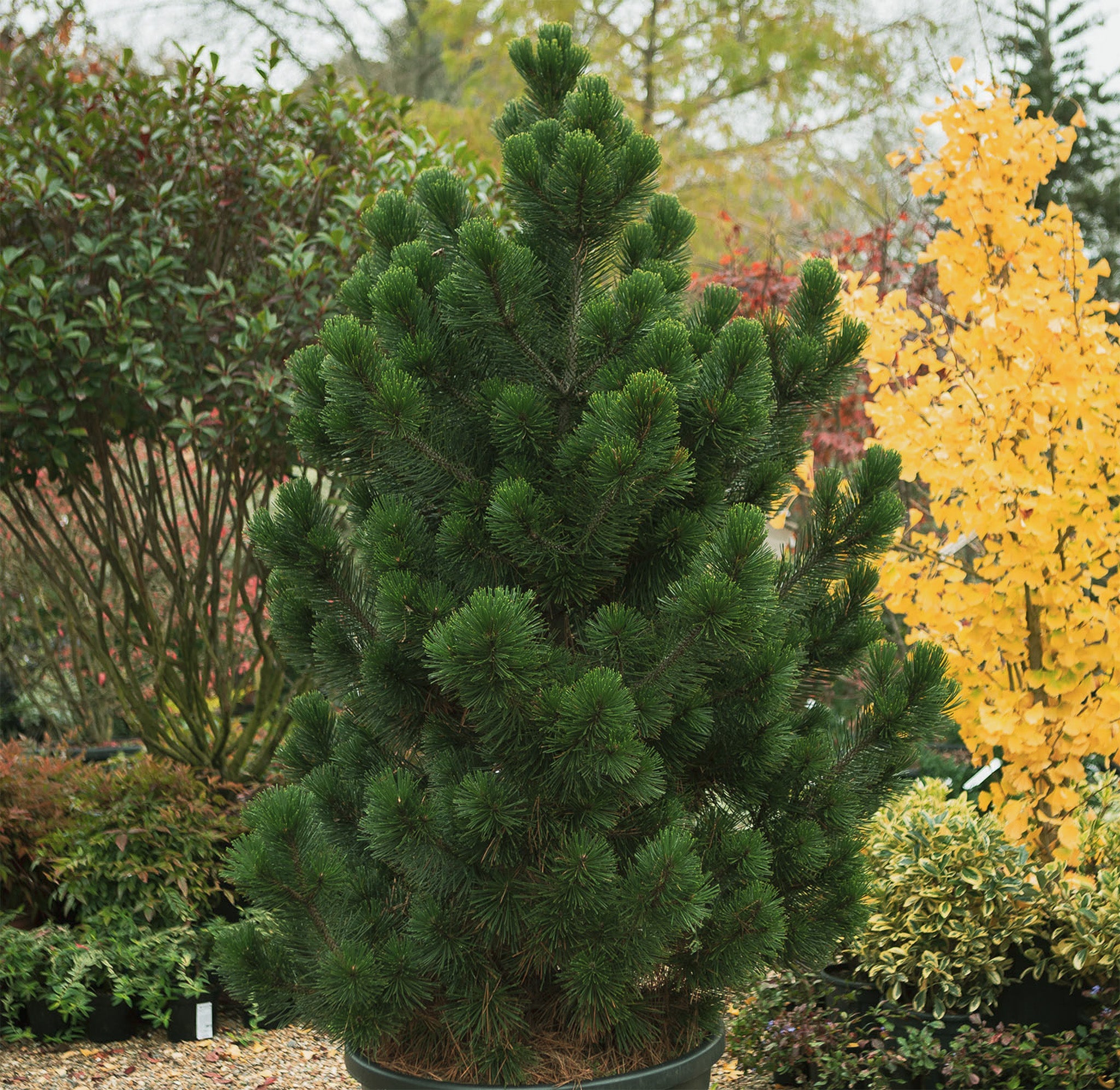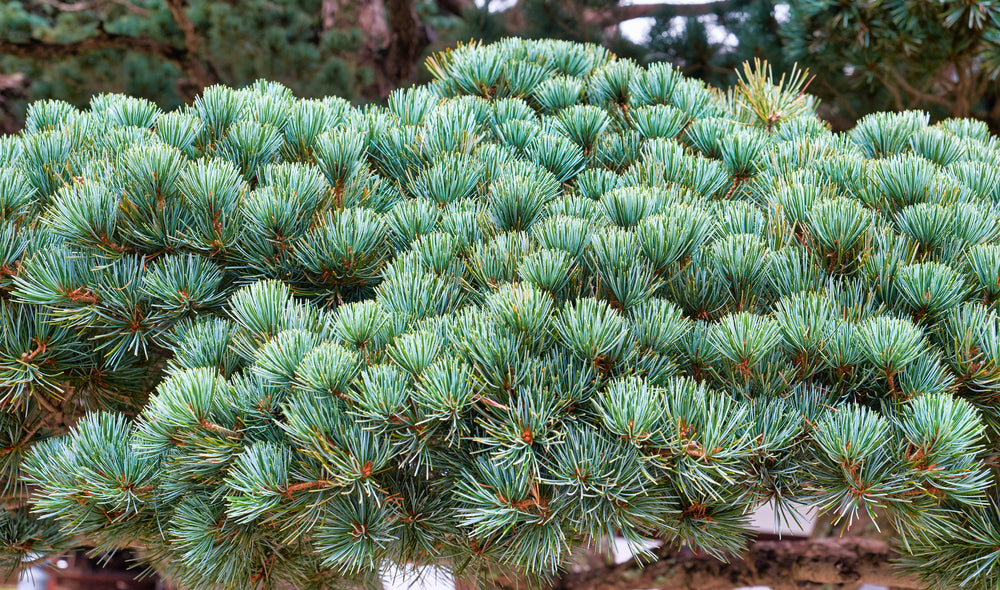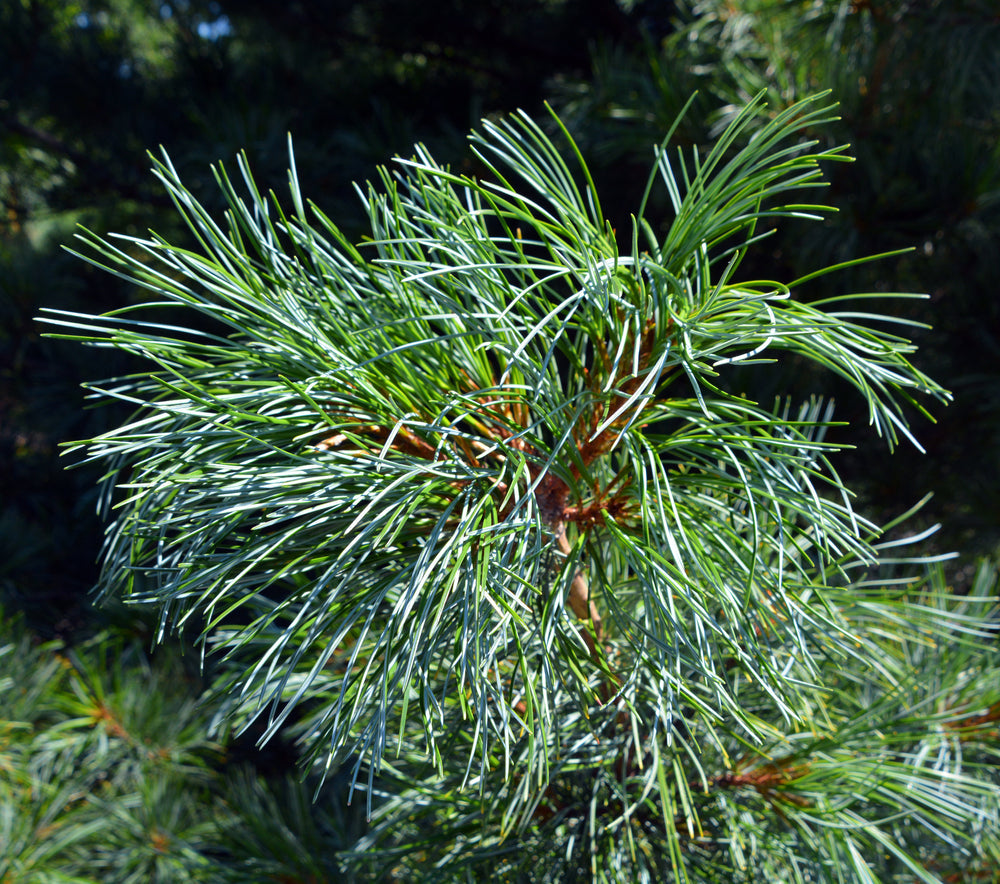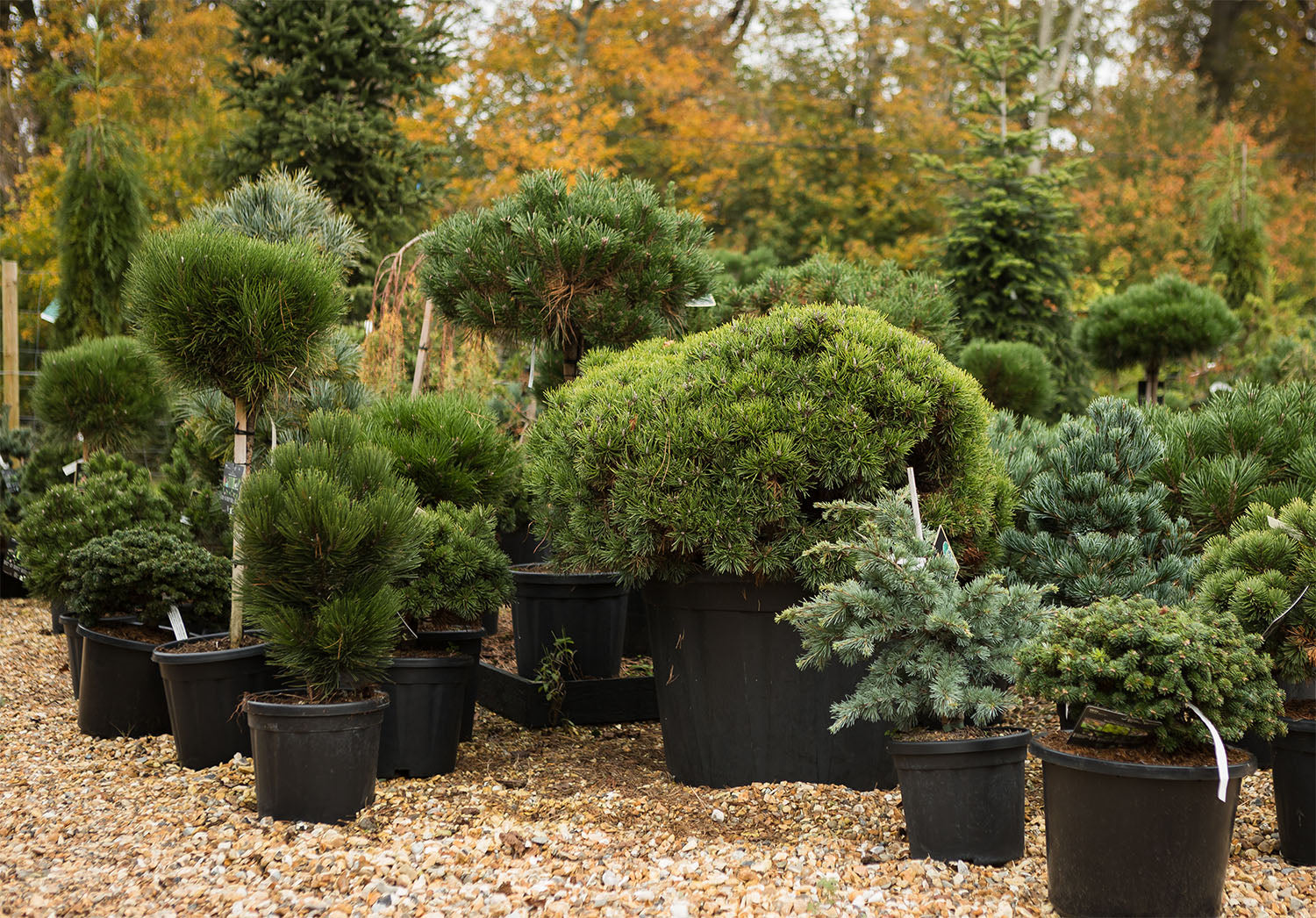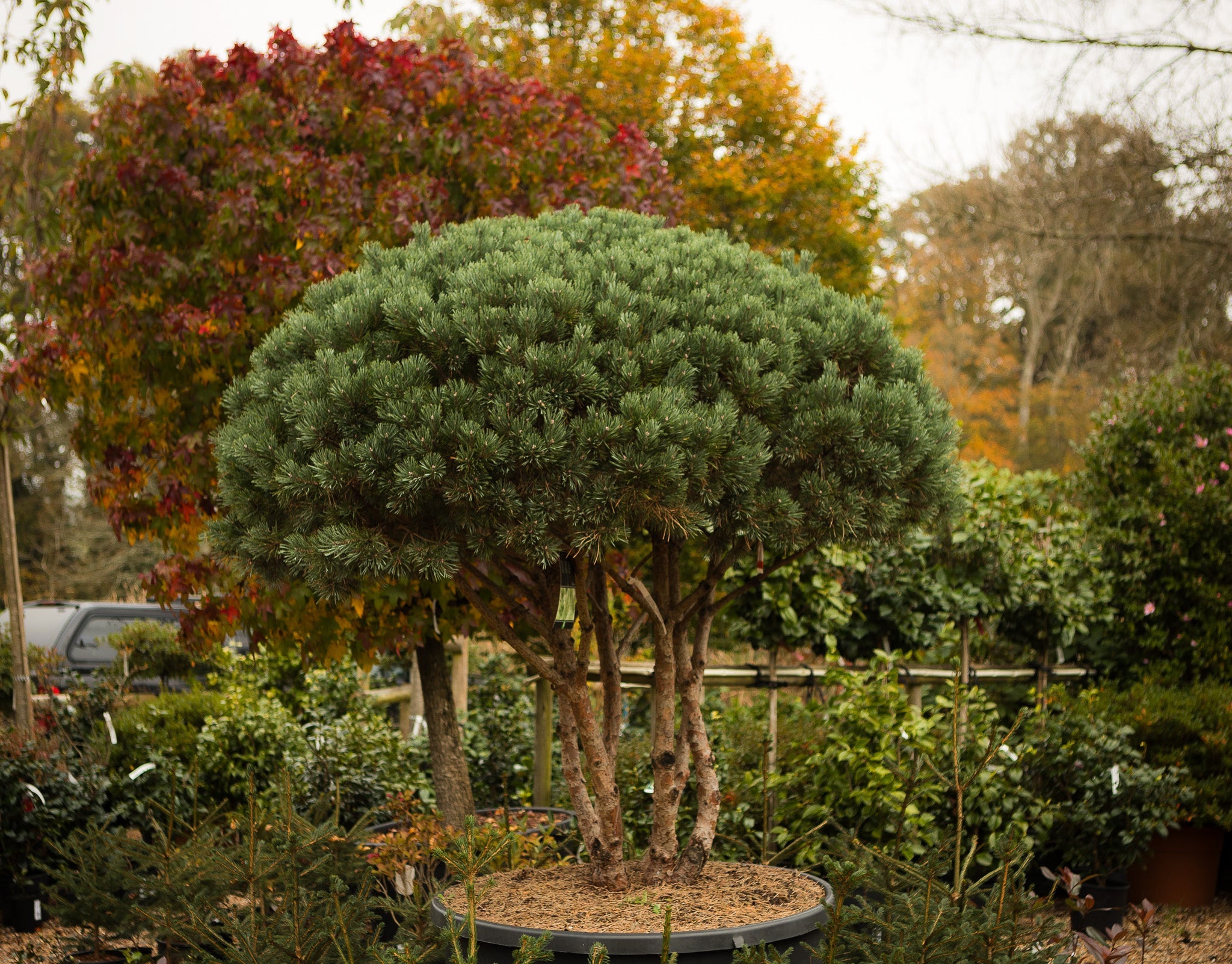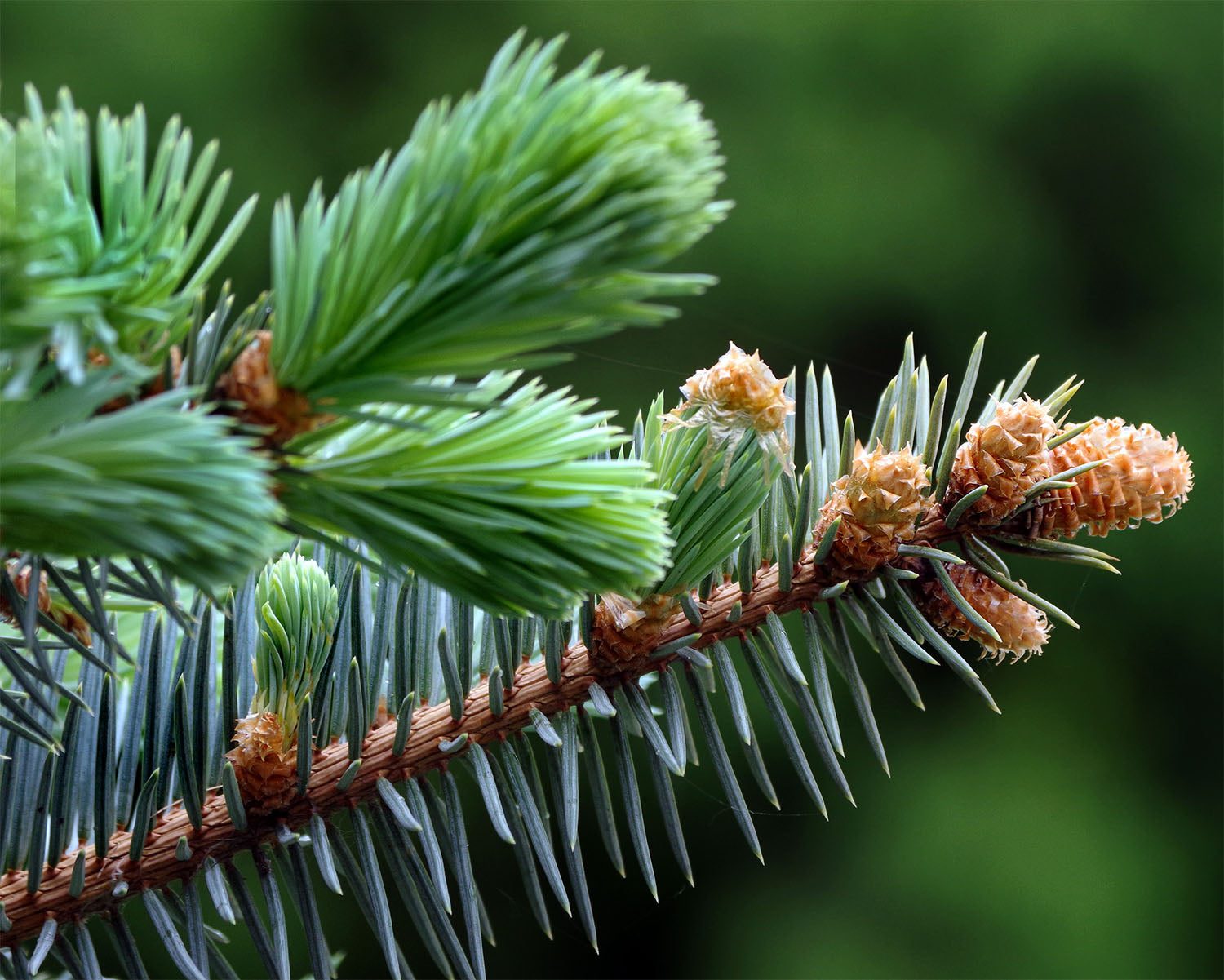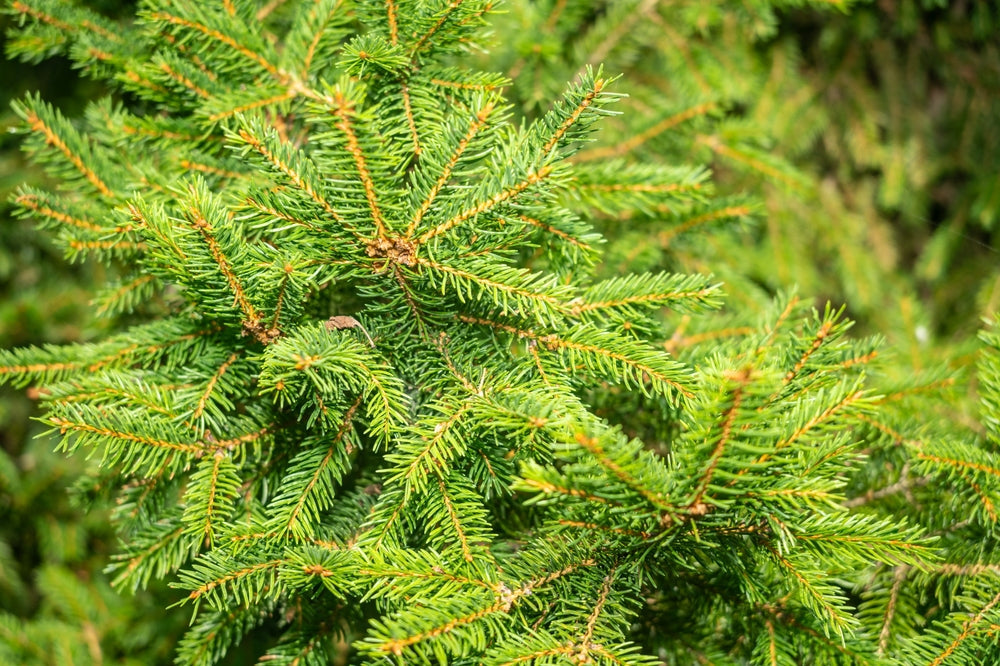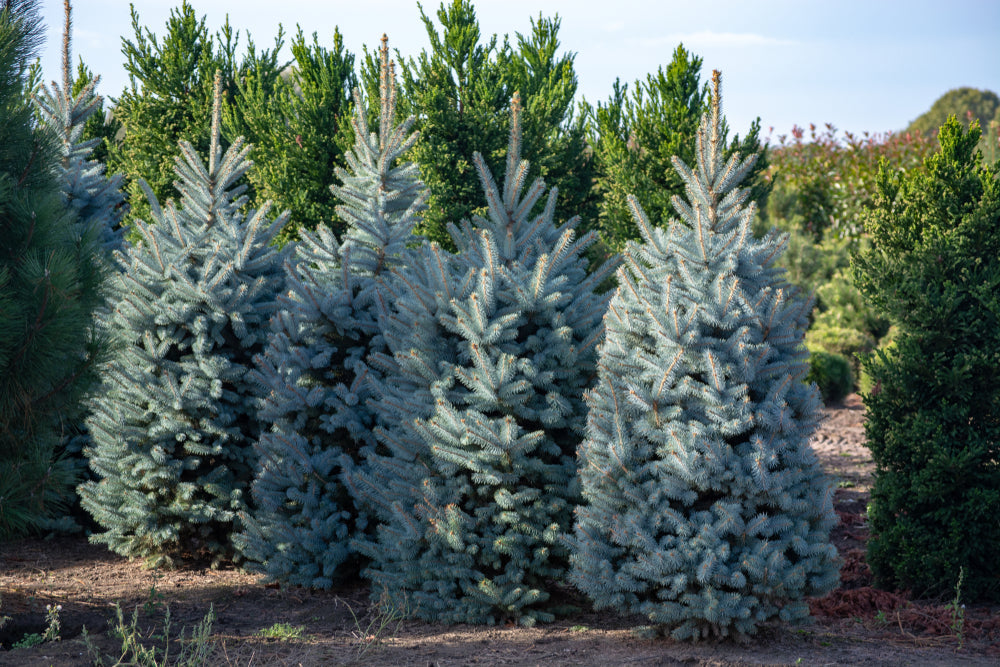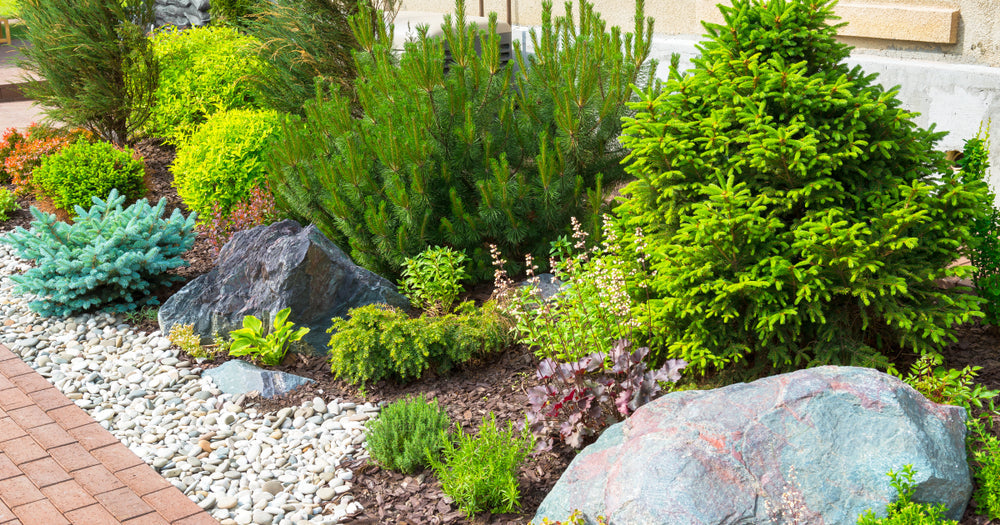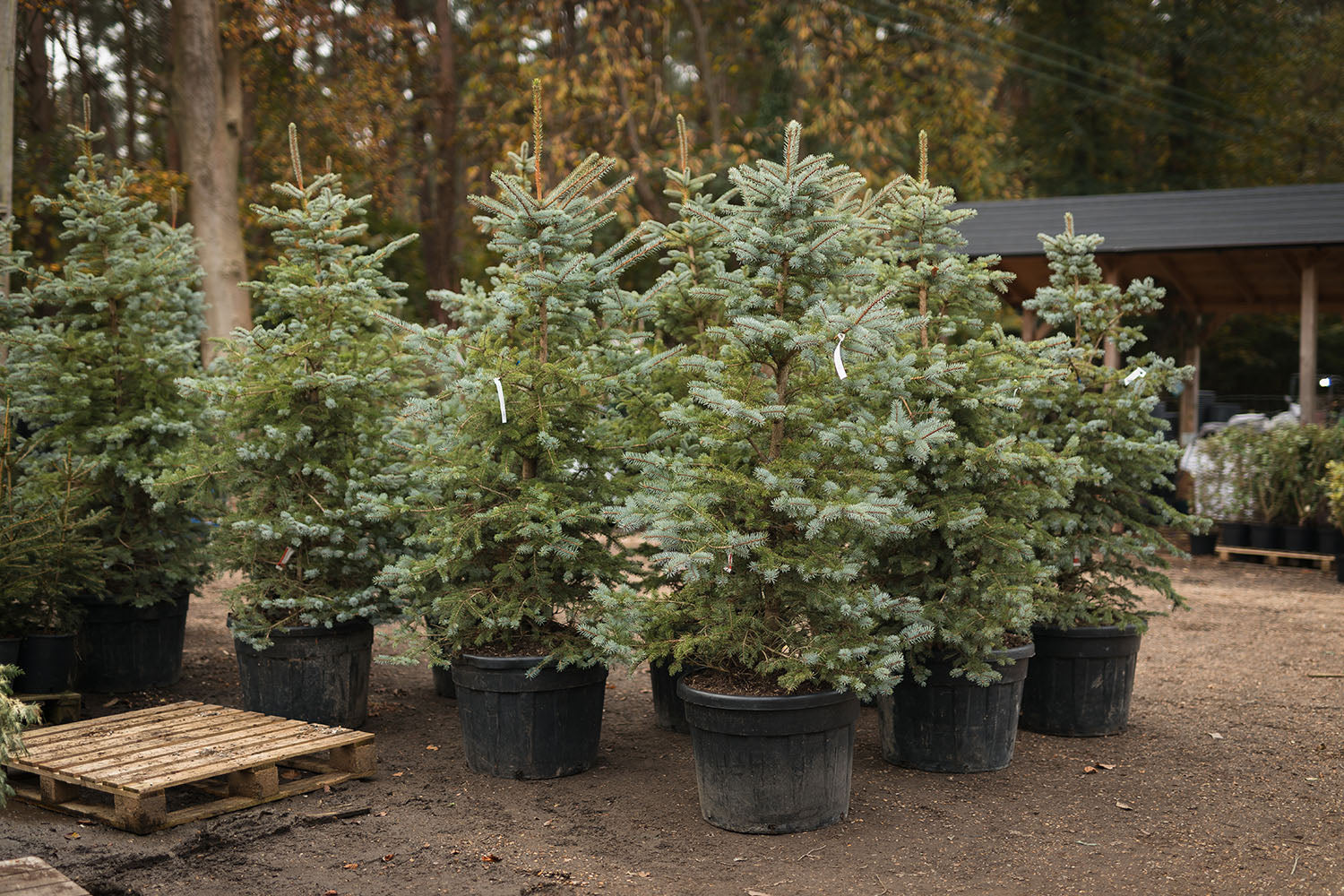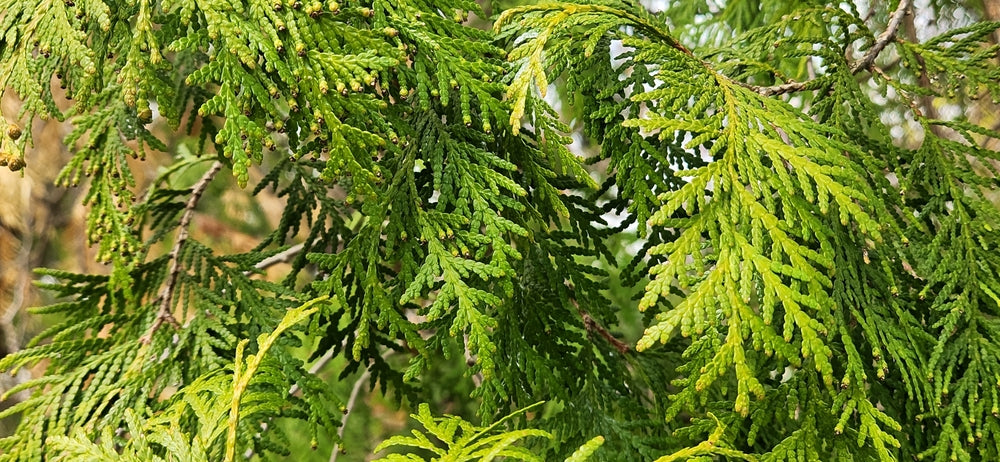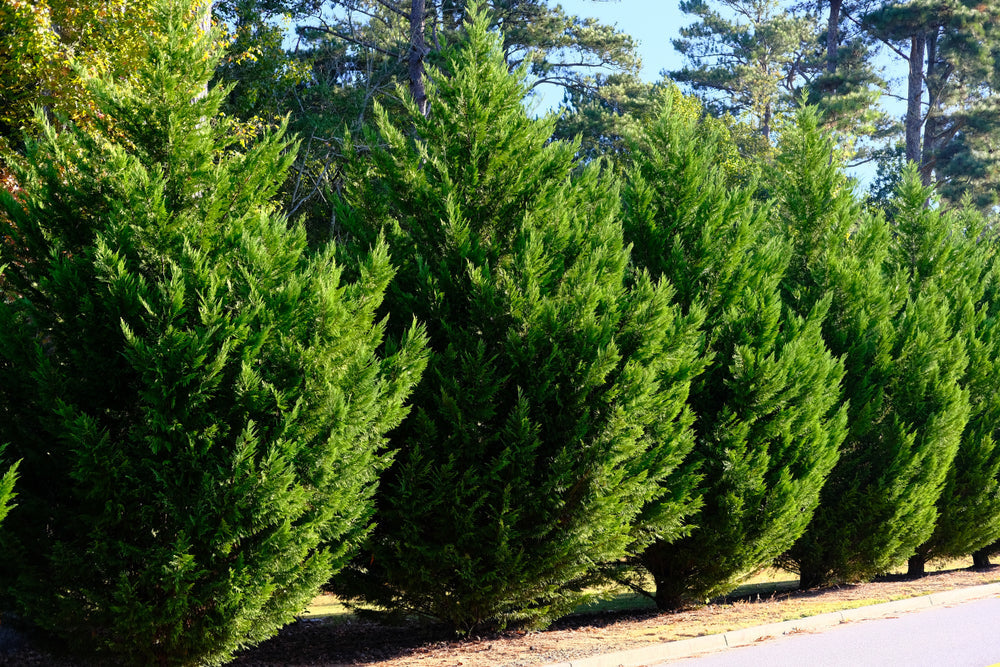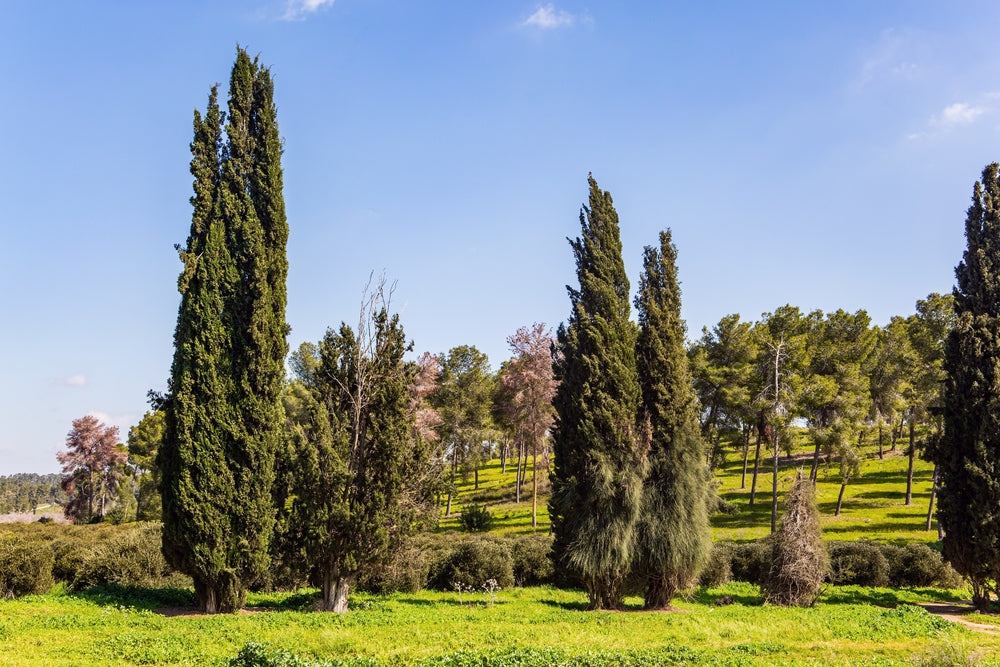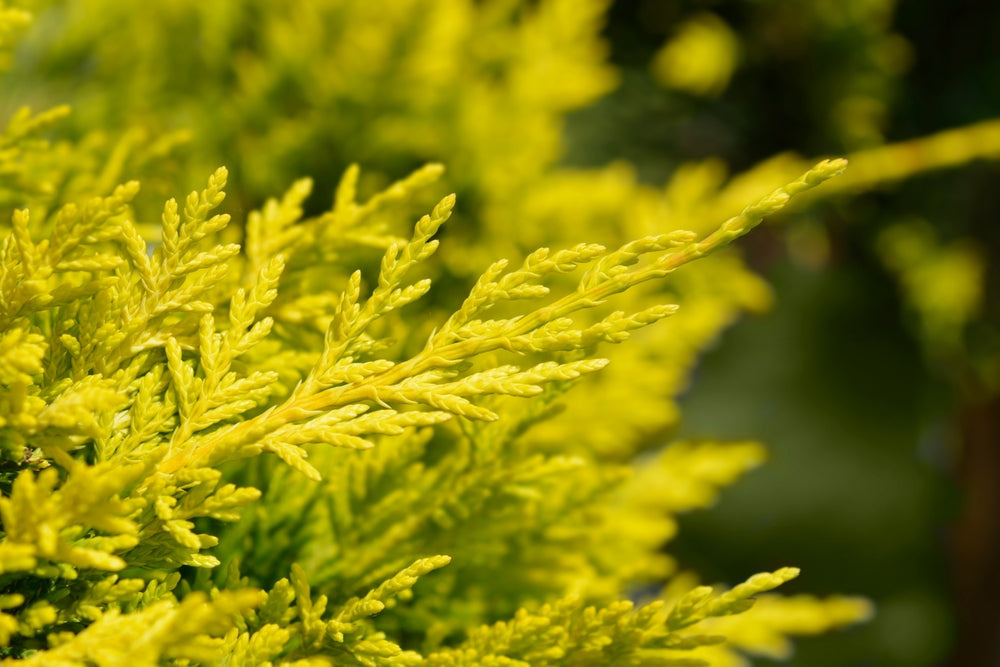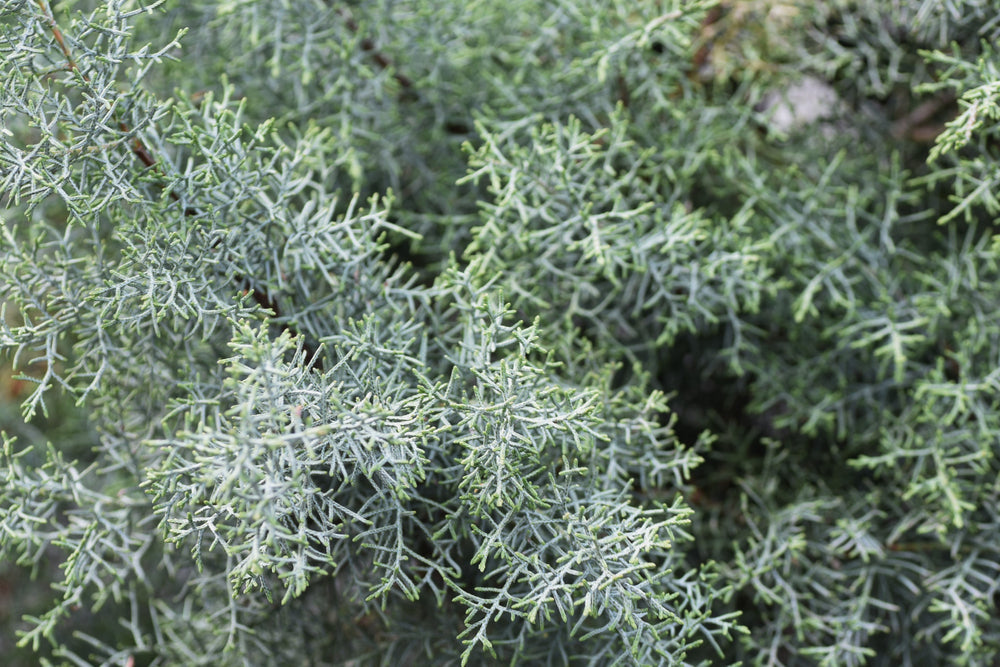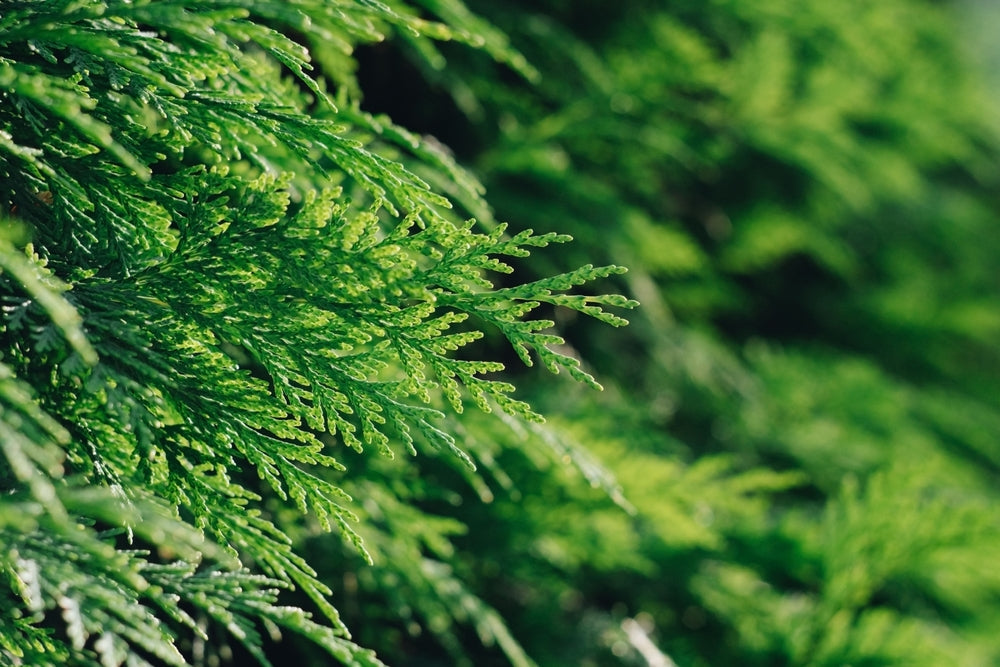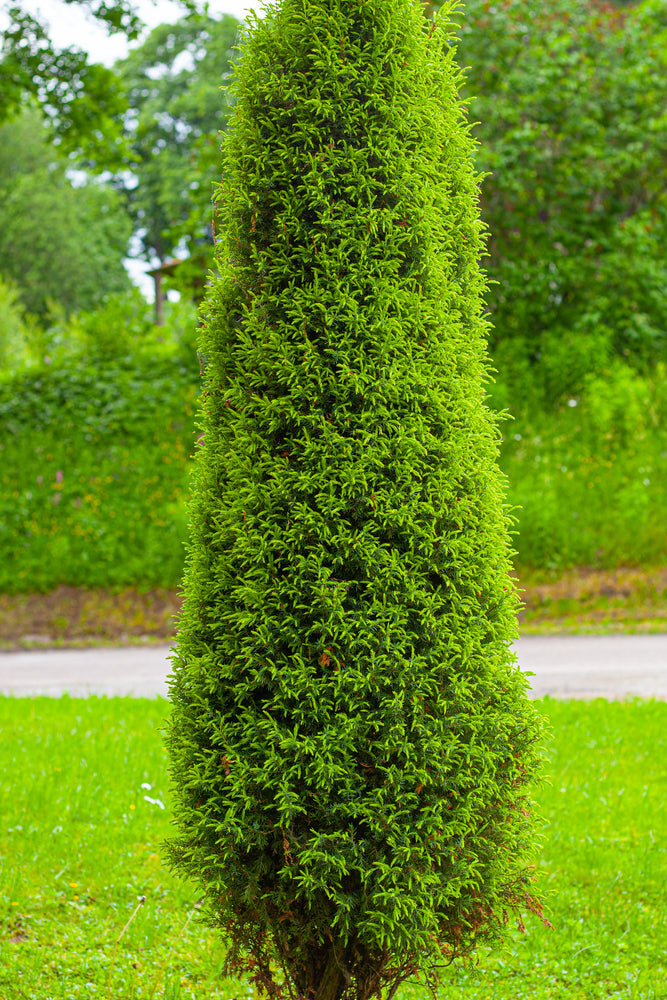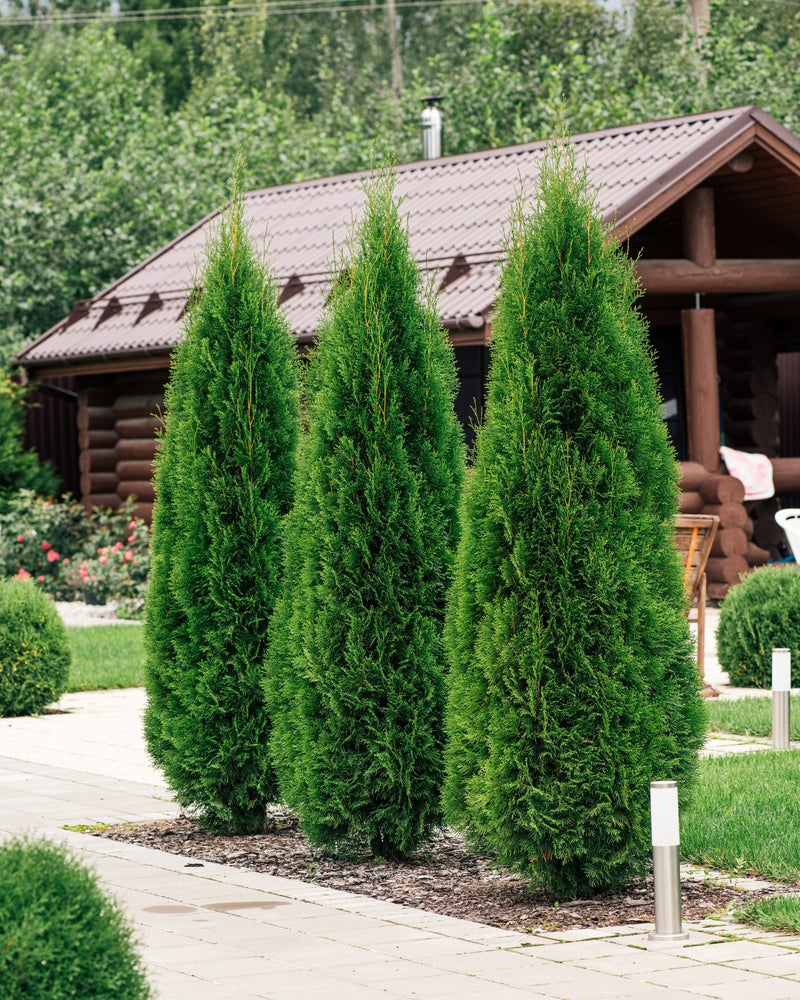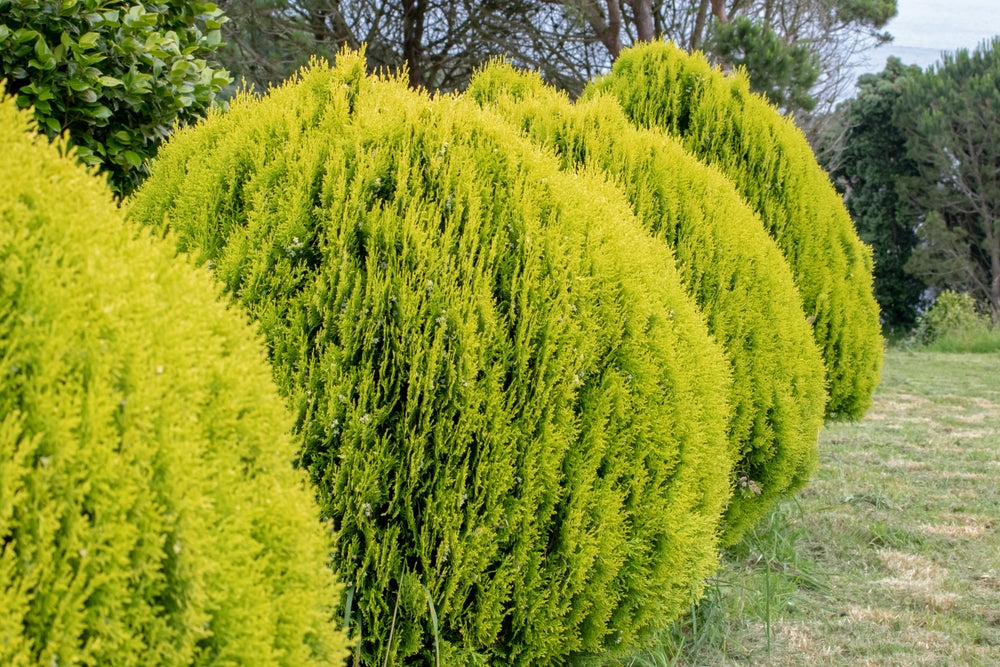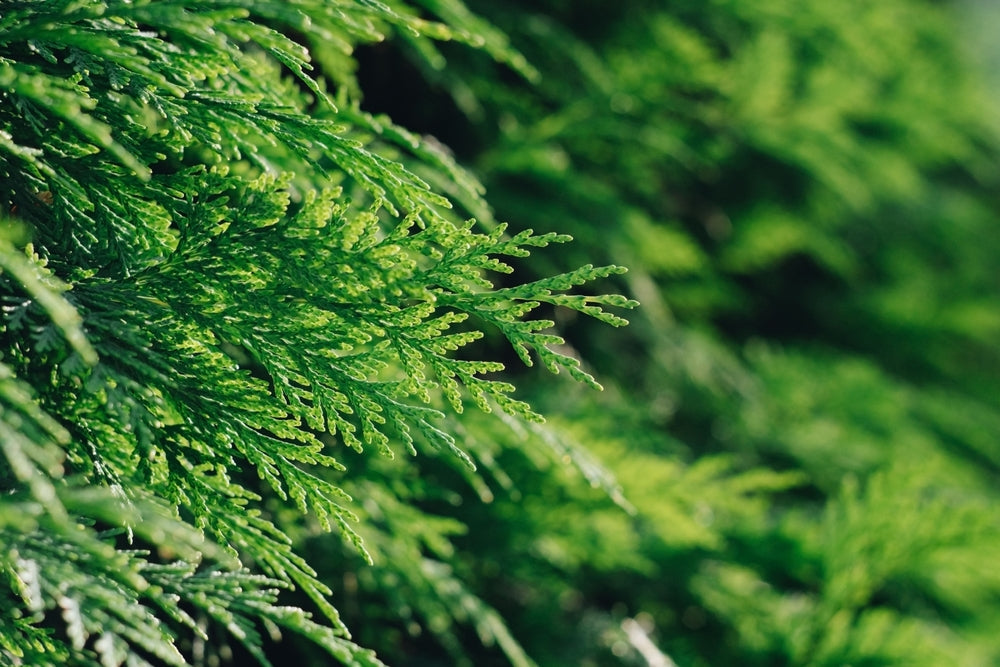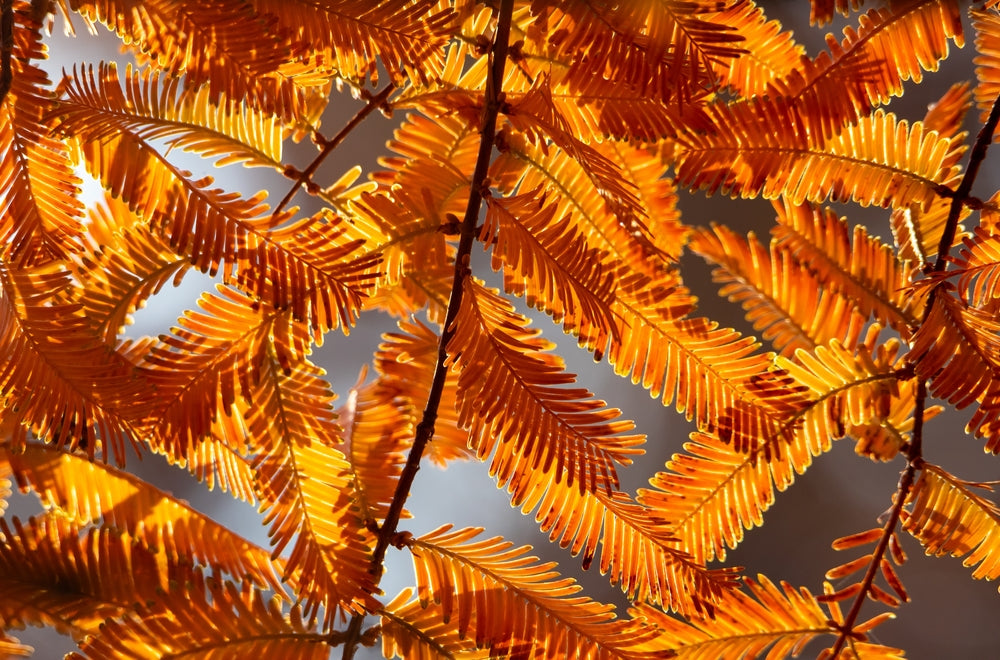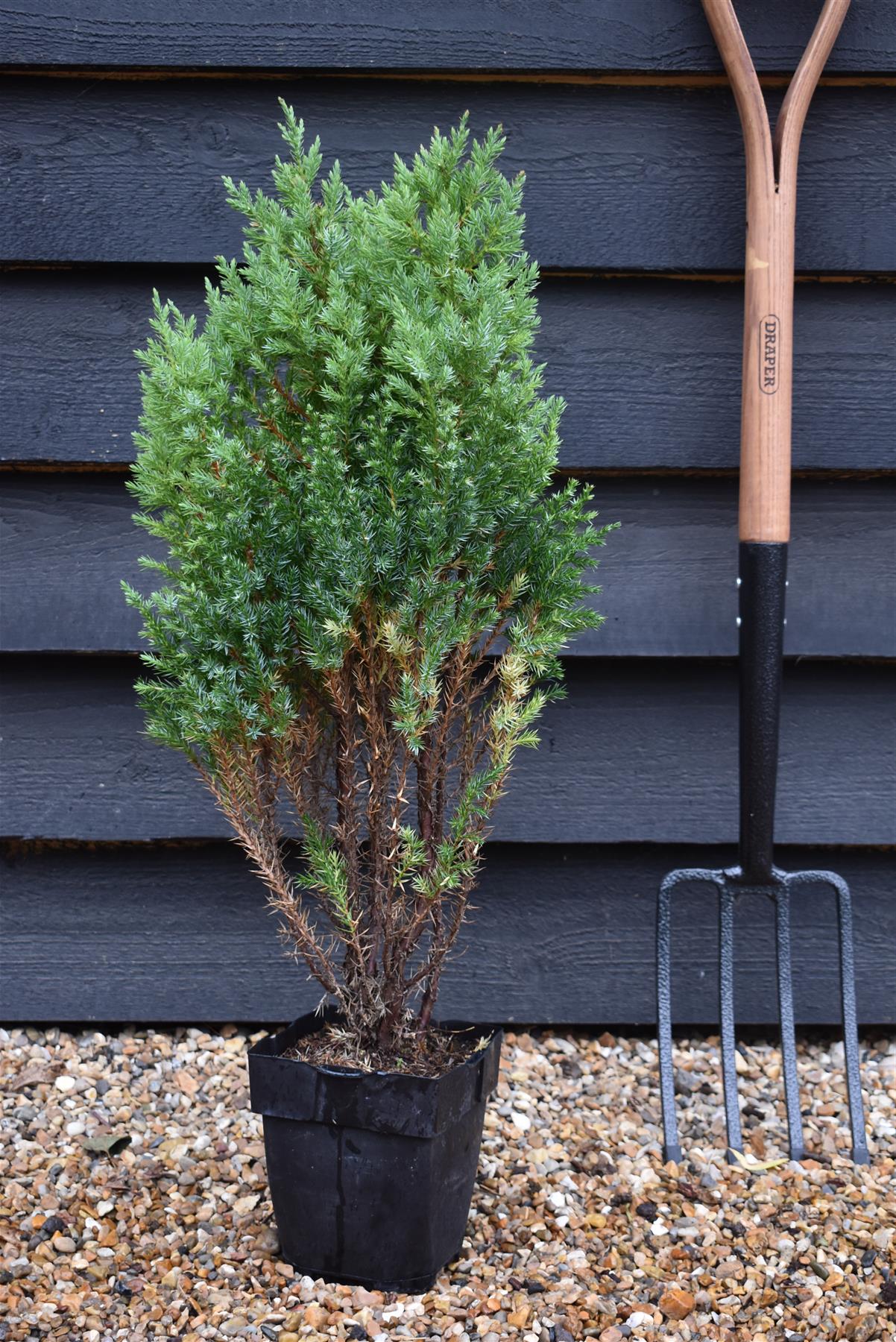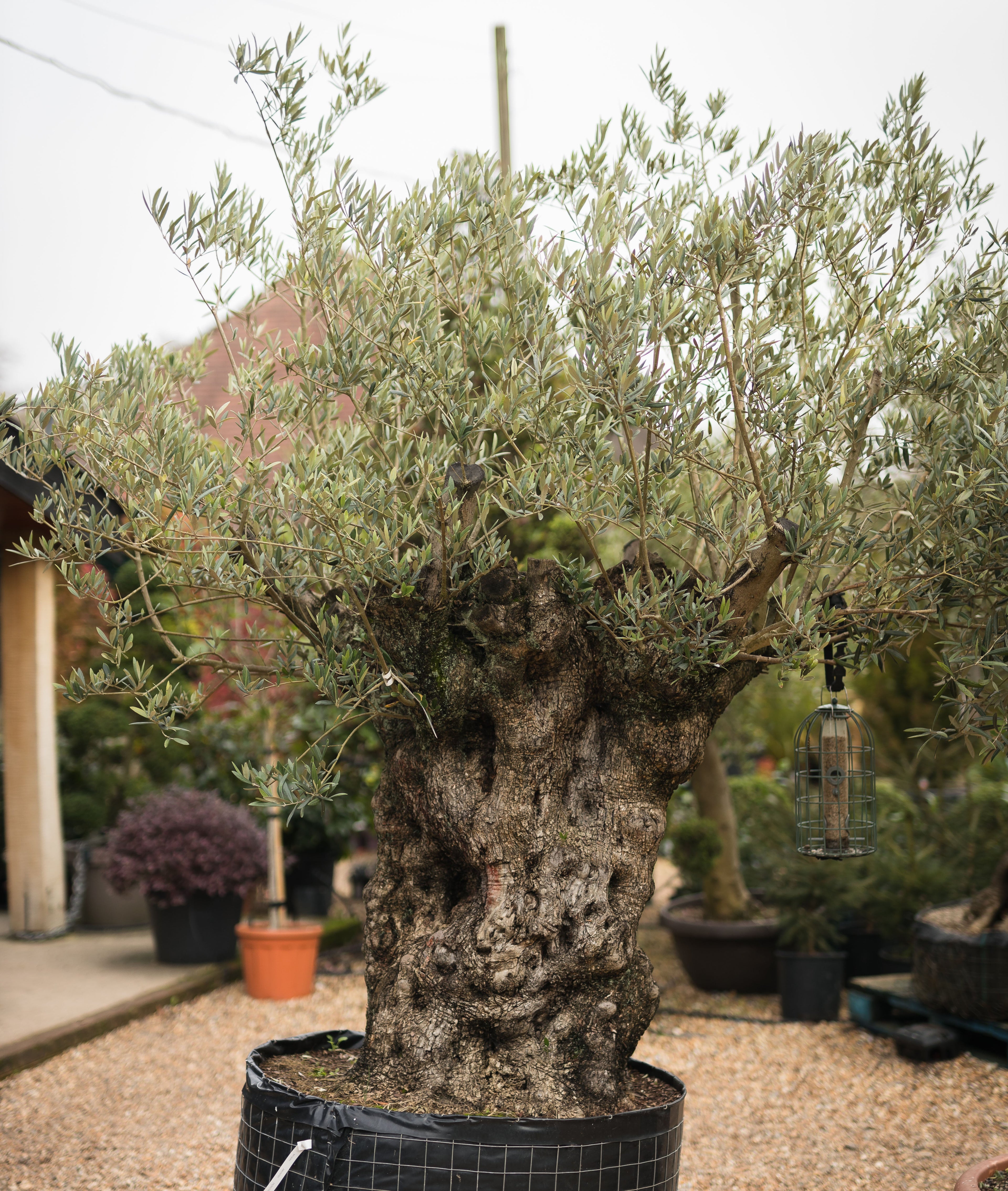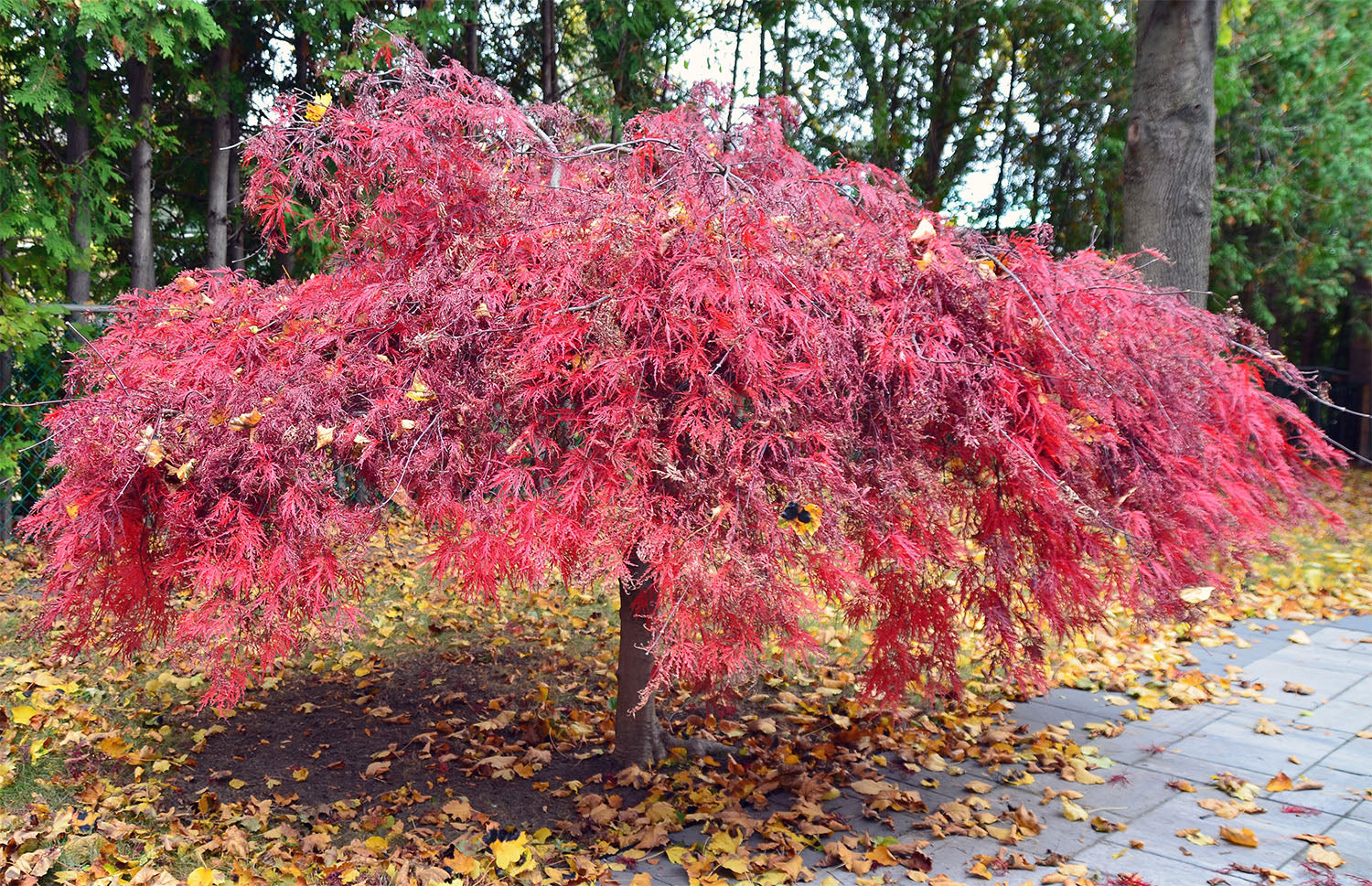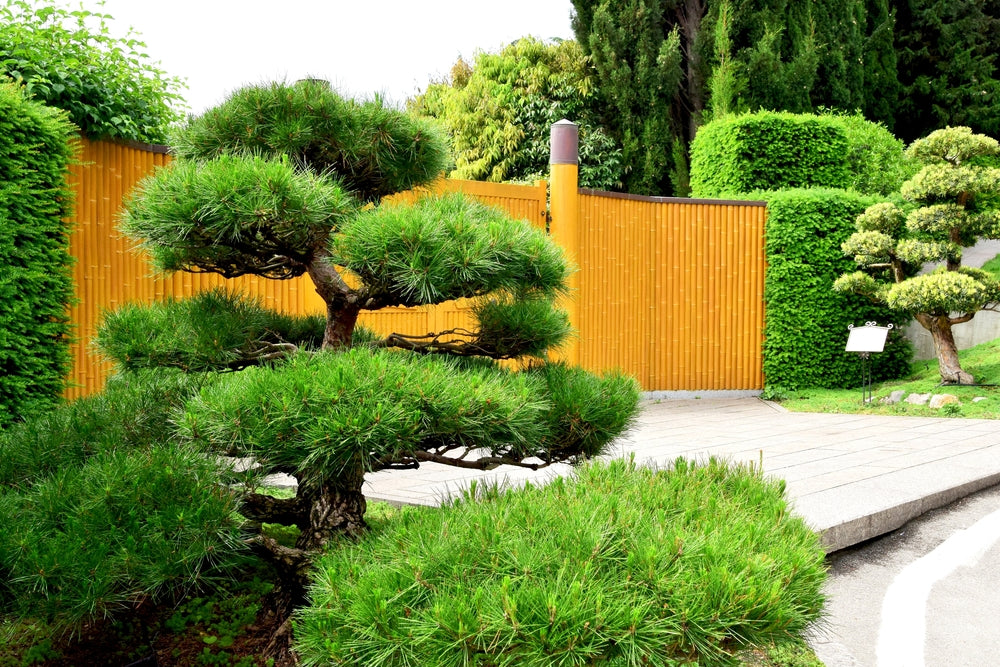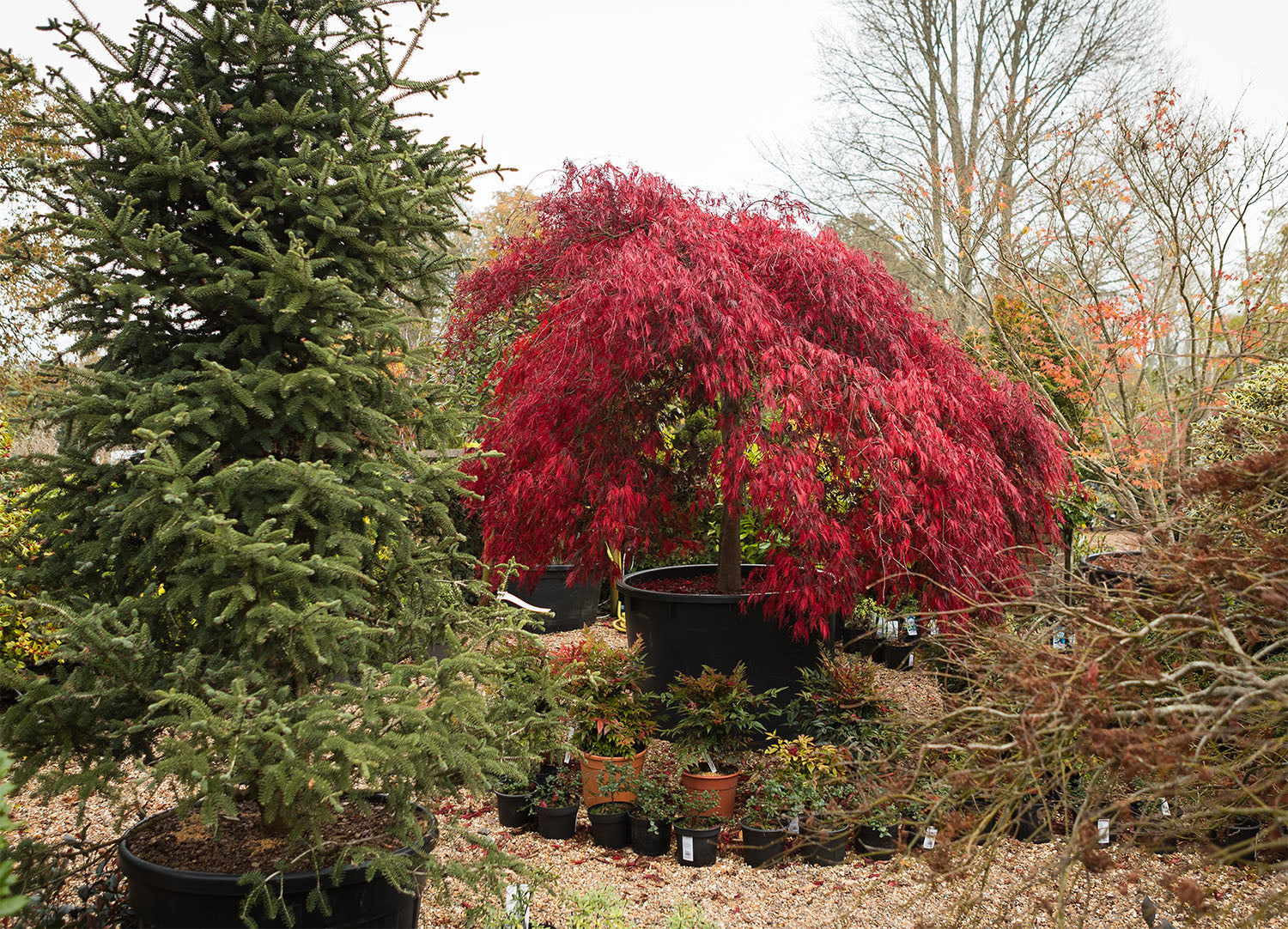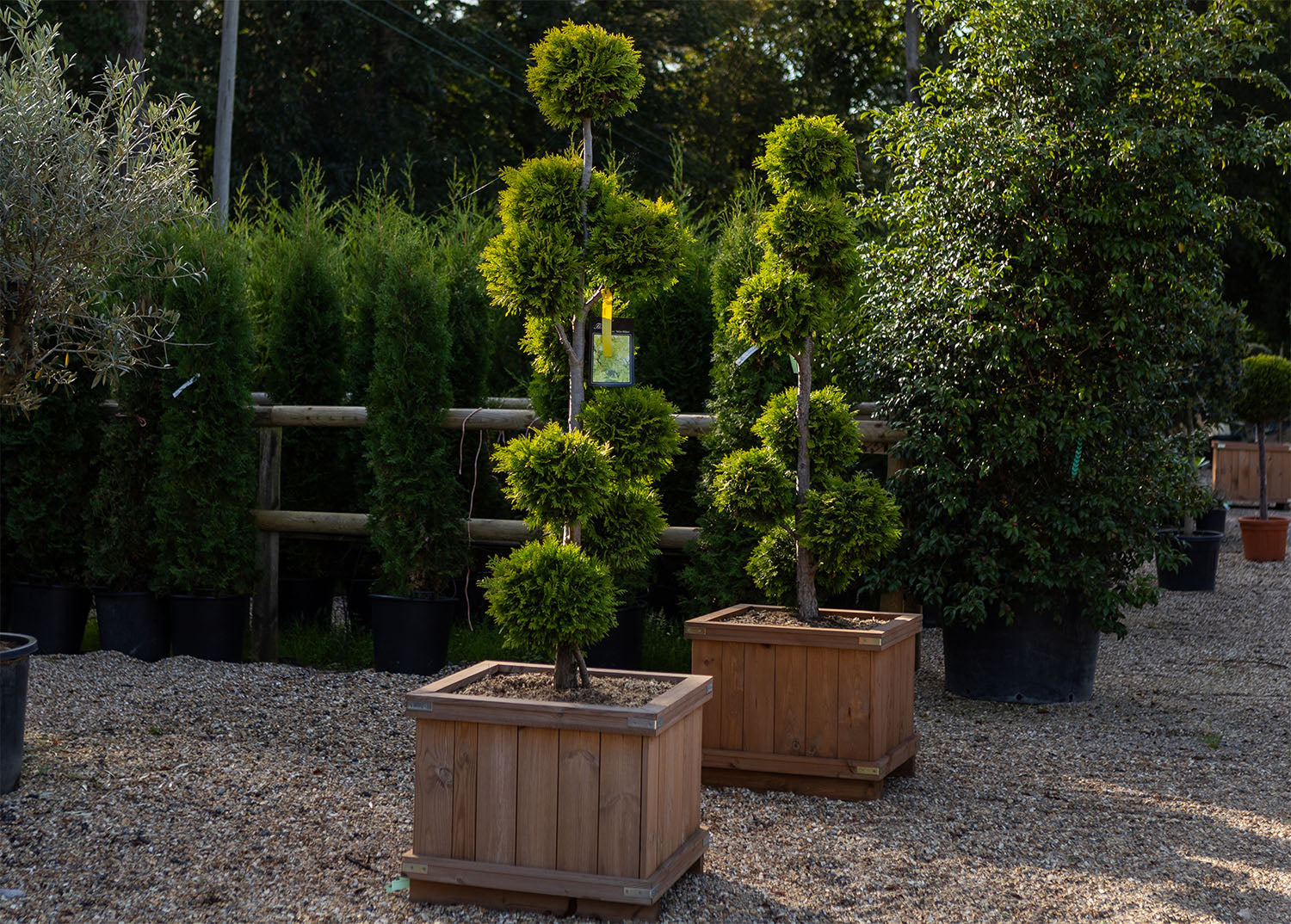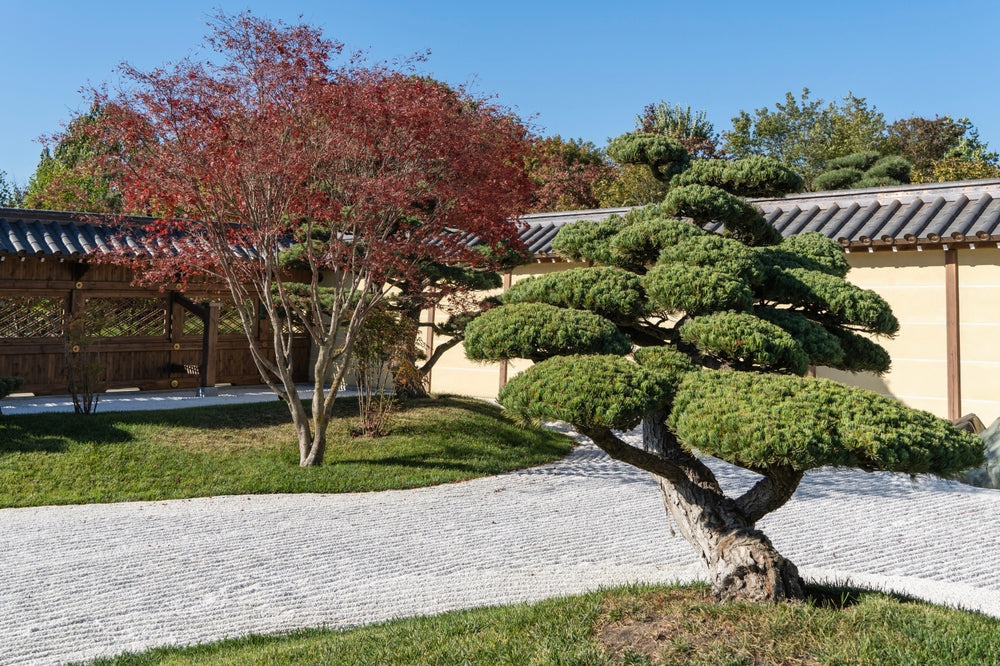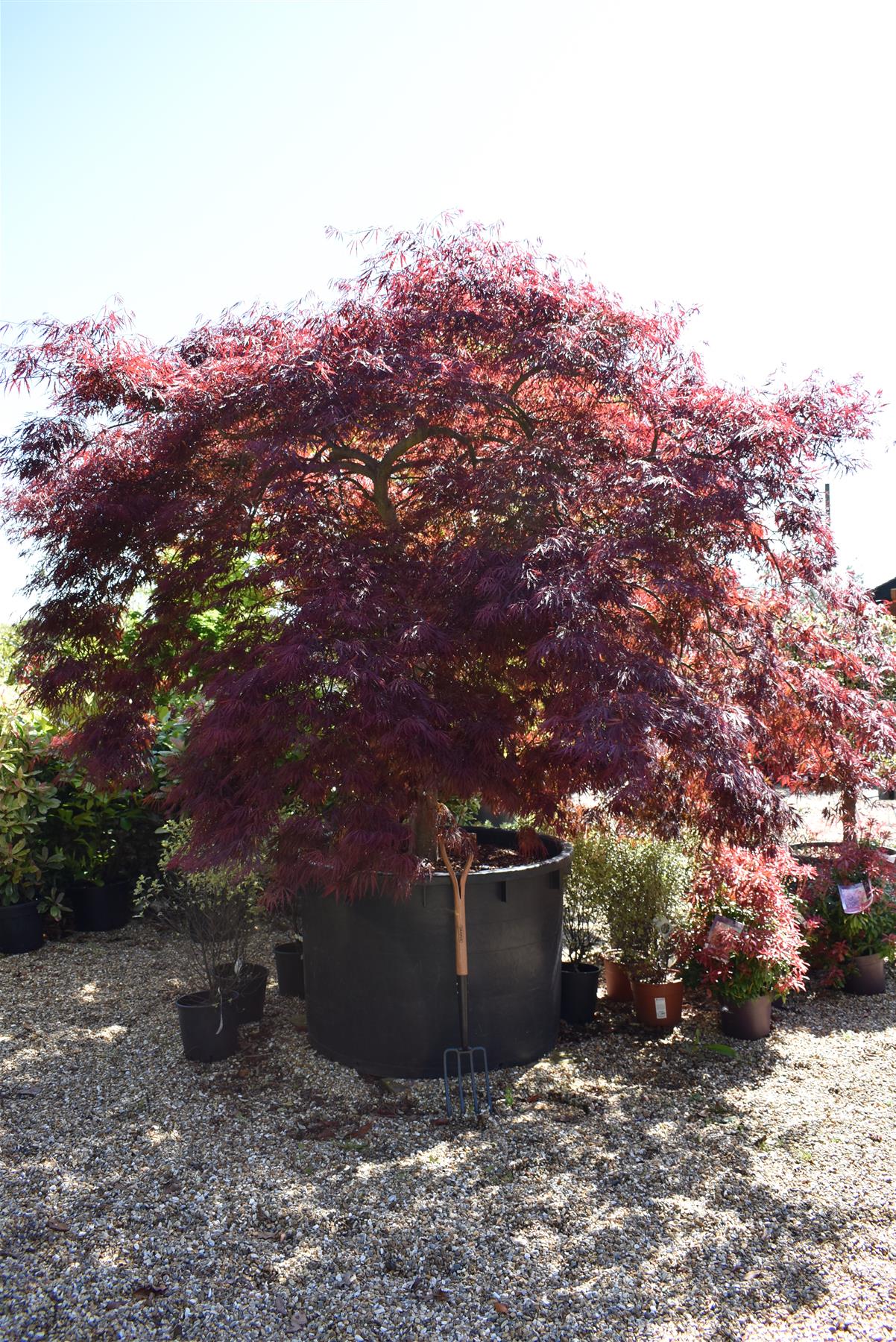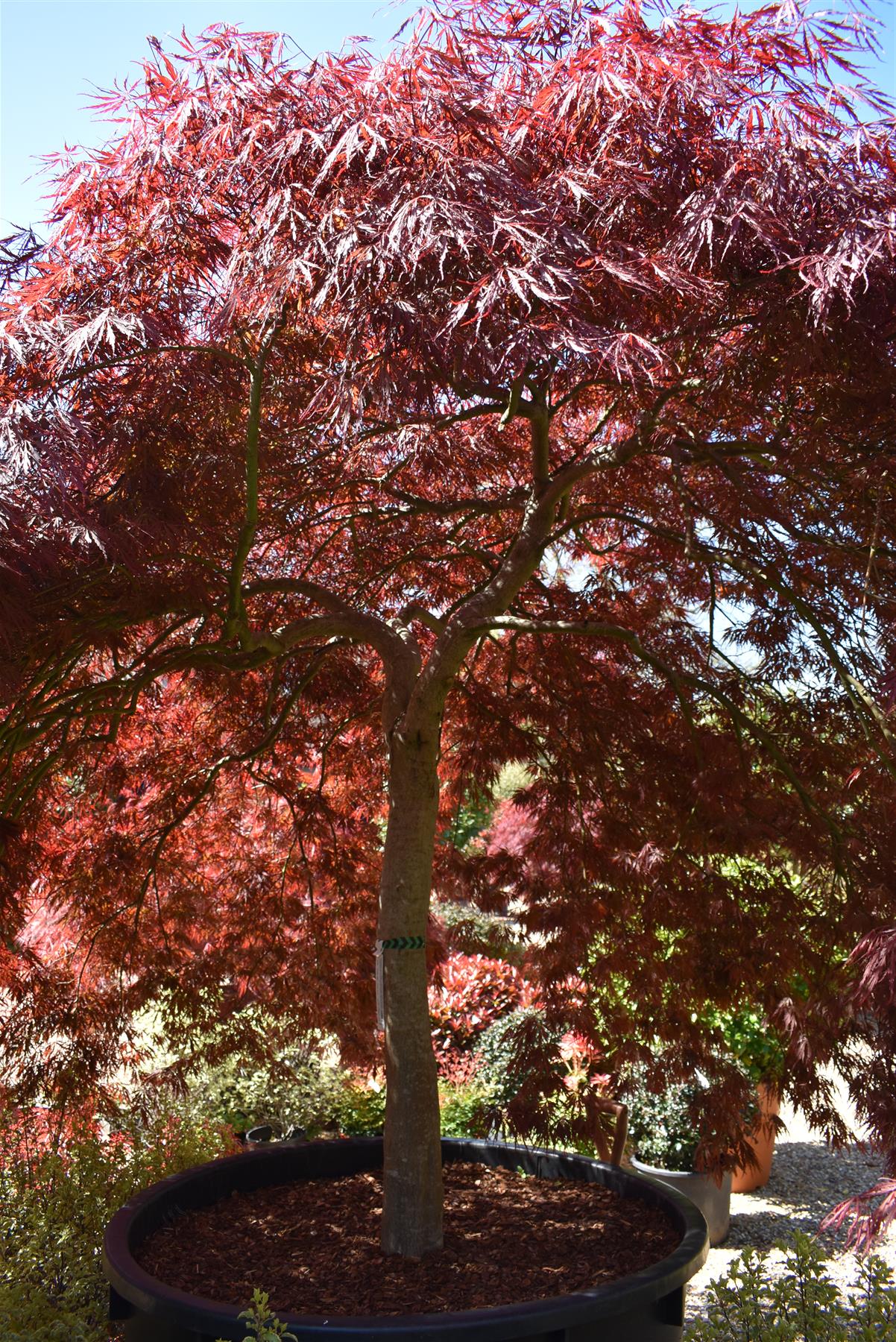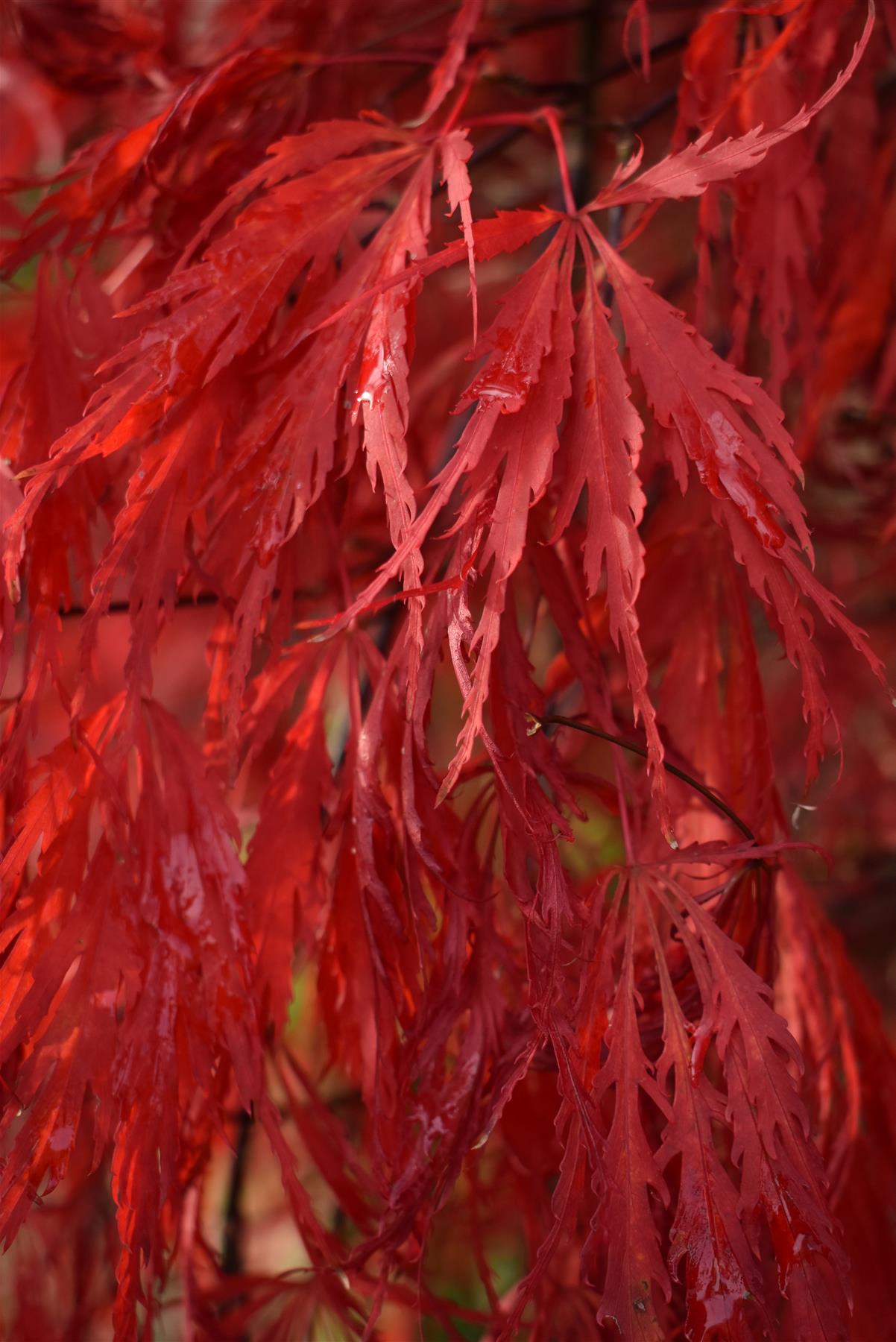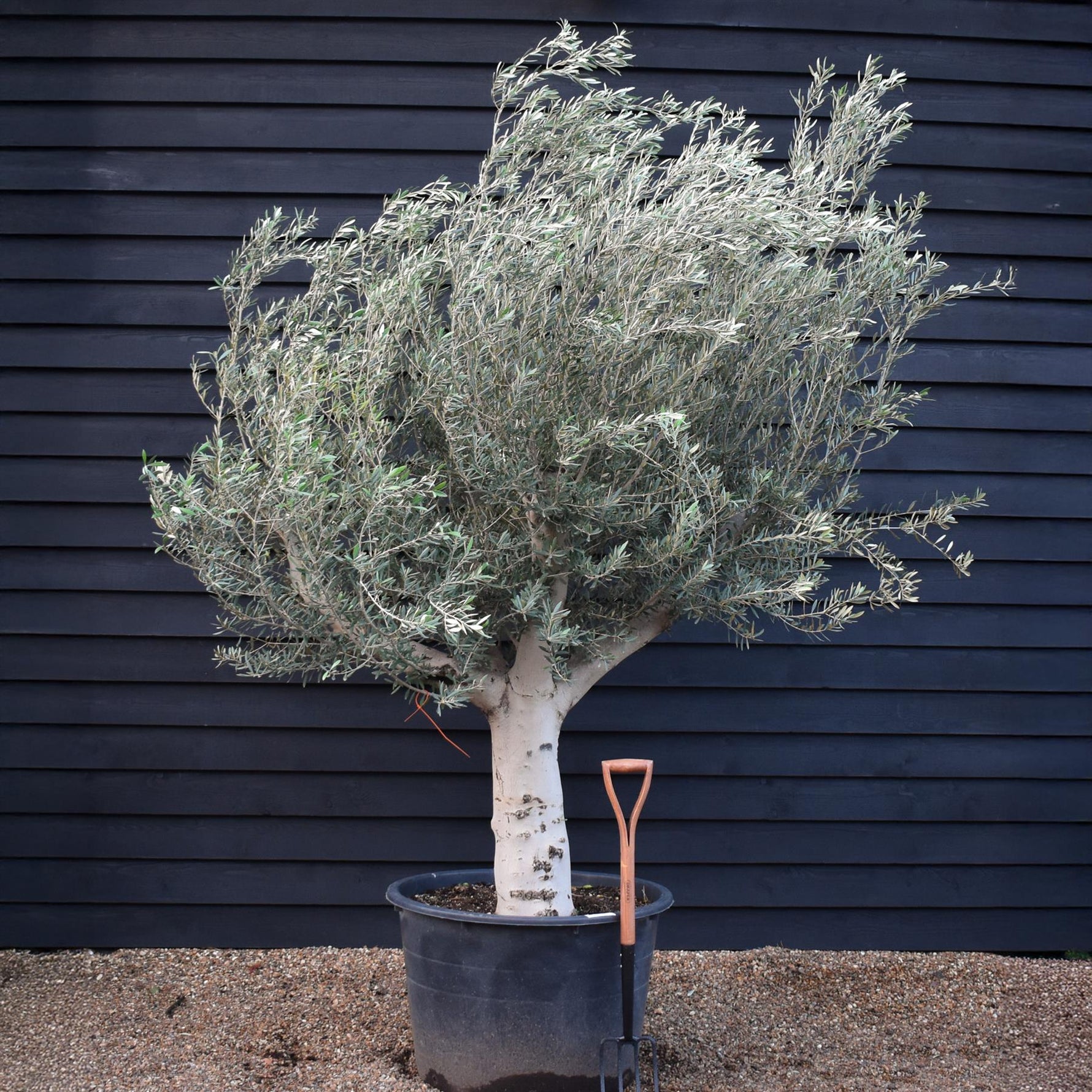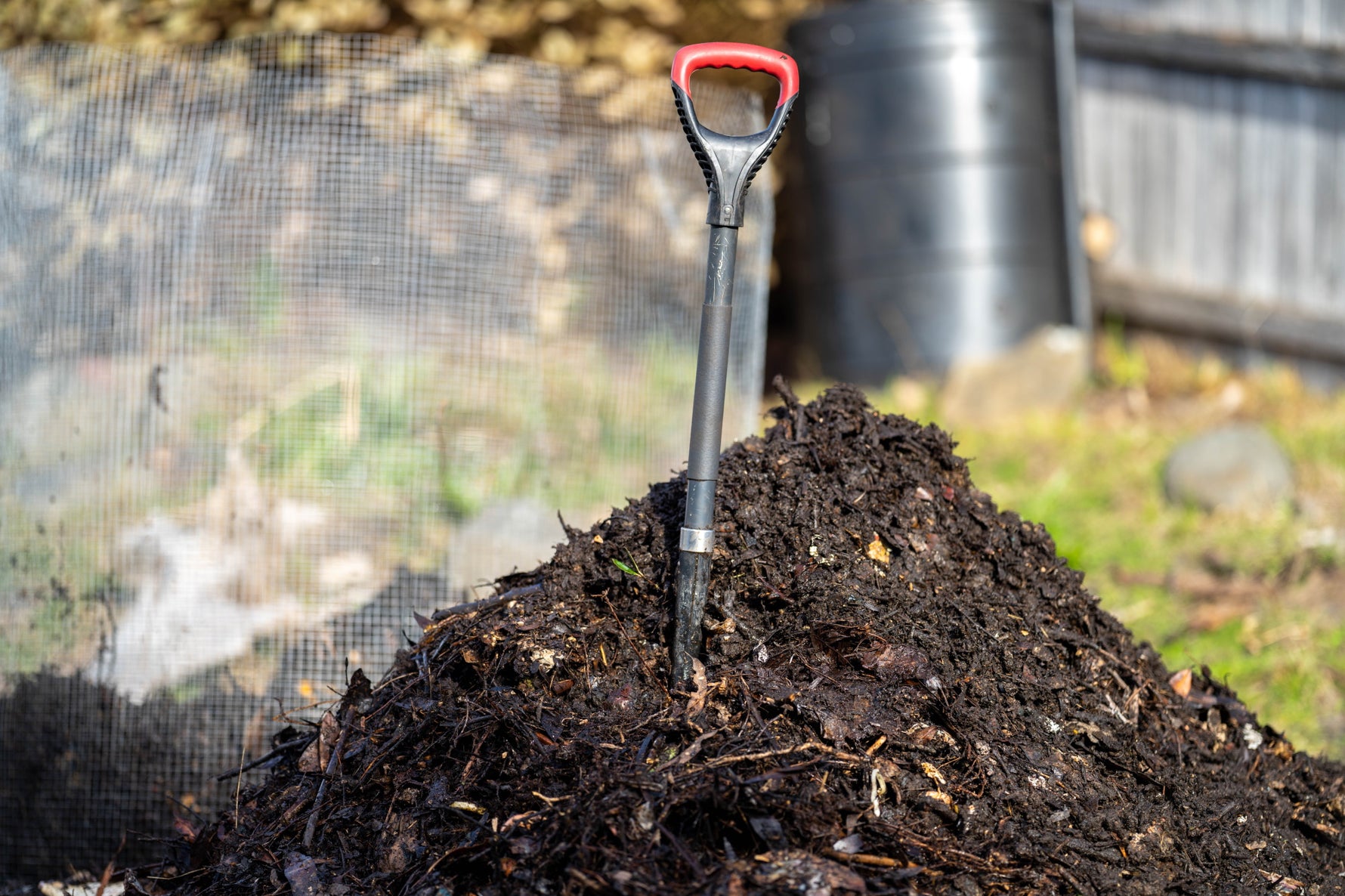119 products
119 products
Sort by:

Sweet Chestnut | Castanea sativa - 100-120cm - 12lt
£72.00
Unit price perSweet Chestnut | Castanea sativa - 100-120cm - 12lt
£72.00
Unit price perCastanea sativa, commonly known as the sweet chestnut tree, is a majestic and long-lived species native to Europe and parts of Asia Minor. Belonging to the Fagaceae family, it stands as a symbol of strength and resilience in many cultures, with its towering stature and deeply furrowed bark.
The leaves of Castanea sativa are distinctively long and lance-shaped, with serrated edges that give them a rough texture. During the spring and summer, the canopy is adorned with clusters of creamy-white flowers, which give way to spiky green husks containing the prized sweet chestnuts in autumn.
Sweet chestnuts, often referred to simply as "chestnuts," have been a staple food source for centuries, cherished for their rich, nutty flavor and versatile culinary applications. Whether roasted over an open fire, boiled and mashed into a creamy puree, or incorporated into hearty stews and stuffing recipes, chestnuts are celebrated in both sweet and savory dishes throughout the UK.
Beyond their culinary significance, sweet chestnut trees play a vital ecological role, providing habitat and sustenance for a diverse array of wildlife. Birds, such as blue tits and nuthatches, feast on the tree's seeds, while small mammals like squirrels rely on them as a seasonal food source.
Despite their resilience, sweet chestnut trees face threats from various pests and diseases, including chestnut blight and ink disease, which have impacted populations in some regions. Conservation efforts aim to preserve these iconic trees and their valuable genetic diversity for future generations to enjoy.
Olive Tree |Olea Europea - Specimen - Straight double branch - Trunk height 80cm - Height 200cm - Girth 56cm - 160lt
£890.00
Unit price perOlive Tree |Olea Europea - Specimen - Straight double branch - Trunk height 80cm - Height 200cm - Girth 56cm - 160lt
£890.00
Unit price perOlive Tree | Olea Europea - Specimen - Forking branches - Height 250 -300 cm - 280lt
£1,290.00
Unit price perOlive Tree | Olea Europea - Specimen - Forking branches - Height 250 -300 cm - 280lt
£1,290.00
Unit price perThis specimen has 90-100cm gnarly trunk which forks into a neat two brached tree with heavy top. Amount of foliage may vary depending on the season and prunning requirement.
Olea Europea is one of the world’s oldest cultivated plants with Mediterranean origin. It’s a wonderful, slow-growing, long-lived, evergreen tree of very attractive habit and spreading crown, with gnarled, twisted trunk and silvery foliage. The elliptic leaves are grey-green, silvery underneath. Tiny, fragrant, white flowers are followed by small, olive-rich, plum-like fruits, harvested when they are green or purple. Fruits are not edible directly from the tree, but after a special treatment. Common Olive grows best in fertile, loamy, moist, well-drained soils, in full sun, but can tolerate partial shade. Once established, it is drought-tolerant. It thrives in warm climates. If grown in colder areas, it should be planted in containers and brought inside during the winter. Generally, disease-free. Olea Europea is mostly grown for its tasteful fruits, but it is also an attractive-looking addition to urban, coastal, Mediterranean, or rock and gravel gardens. It is suitable for growing in pots and containers.
Olive Tree | Olea Europea - Specimen - Forking branches - Height 250 -300 cm - 280lt
£1,290.00
Unit price perOlive Tree | Olea Europea - Specimen - Forking branches - Height 250 -300 cm - 280lt
£1,290.00
Unit price perThis specimen has 90-100cm gnarly trunk which forks into a neat two brached tree with heavy top. Amount of foliage may vary depending on the season and prunning requirement.
Olea Europea is one of the world’s oldest cultivated plants with Mediterranean origin. It’s a wonderful, slow-growing, long-lived, evergreen tree of very attractive habit and spreading crown, with gnarled, twisted trunk and silvery foliage. The elliptic leaves are grey-green, silvery underneath. Tiny, fragrant, white flowers are followed by small, olive-rich, plum-like fruits, harvested when they are green or purple. Fruits are not edible directly from the tree, but after a special treatment. Common Olive grows best in fertile, loamy, moist, well-drained soils, in full sun, but can tolerate partial shade. Once established, it is drought-tolerant. It thrives in warm climates. If grown in colder areas, it should be planted in containers and brought inside during the winter. Generally, disease-free. Olea Europea is mostly grown for its tasteful fruits, but it is also an attractive-looking addition to urban, coastal, Mediterranean, or rock and gravel gardens. It is suitable for growing in pots and containers.
Olive Tree | Olea Europea - Specimen - Branched Out - Height 250 -300 cm - 280lt
£1,290.00
Unit price perOlive Tree | Olea Europea - Specimen - Branched Out - Height 250 -300 cm - 280lt
£1,290.00
Unit price perThis specimen has 90-100cm gnarly trunk which forks into a neat two brached tree with heavy top. Amount of foliage may vary depending on the season and prunning requirement.
Olea Europea is one of the world’s oldest cultivated plants with Mediterranean origin. It’s a wonderful, slow-growing, long-lived, evergreen tree of very attractive habit and spreading crown, with gnarled, twisted trunk and silvery foliage. The elliptic leaves are grey-green, silvery underneath. Tiny, fragrant, white flowers are followed by small, olive-rich, plum-like fruits, harvested when they are green or purple. Fruits are not edible directly from the tree, but after a special treatment. Common Olive grows best in fertile, loamy, moist, well-drained soils, in full sun, but can tolerate partial shade. Once established, it is drought-tolerant. It thrives in warm climates. If grown in colder areas, it should be planted in containers and brought inside during the winter. Generally, disease-free. Olea Europea is mostly grown for its tasteful fruits, but it is also an attractive-looking addition to urban, coastal, Mediterranean, or rock and gravel gardens. It is suitable for growing in pots and containers.
Olive Tree | Olea Europea - Specimen - Forking branches - Height 250 -300 cm - 280lt
£1,290.00
Unit price perOlive Tree | Olea Europea - Specimen - Forking branches - Height 250 -300 cm - 280lt
£1,290.00
Unit price perThis specimen has 90-100cm gnarly trunk which forks into a neat two brached tree with heavy top. Amount of foliage may vary depending on the season and prunning requirement.
Olea Europea is one of the world’s oldest cultivated plants with Mediterranean origin. It’s a wonderful, slow-growing, long-lived, evergreen tree of very attractive habit and spreading crown, with gnarled, twisted trunk and silvery foliage. The elliptic leaves are grey-green, silvery underneath. Tiny, fragrant, white flowers are followed by small, olive-rich, plum-like fruits, harvested when they are green or purple. Fruits are not edible directly from the tree, but after a special treatment. Common Olive grows best in fertile, loamy, moist, well-drained soils, in full sun, but can tolerate partial shade. Once established, it is drought-tolerant. It thrives in warm climates. If grown in colder areas, it should be planted in containers and brought inside during the winter. Generally, disease-free. Olea Europea is mostly grown for its tasteful fruits, but it is also an attractive-looking addition to urban, coastal, Mediterranean, or rock and gravel gardens. It is suitable for growing in pots and containers.
Olive Tree | Olea Europea - Specimen - Forking branches - Height 250 -300 cm - 280lt
£1,950.00
Unit price perOlive Tree | Olea Europea - Specimen - Forking branches - Height 250 -300 cm - 280lt
£1,950.00
Unit price perThis specimen has 90-100cm gnarly trunk which forks into a neat two brached tree with heavy top. Amount of foliage may vary depending on the season and prunning requirement.
Olea Europea is one of the world’s oldest cultivated plants with Mediterranean origin. It’s a wonderful, slow-growing, long-lived, evergreen tree of very attractive habit and spreading crown, with gnarled, twisted trunk and silvery foliage. The elliptic leaves are grey-green, silvery underneath. Tiny, fragrant, white flowers are followed by small, olive-rich, plum-like fruits, harvested when they are green or purple. Fruits are not edible directly from the tree, but after a special treatment. Common Olive grows best in fertile, loamy, moist, well-drained soils, in full sun, but can tolerate partial shade. Once established, it is drought-tolerant. It thrives in warm climates. If grown in colder areas, it should be planted in containers and brought inside during the winter. Generally, disease-free. Olea Europea is mostly grown for its tasteful fruits, but it is also an attractive-looking addition to urban, coastal, Mediterranean, or rock and gravel gardens. It is suitable for growing in pots and containers.
Olive Tree Picual | Olea Europea - Girth 30-36cm - Clear Stem 50-80cm - Height 250-300cm - 70lt
£520.00
Unit price perOlive Tree Picual | Olea Europea - Girth 30-36cm - Clear Stem 50-80cm - Height 250-300cm - 70lt
£520.00
Unit price perWisteria Sinensis| Chinese wisteria ' - Cane - 350-380cm - 18lt
£190.00
Unit price perWisteria Sinensis| Chinese wisteria ' - Cane - 350-380cm - 18lt
£190.00
Unit price perWisteria sinensis 'Prolific' is a popular and stunning climbing shrub that is renowned for its abundant, fragrant, and long-lasting blooms. This deciduous plant belongs to the Fabaceae family and is native to China, but it is widely cultivated around the world for its beauty and versatility.
The 'Prolific' variety of Wisteria sinensis is named for its exceptionally abundant blooms, which appear in late spring or early summer in drooping clusters that can reach up to 30cm in length. Each individual flower is about 2cm long and features a delicate and enchanting fragrance that can fill the air. The flowers can range in color from soft lilac to deep violet, depending on the cultivar.
The leaves of the Wisteria sinensis 'Prolific' are light green and oval-shaped, with a pointed tip and a slightly hairy surface. The plant is a vigorous climber that can reach up to 9 meters in height and spread up to 5 meters in width. It is best trained to grow on trellises, walls, or other supports to showcase its beautiful blooms.
Wisteria sinensis 'Prolific' prefers full sun or partial shade and well-drained, fertile soil. It requires regular pruning to control its growth and encourage blooming. The plant is relatively low maintenance and can tolerate moderate drought conditions once established.
Persian Ironwood | Parrotia persica - Bushy, semi-mature - Height 330-350cm - 70lt
£370.00
Unit price perPersian Ironwood | Parrotia persica - Bushy, semi-mature - Height 330-350cm - 70lt
£370.00
Unit price perOlive Tree - Standard | Olea Europea - Clear Stem - Girth 26-32cm - Height 310-350cm - 230lt
£1,980.00
Unit price perOlive Tree - Standard | Olea Europea - Clear Stem - Girth 26-32cm - Height 310-350cm - 230lt
£1,980.00
Unit price perAcer palmatum 'Garnet' | Garnet Japanese Maple - Girth 34cm - 350-360cm - 600lt
£5,550.00
Unit price perAcer palmatum 'Garnet' | Garnet Japanese Maple - Girth 34cm - 350-360cm - 600lt
£5,550.00
Unit price perAlnus Cordata - Alder tree - Height 280-300cm - 30lt
£260.00
Unit price perAlnus Cordata - Alder tree - Height 280-300cm - 30lt
£260.00
Unit price perAlnus cordata, commonly known as the Italian alder, is a medium to large deciduous tree native to southern Italy and parts of Corsica. It belongs to the Betulaceae family and is highly valued for its ability to thrive in poor soils and challenging environmental conditions. This species is often planted for ornamental purposes, soil improvement, and as a windbreak due to its robust growth and adaptability.
The tree can reach heights of up to 25-30 metres (82-98 feet) with a trunk diameter of about 1 metre (3.3 feet). It has a relatively narrow, conical crown, which makes it an attractive choice for landscaping in urban and rural environments. The bark is smooth and greyish-brown when young, developing shallow fissures with age.
Alnus cordata is noted for its distinctive heart-shaped (cordate) leaves, which are bright green and glossy, measuring 7-12 cm in length. Unlike some other alders, the leaves of A. cordata remain on the tree until late autumn, giving it an extended season of greenery. In spring, it produces small, inconspicuous catkins, with male catkins being pendulous and yellowish, and female catkins more compact and upright. These develop into small, woody cones that persist on the tree through winter.
One of the key characteristics of Alnus cordata is its nitrogen-fixing ability. Like other alders, it forms a symbiotic relationship with the bacterium Frankia, which allows it to fix atmospheric nitrogen into the soil. This quality makes it an excellent species for improving soil fertility, particularly in degraded or nutrient-poor areas.
Overall, the Italian alder is a resilient and versatile tree, well-suited to a variety of landscapes, including wet or compacted soils, and is an important species for ecological restoration projects.
Alnus Incana - Grey Alder tree - Clear Stem - Standard - Girth 12-14cm - Height 380-400cm - 70lt
£390.00
Unit price perAlnus Incana - Grey Alder tree - Clear Stem - Standard - Girth 12-14cm - Height 380-400cm - 70lt
£390.00
Unit price perAlnus incana, commonly known as grey alder, is a deciduous tree belonging to the birch family, Betulaceae. Native to Europe, Asia, and North America, it is a resilient species often found in riparian zones, wetlands, and areas with moist soils. This medium-sized tree typically grows to heights of 15 to 25 metres, with a slender trunk and smooth, greyish-brown bark, which often develops fine fissures with age.
The leaves of Alnus incana are oval to elliptic in shape, measuring 5 to 10 centimetres in length. They are characterised by their serrated margins and a dark green upper surface, with a paler, slightly downy underside, giving them a distinct two-tone appearance. The leaves emerge in early spring and typically turn yellow before falling in autumn.
Grey alder is monoecious, meaning that both male and female reproductive structures are found on the same tree. The male catkins, which are long and pendulous, appear in early spring before the leaves, while the smaller, more upright female catkins develop into woody cones that persist on the tree through the winter. These cones release small winged seeds, which are dispersed by wind and water.
One of the notable features of Alnus incana is its ability to fix nitrogen through a symbiotic relationship with the bacterium *Frankia*. This allows it to thrive in nutrient-poor soils and contribute to soil fertility, making it a valuable species for land restoration and erosion control.
Grey alder is often planted in landscaping and reforestation projects, particularly in areas prone to flooding or soil degradation. Its rapid growth, hardiness, and ecological benefits make it an important species in maintaining the health of wetland ecosystems.
Sorbus thuringiaca ‘Fastigiata’, also known as the Thuringian Whitebeam or Fastigiate Whitebeam, is a deciduous tree belonging to the Rosaceae family. This attractive ornamental tree is known for its upright, columnar growth habit, making it a popular choice for gardens, parks, and urban landscapes where space is limited. It typically reaches a height of 6 to 10 metres, with a spread of 3 to 4 metres.
The foliage of Sorbus thuringiaca ‘Fastigiata’ is particularly striking. The leaves are ovate to elliptic, with deep lobes, and have a greyish-green colour on the upper side, while the underside is covered in silvery-white hairs, giving the tree a distinctive two-toned appearance. In autumn, the leaves turn a beautiful shade of yellow to orange, adding seasonal interest.
In spring, the tree produces small clusters of creamy-white flowers, which attract pollinators such as bees and butterflies. These flowers give way to small, round, red or orange berries in late summer to early autumn. The berries are a valuable food source for birds and other wildlife, making the tree beneficial for biodiversity.
Sorbus thuringiaca ‘Fastigiata’ is relatively low-maintenance and tolerant of various soil types, although it prefers well-drained, fertile soil. It can thrive in full sun to partial shade and is hardy in most parts of the UK, withstanding frost and occasional drought. Due to its upright form, it is an excellent choice for formal gardens, avenue planting, or as a focal point in smaller spaces.
This tree's combination of aesthetic appeal, wildlife benefits, and ease of care makes it a versatile and valuable addition to both private gardens and public green spaces.
Showing 72/119


